As more than 4,700 Black Lives Matter protests took place in the wake of George Floyd’s murder at the hands of a police officer in June, the Black Violets, a student-led advocacy group at NYU, created a petition requesting on-campus housing that provides Black-identifying students with a space to celebrate Black culture and find community and support. In late July, University Spokesman John Beckman stated that NYU Residential Life staff was working with the authors of the petition to see how they could best achieve their goal of creating a safe space for Black students on campus.
More than a month after WSN published a story regarding the petition, conservative publications The Post Millennial and The Federalist printed articles criticizing NYU for approving “racially segregated” housing. The World Socialist Website also published a story calling the petition “vile”, and soon after critics took to Twitter to express their distaste for the petition. By deeming the Black Violets’ call for a space for Black students “segregation,” these arguments equate the creation of a space for a marginalized group with the subjugation of Black individuals in America under Jim Crow laws.
NYU has not agreed to provide housing only designed for students of one race, contrary to the claims made in several articles. Instead, NYU has moved to implement a themed engagement community celebrating Black culture in residence halls. Themed engagement communities are a longstanding tradition in NYU dorms where students can apply to live on a floor centered around a common interest or theme. Existing engagement communities include one for First Generation students, one for international students and another for students passionate about French culture. Establishing spaces for various student populations to connect around commonalities is not a new practice at NYU — the only difference now is that NYU is committing to providing Black students with that space.
Calling themed engagement communities “segregation” — a term heavily associated with the creation of white-only spaces under Jim Crow laws — overlooks the oppression Black individuals suffered under legitimate segregation and the institutional racism that persists today. Under Jim Crow, Black individuals were not only segregated; they were kept from voting due to literacy tests, poll taxes and grandfather clauses, barred from testifying in court or serving on juries and from renting or buying property. This system was on top of centuries of additional oppression, dehumanization and enslavement dating back to the 1600s.
But maybe it isn’t all that surprising that the World Socialist Website deemed the Black Violets’ petition segregation — after all, when the New York Times launched the 1619 Project — an initiative focused on reframing America’s narrative around the consequences of slavery and contributions of Black Americans — the WSWS published a series of articles attacking the project for promoting a “race-based world view” in line with that of the Nazis. This comparison of a project intended to explore the consequences of slavery and Black oppression to Nazism suggests that a marginalized group reclaiming their long-erased history and a totalitarian system of beliefs looking to assert racial purity are the same.
It’s also important to note that while Jim Crow laws might be behind us on paper, institutional racism persists. Black men are 2.5 times more likely to be killed by the police than white men and legitimate segregation still exists, though not by law: today, nearly one-fifth of public schools in America have almost no children of color, according to the Civil Rights Project at UCLA.
White people have never experienced anything remotely close to systemic racism. While groups of white people have experienced discrimination in the past — like the Irish in the 1800s — there have never been laws put in place to oppress white people as a whole. In fact, anti-Irish sentiments were largely rooted in opposition to their Roman Catholic faith, and Irish immigrants were able to move up the socioeconomic ladder in America by oppressing Black people. Because of this, white people do not need a supportive space in residence halls the way that Black students do. By creating a space for marginalized students in residence halls NYU is not segregating dorms, but providing Black students with a supportive place within an institution where they represent just over 10% of the previous year’s incoming class.
Claiming that white people are being segregated when Black students request a space where they can feel safe and supported not only misrepresents the reality of what NYU is doing, but overlooks the institutional racism that leads Black students to need a supportive space in the first place. There is a difference between a privileged group oppressing another group of people by excluding them from spaces due to race and a marginalized community asking for a space where they can find support. The argument that this is segregation only further shows that the nuances and history of systemic racism are still being completely, if not willfully ignored by many.
If any student, in particular any BIPOC student, wishes to speak about their own experiences with student housing at NYU, please reach out to [email protected] to share your experience privately or to [email protected] to see how you can share your experience in our publication, if desired.
A version of this article appeared in the Monday, August 31, 2020 e-print edition. Email the Editorial Board at [email protected].

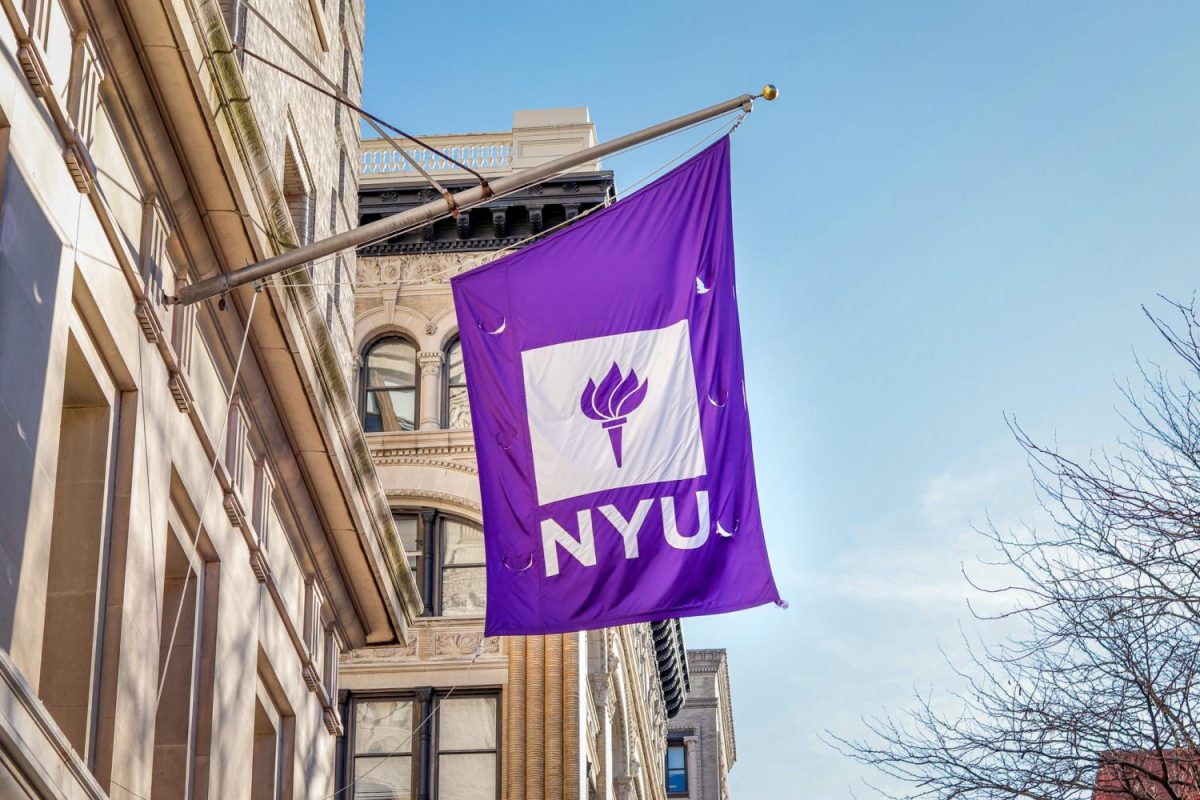

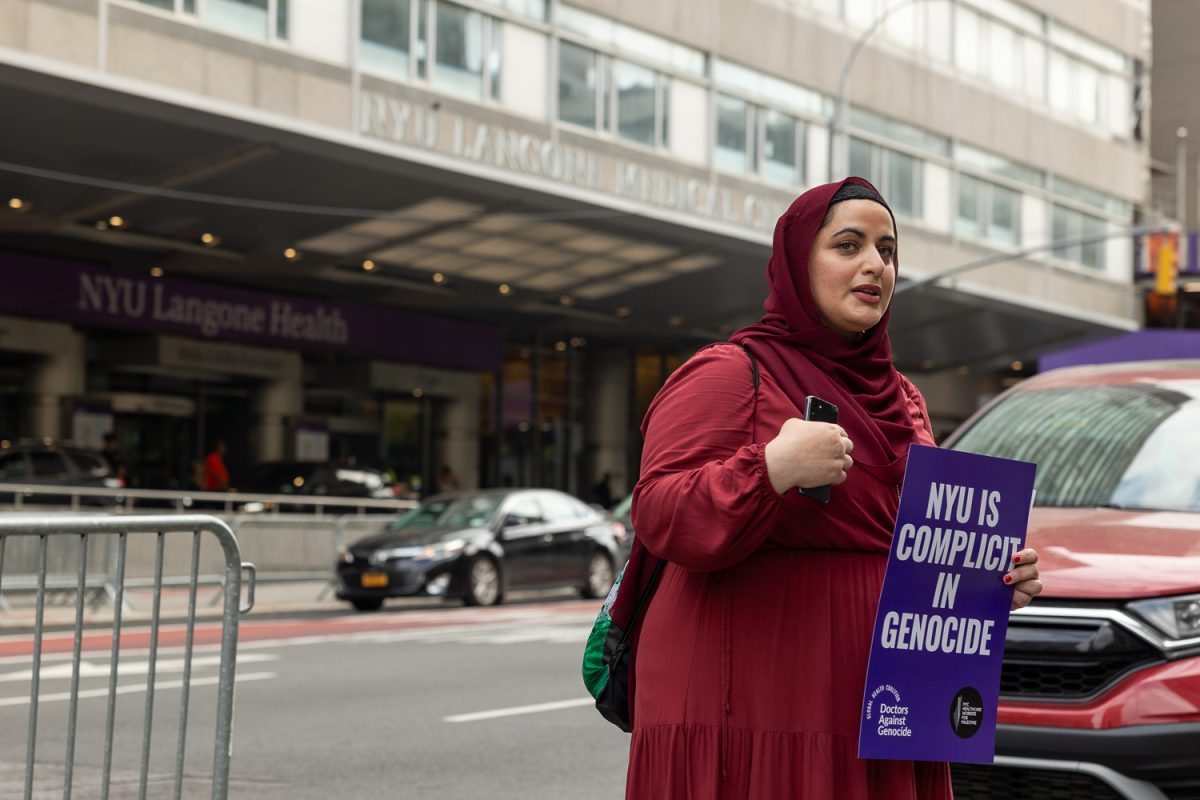

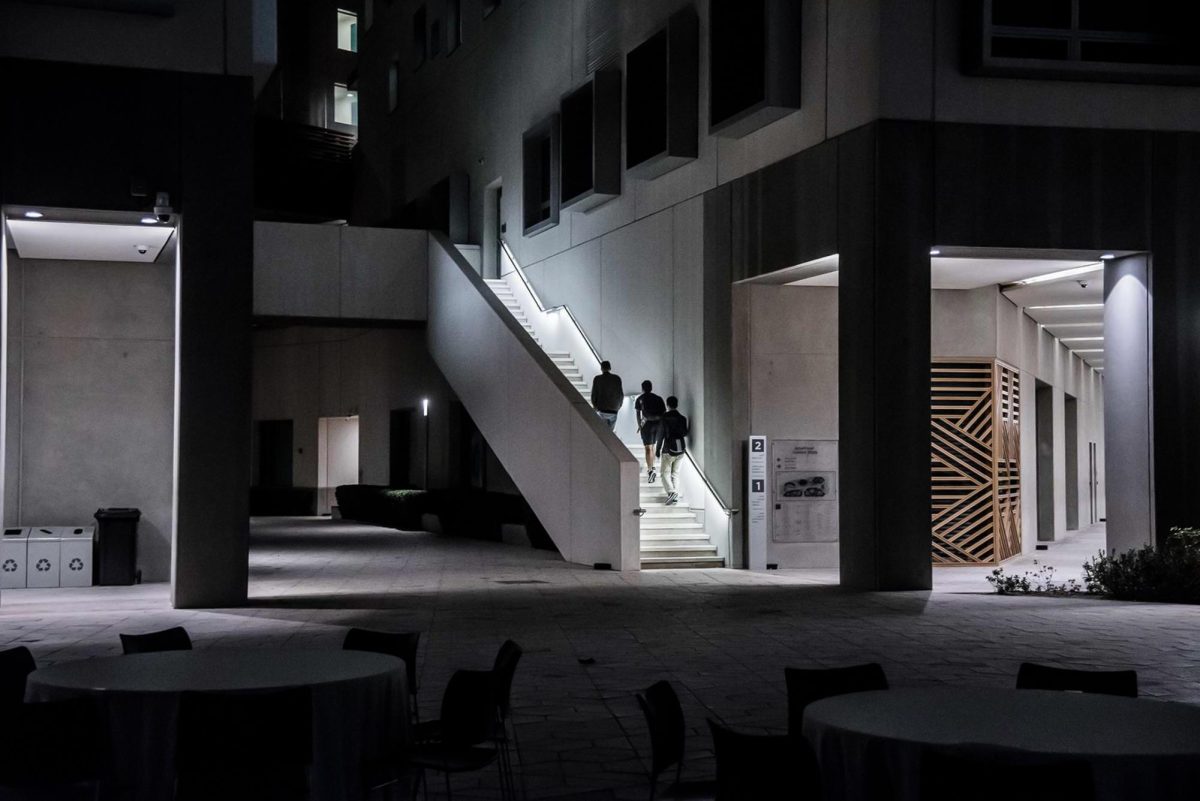
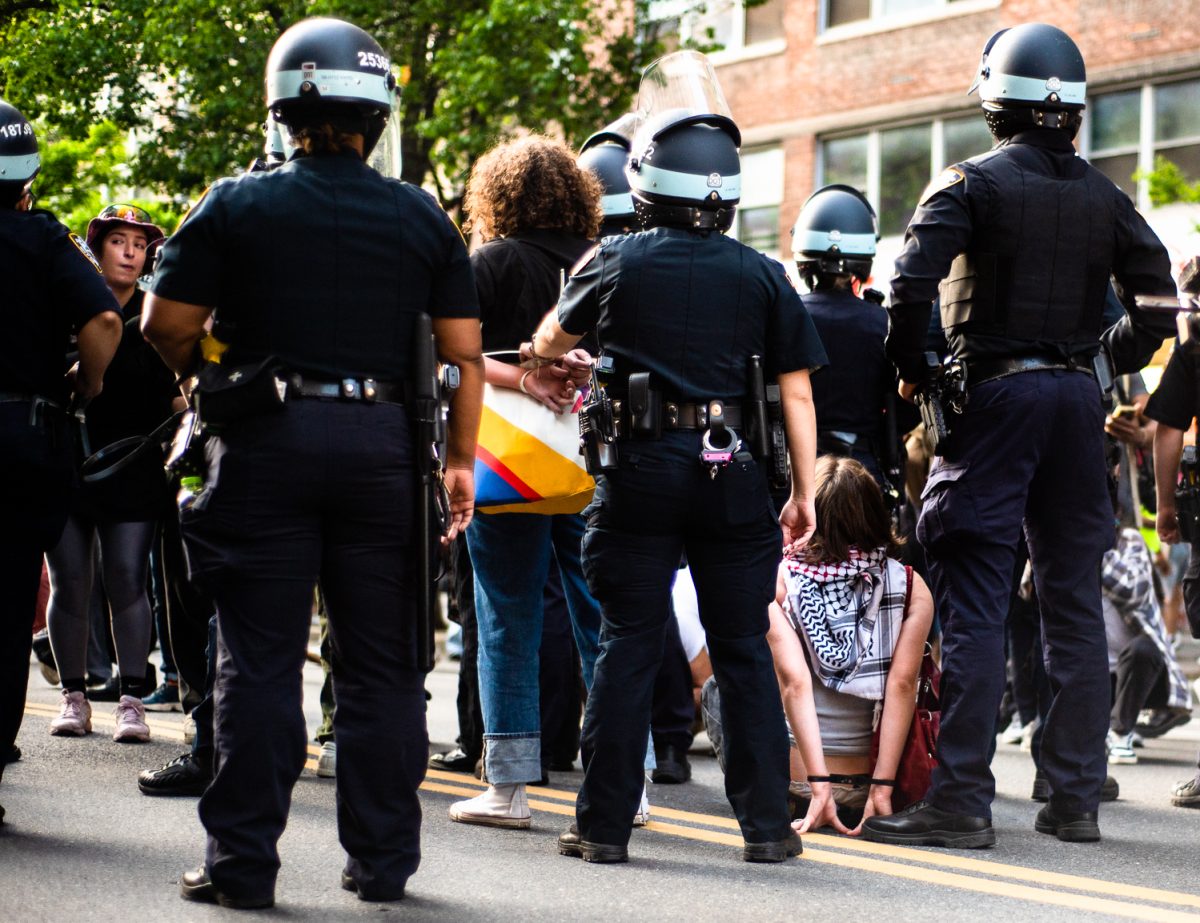
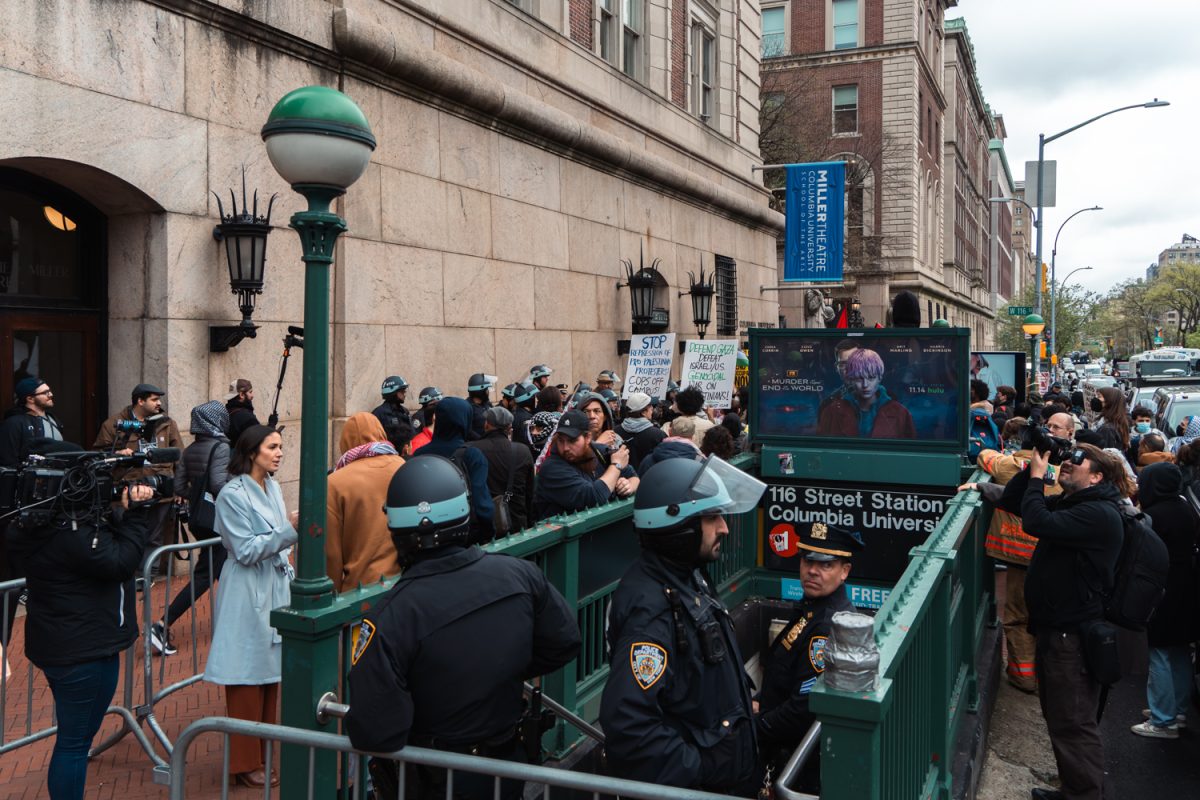
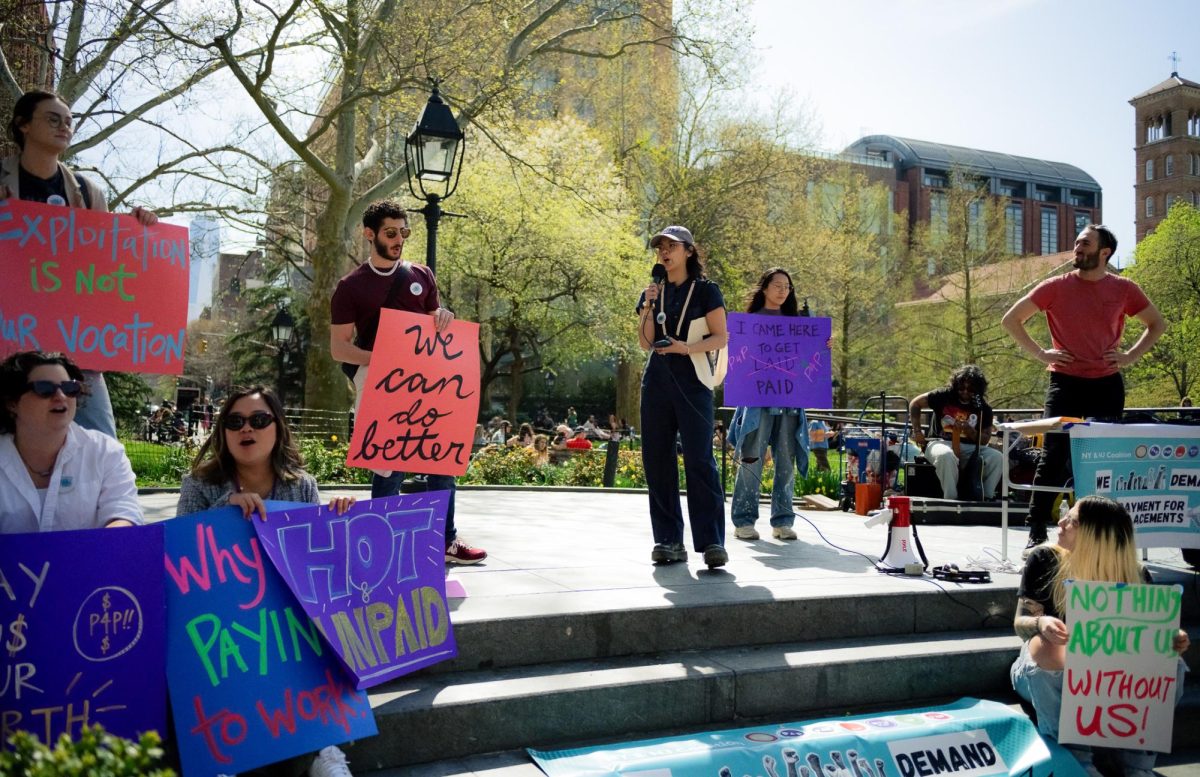

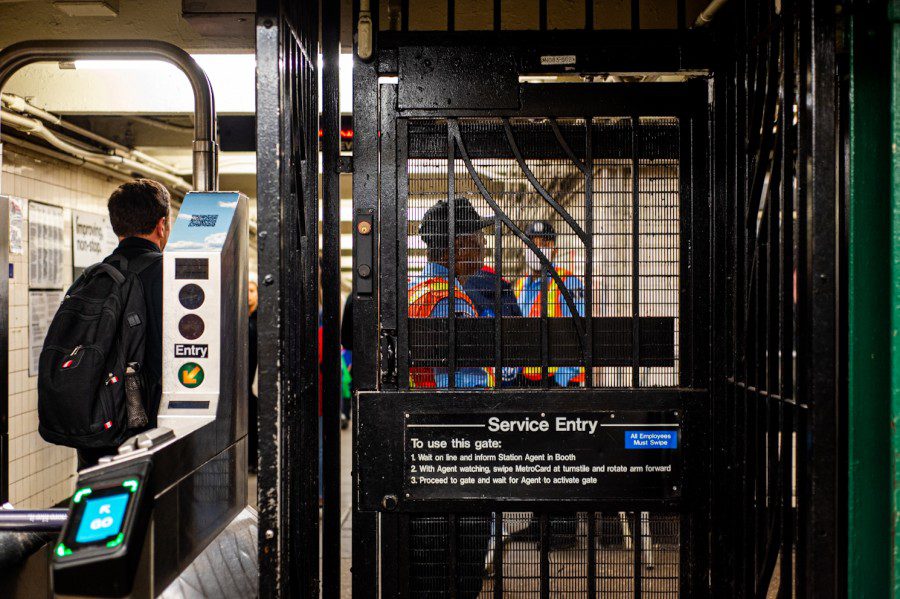
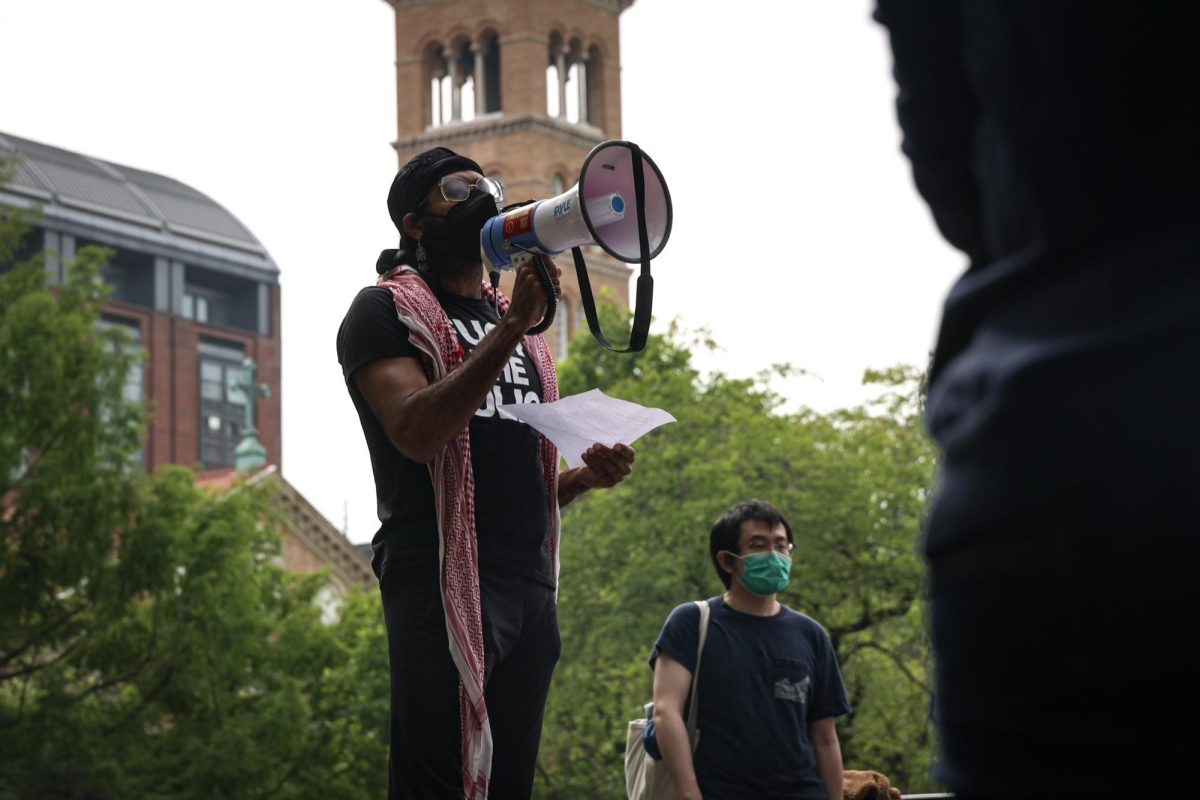
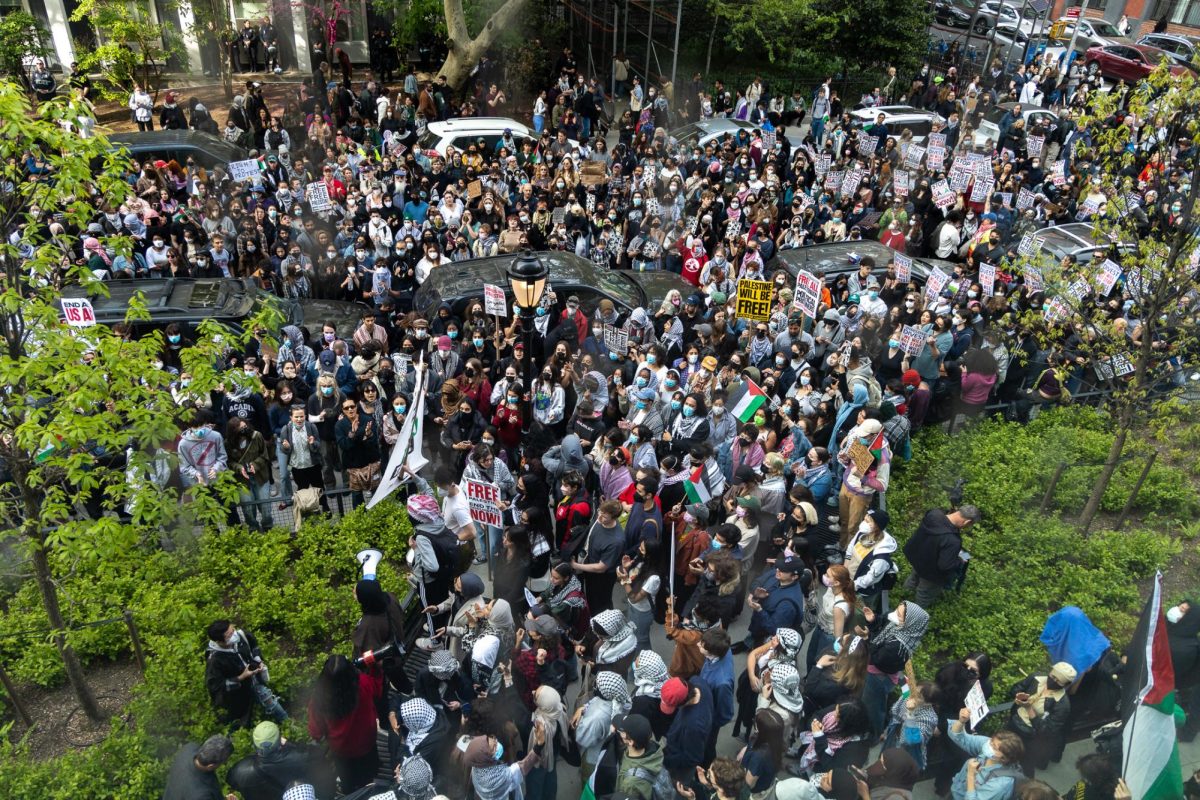
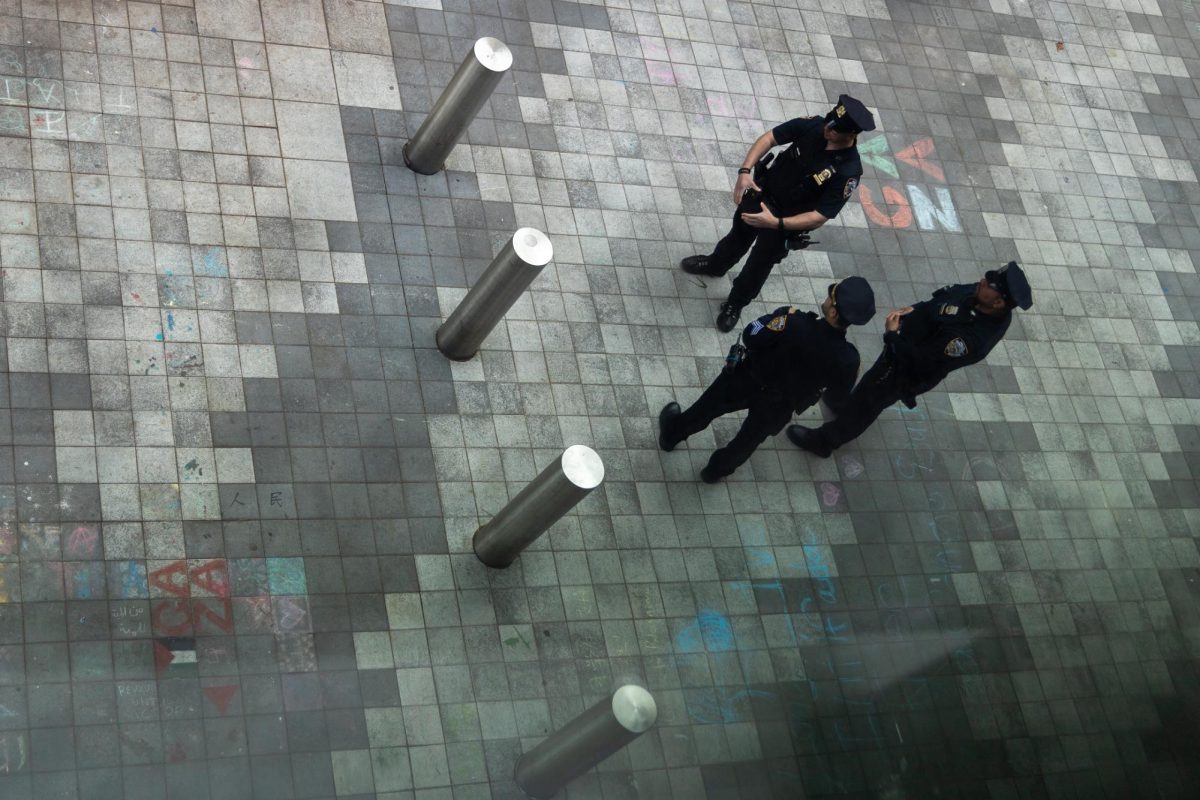
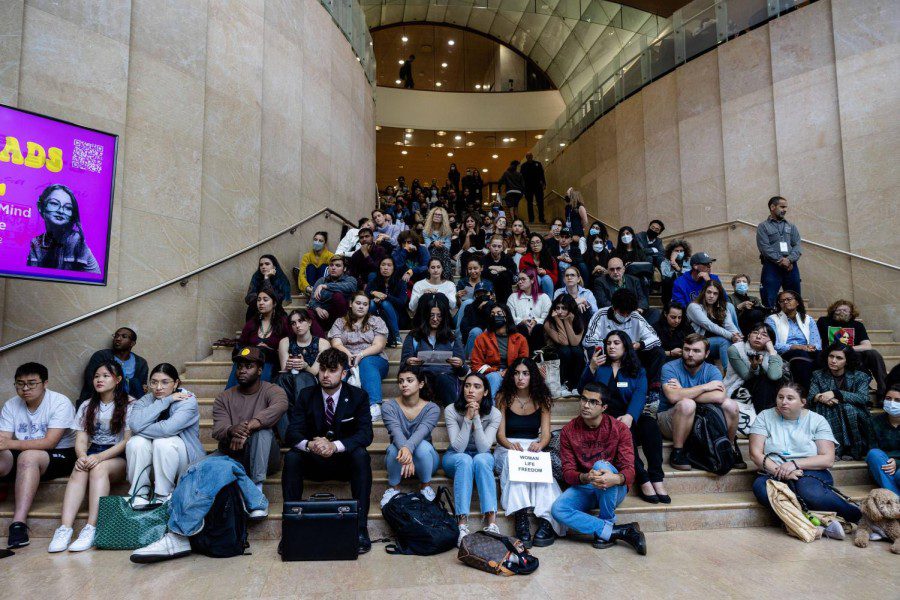
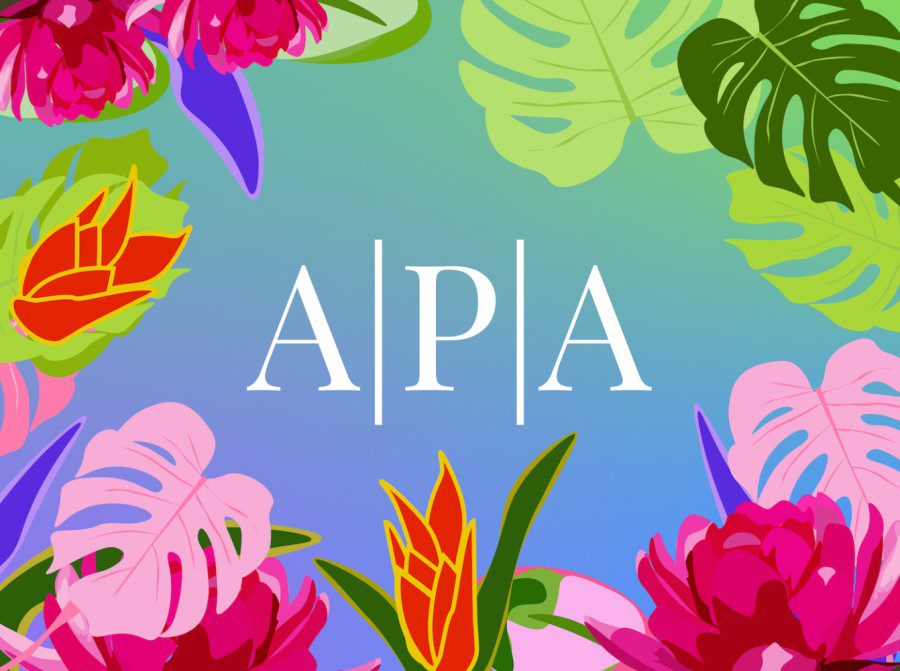
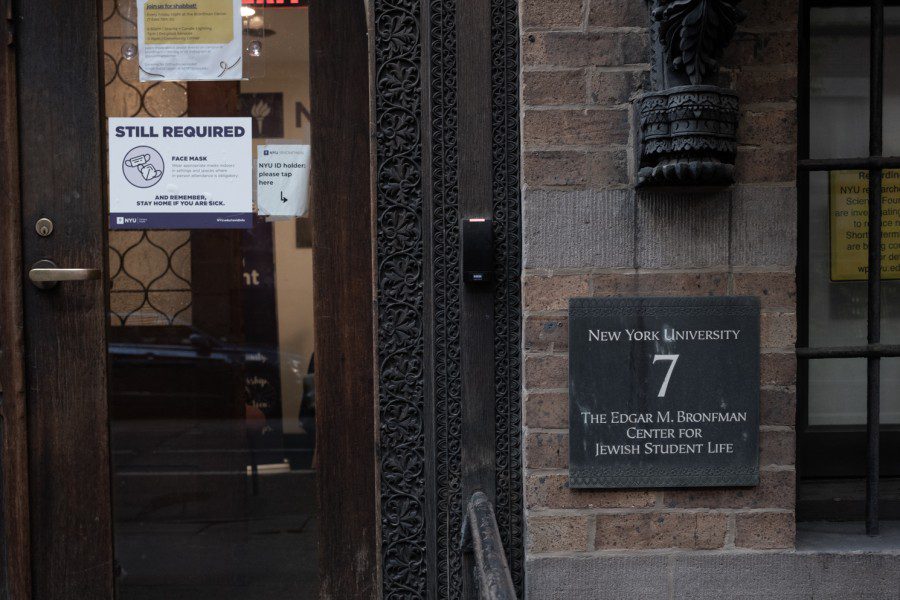
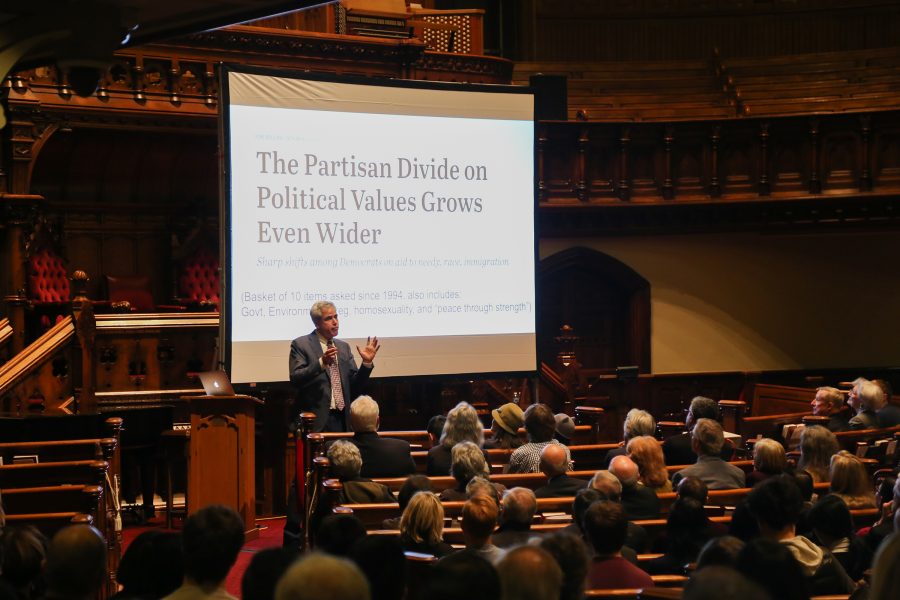

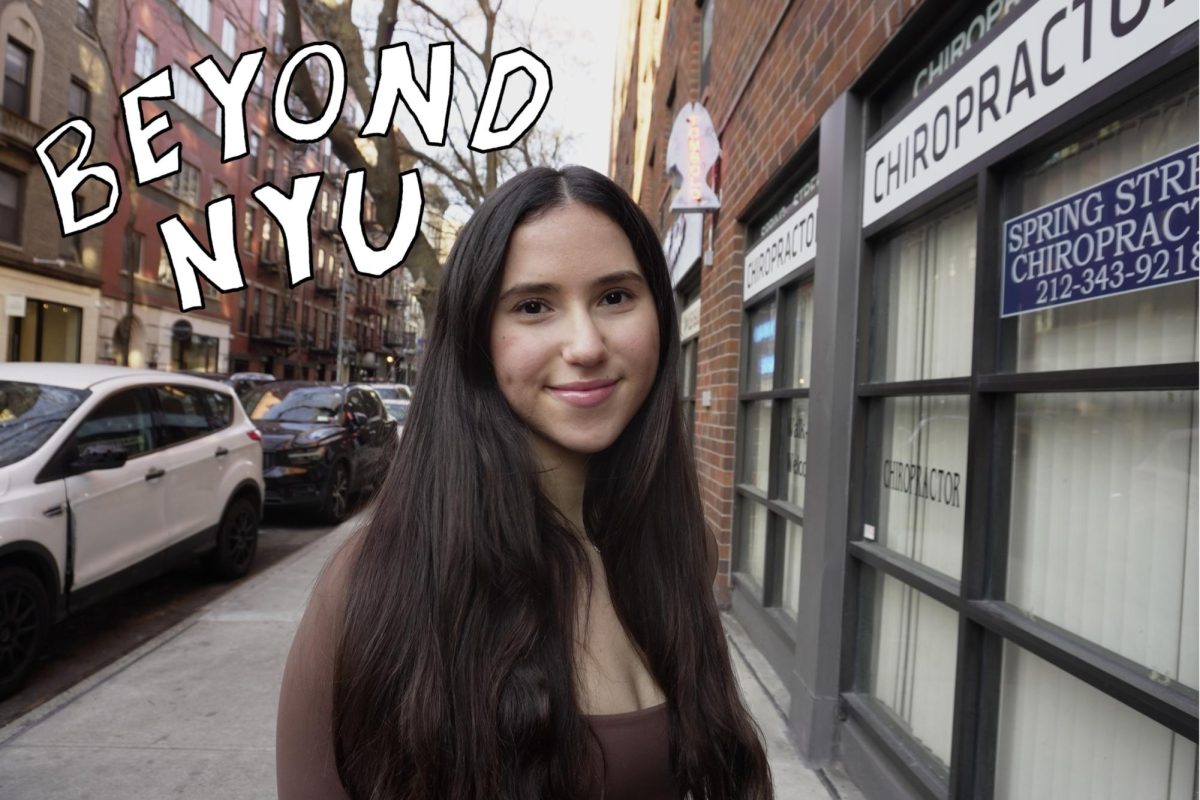
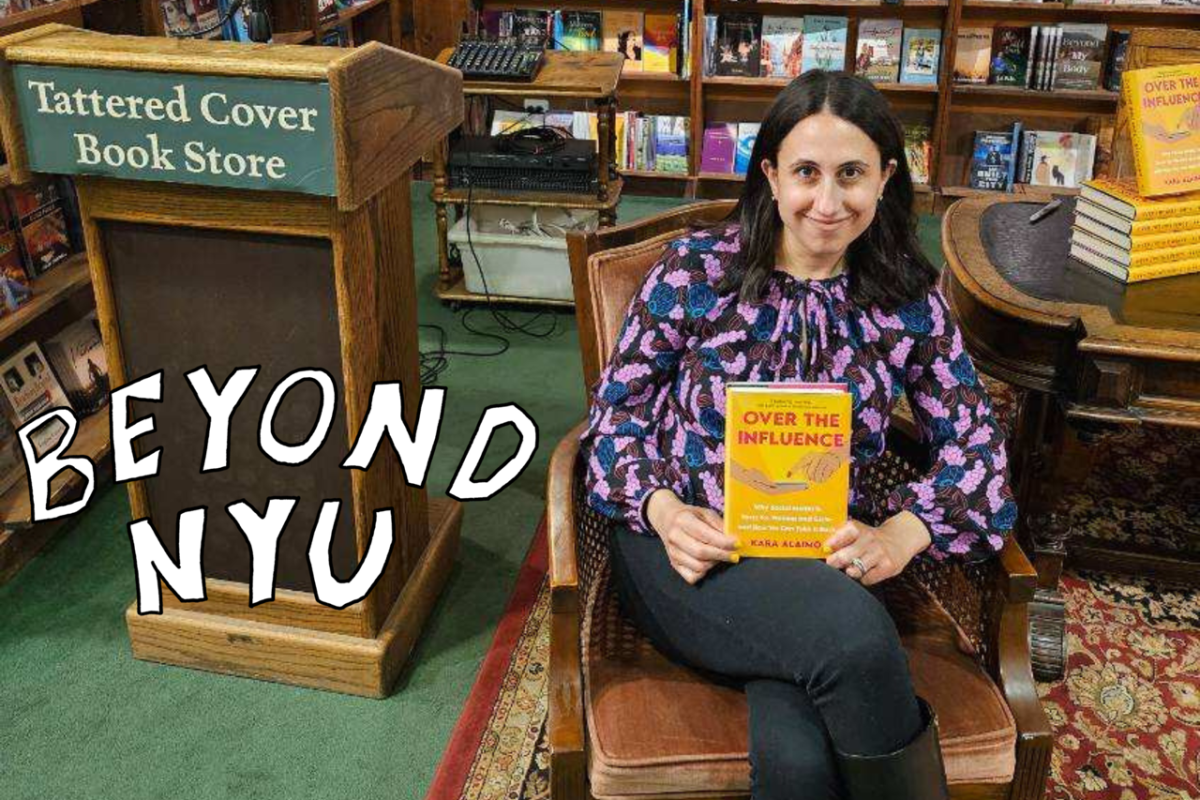
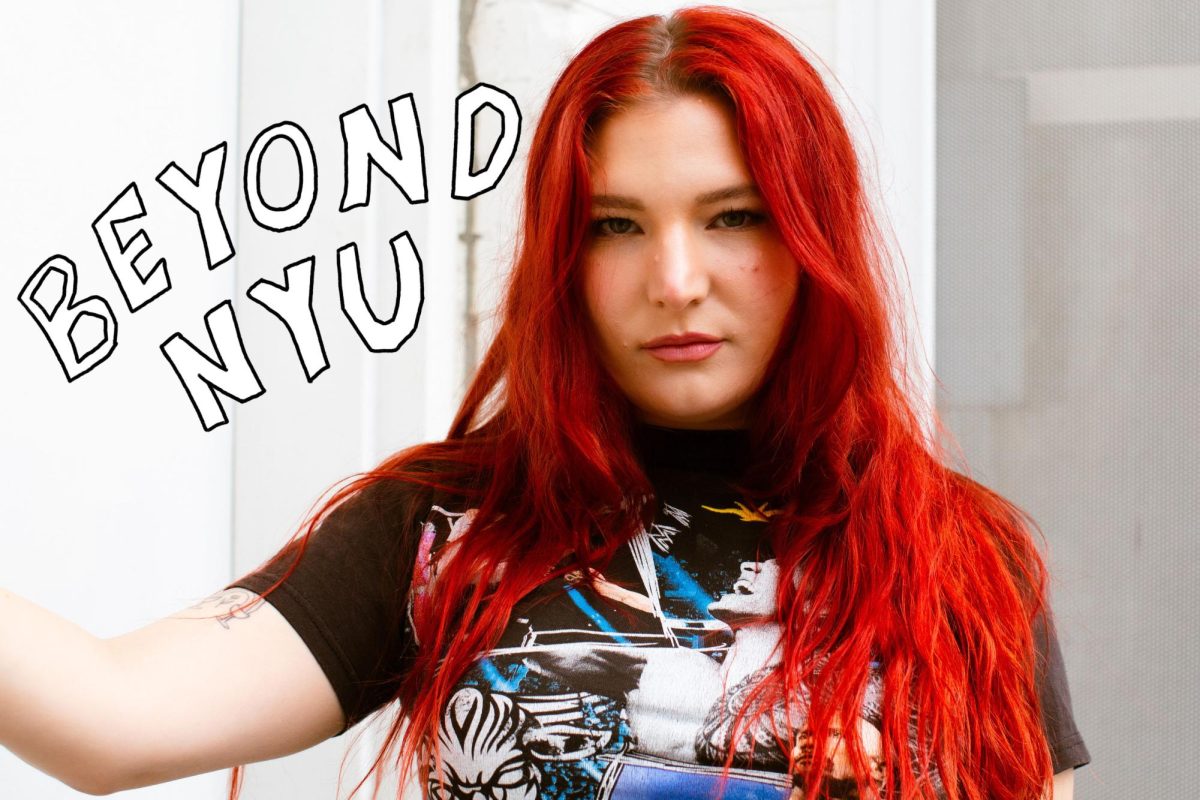

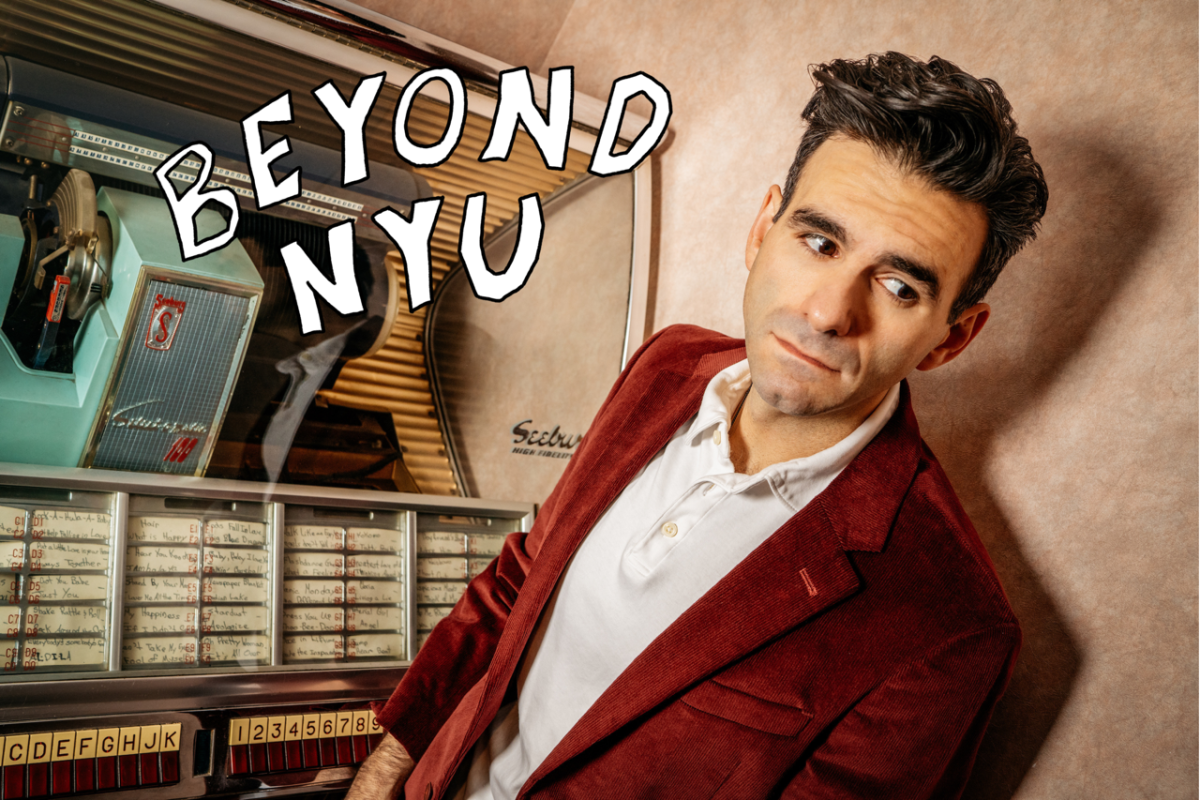
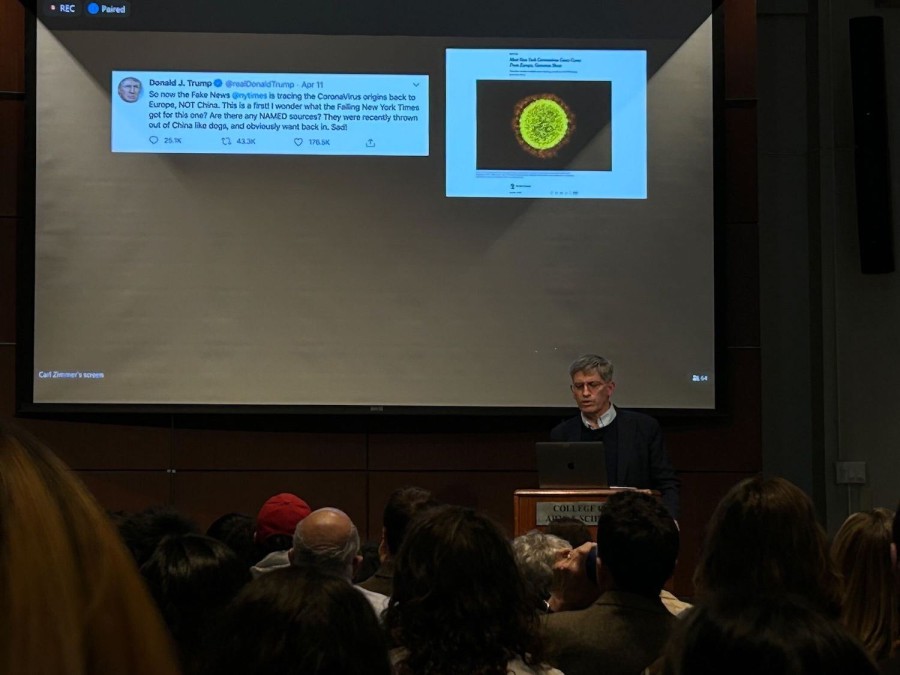


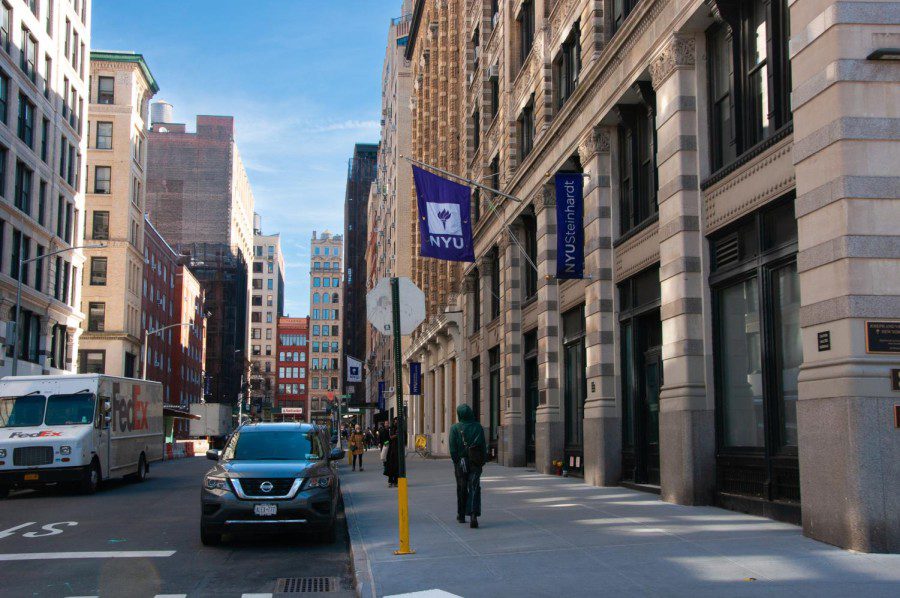
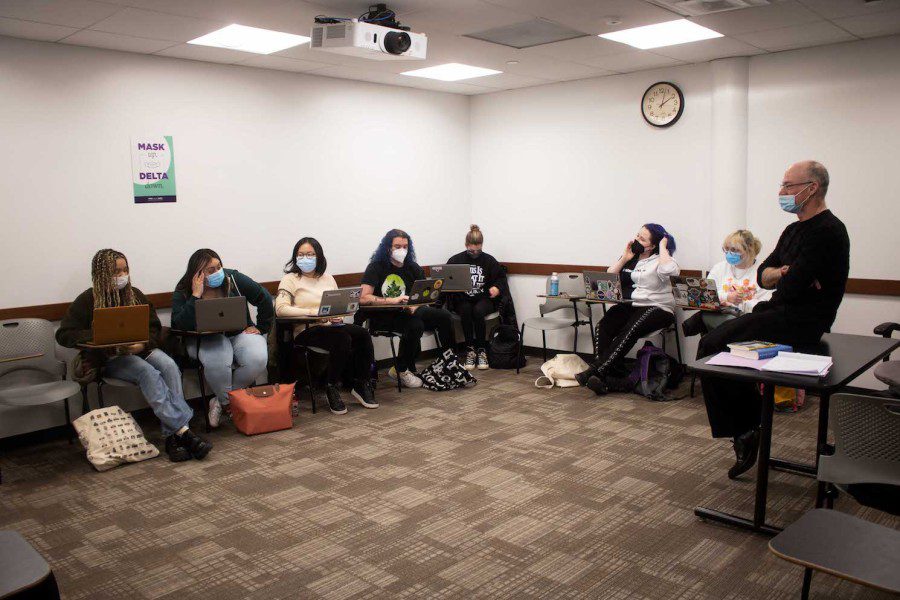
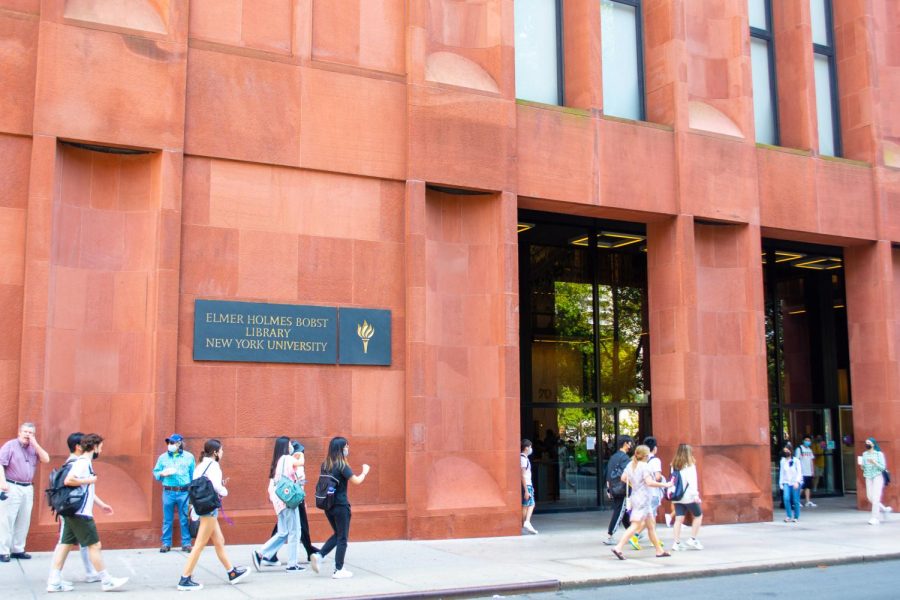

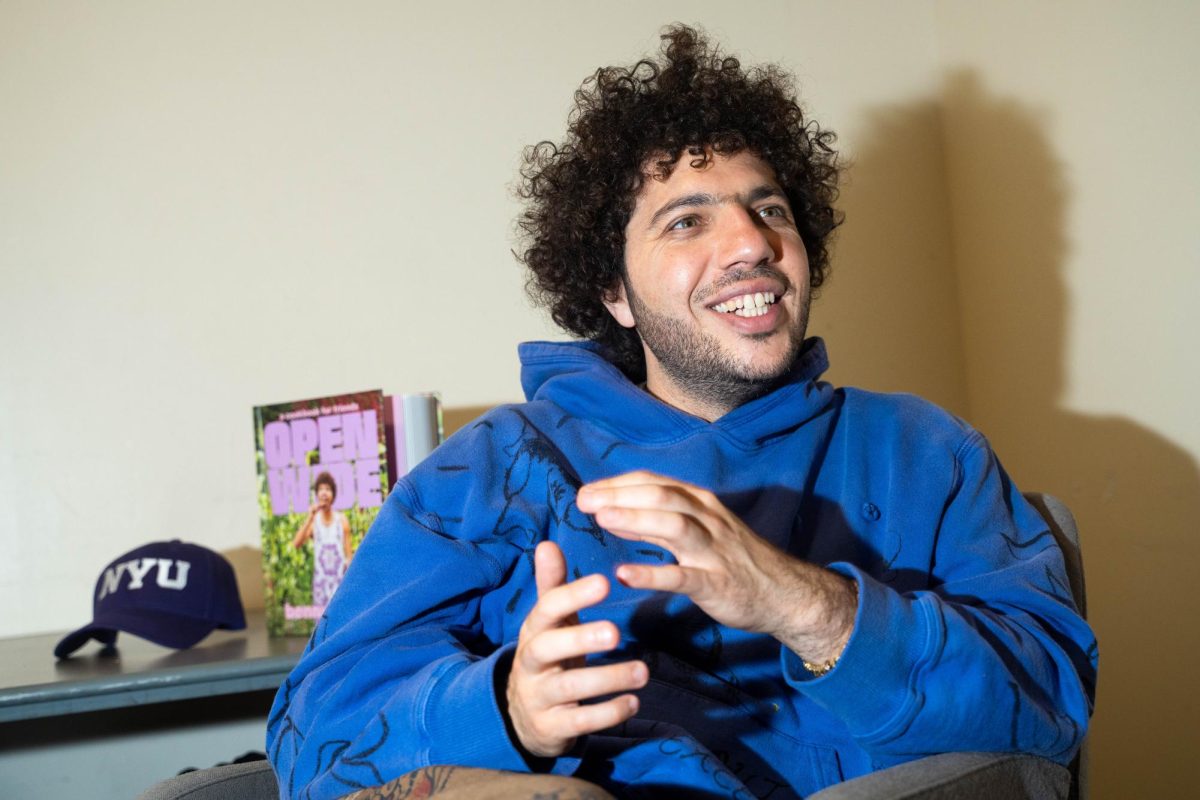
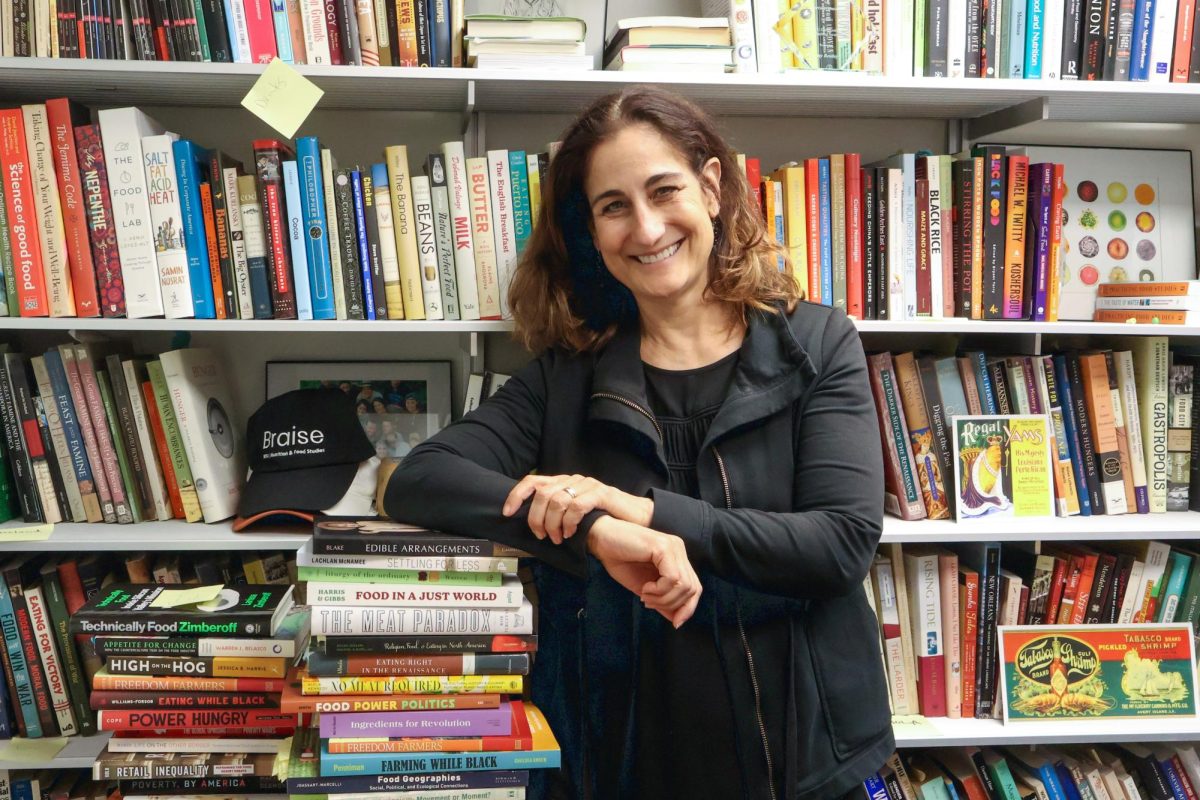

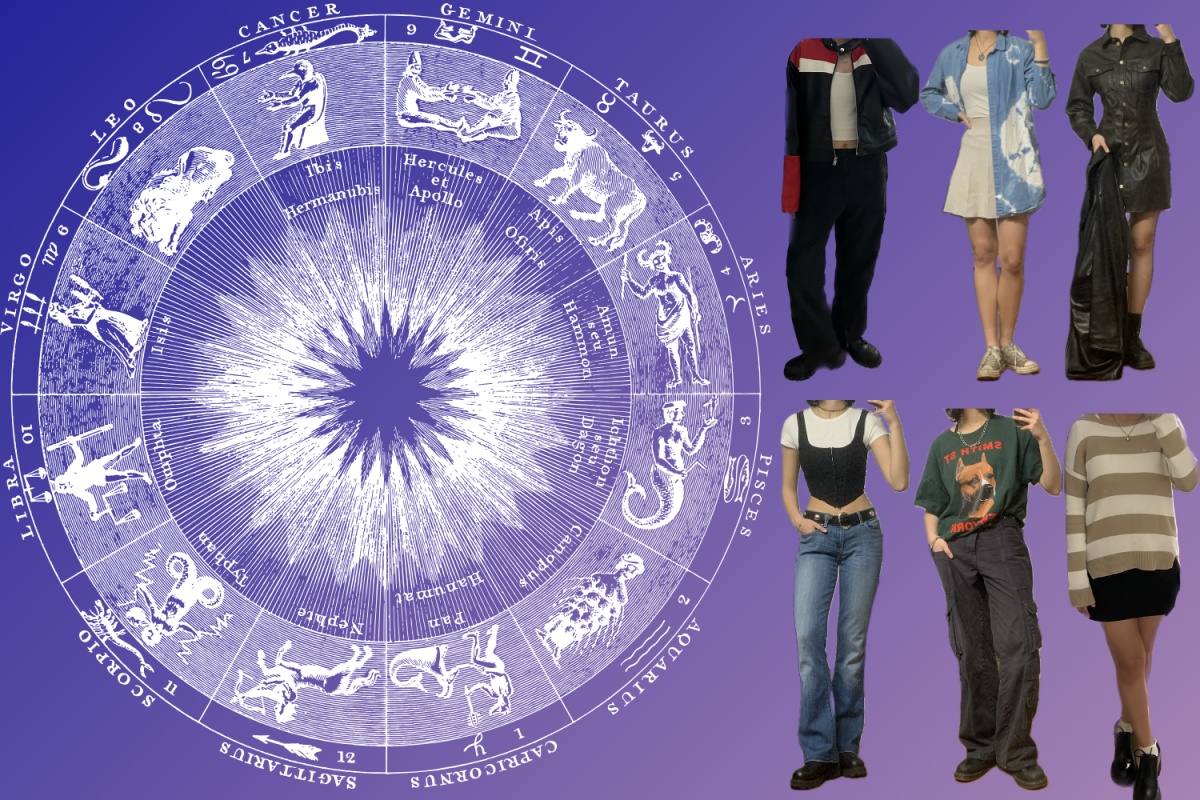
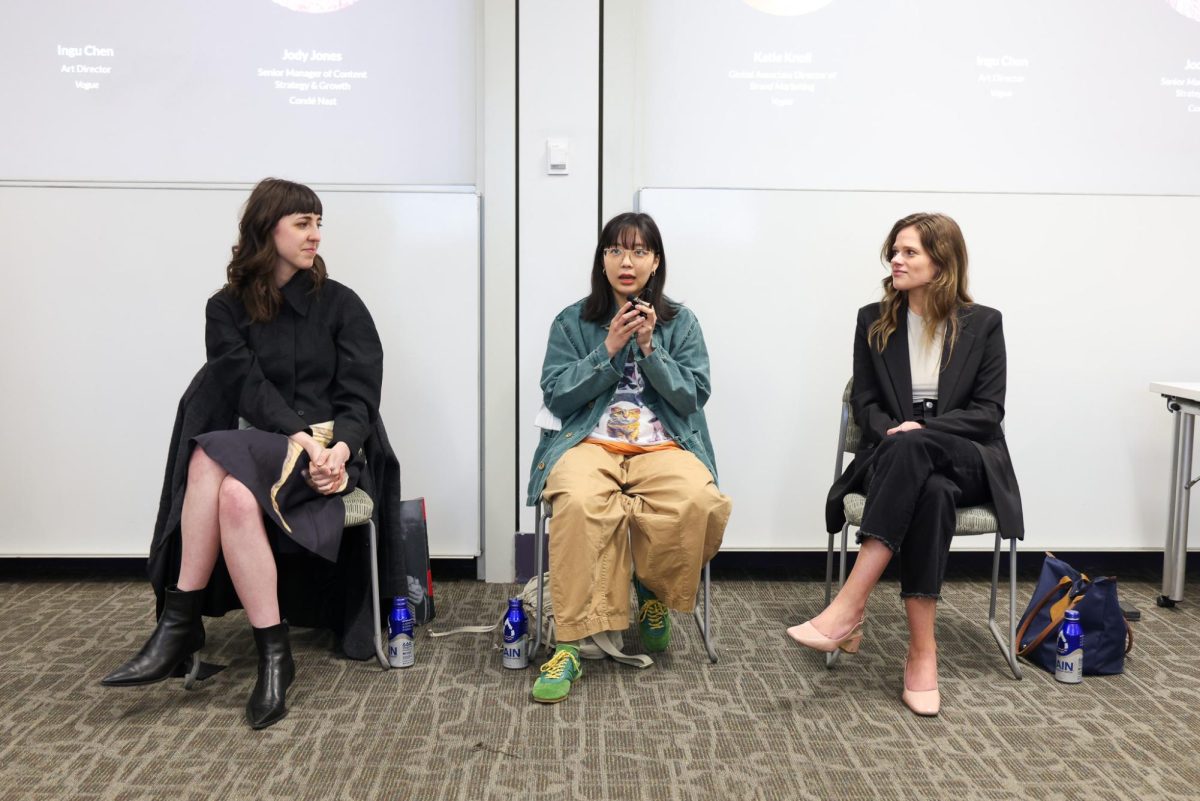




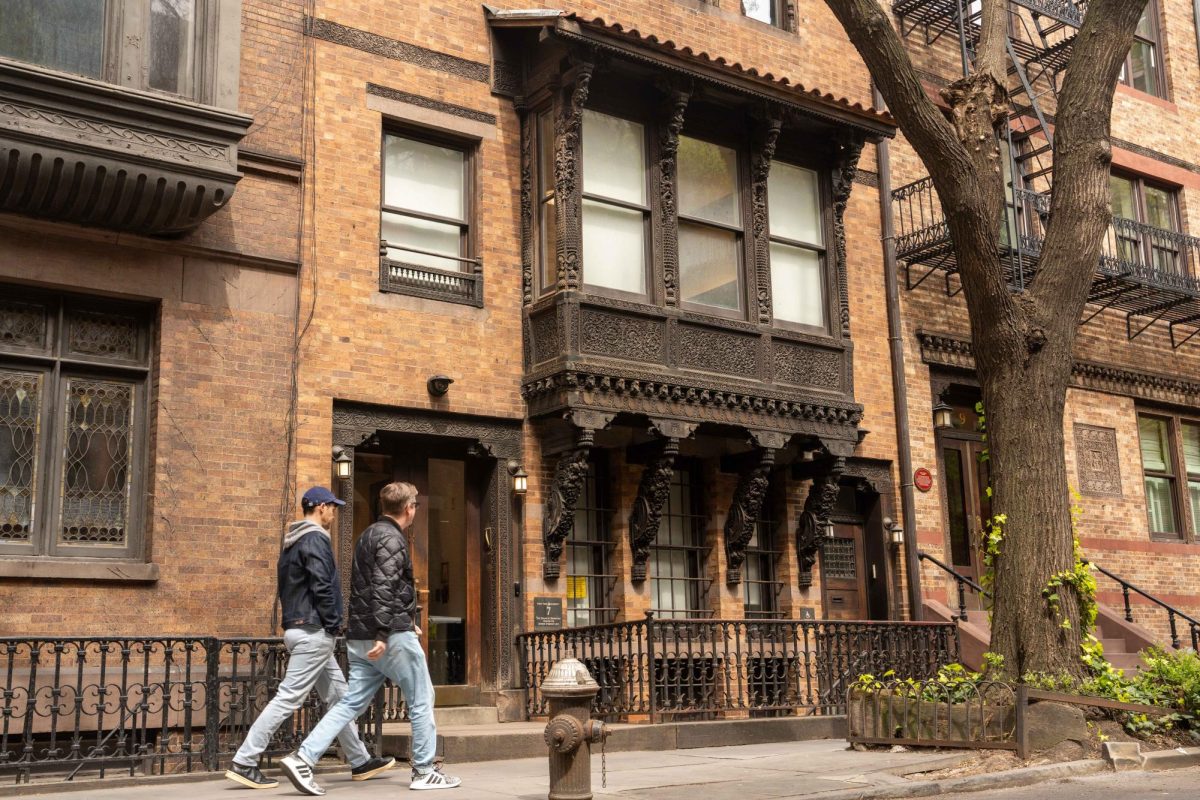

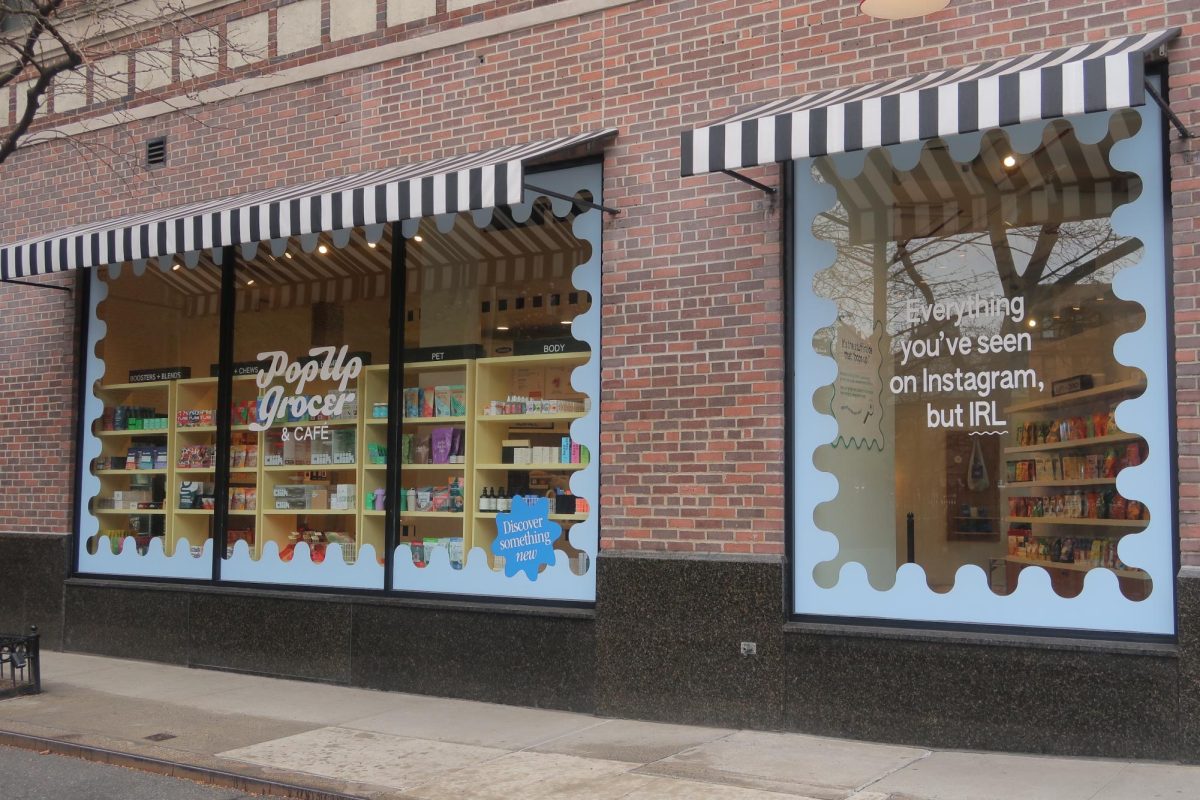

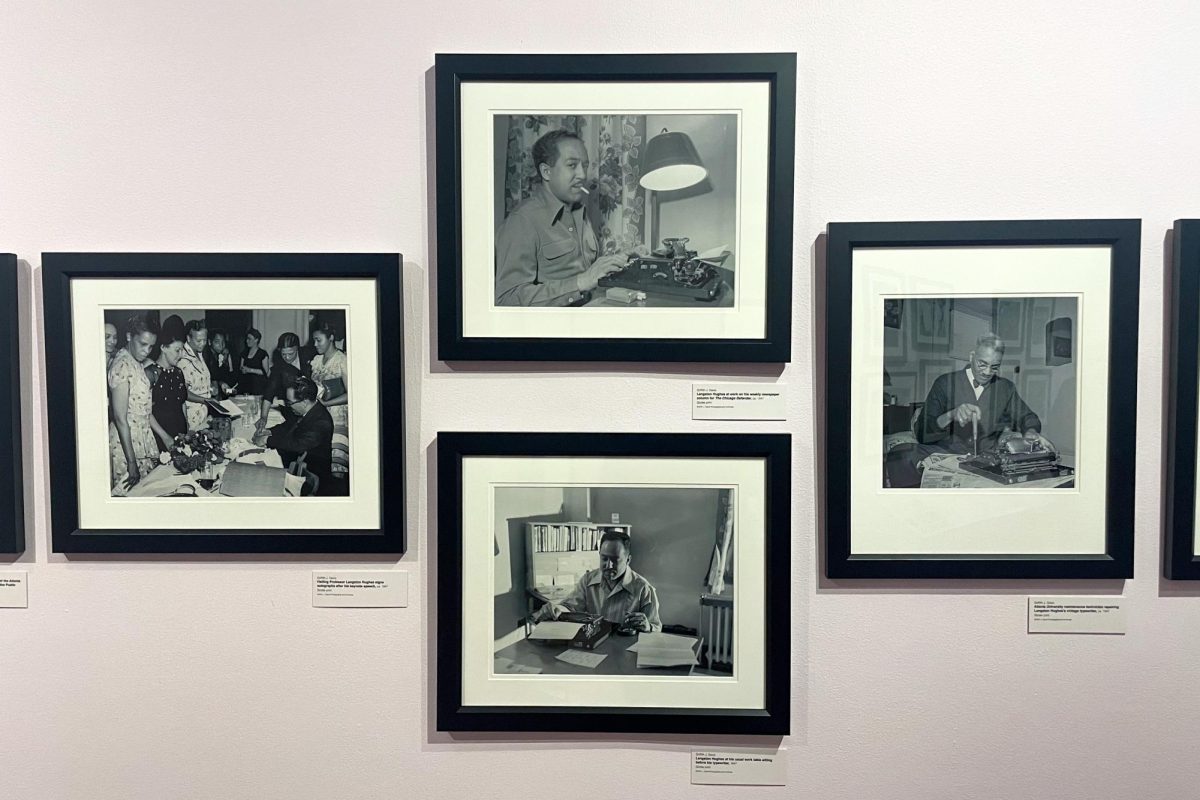
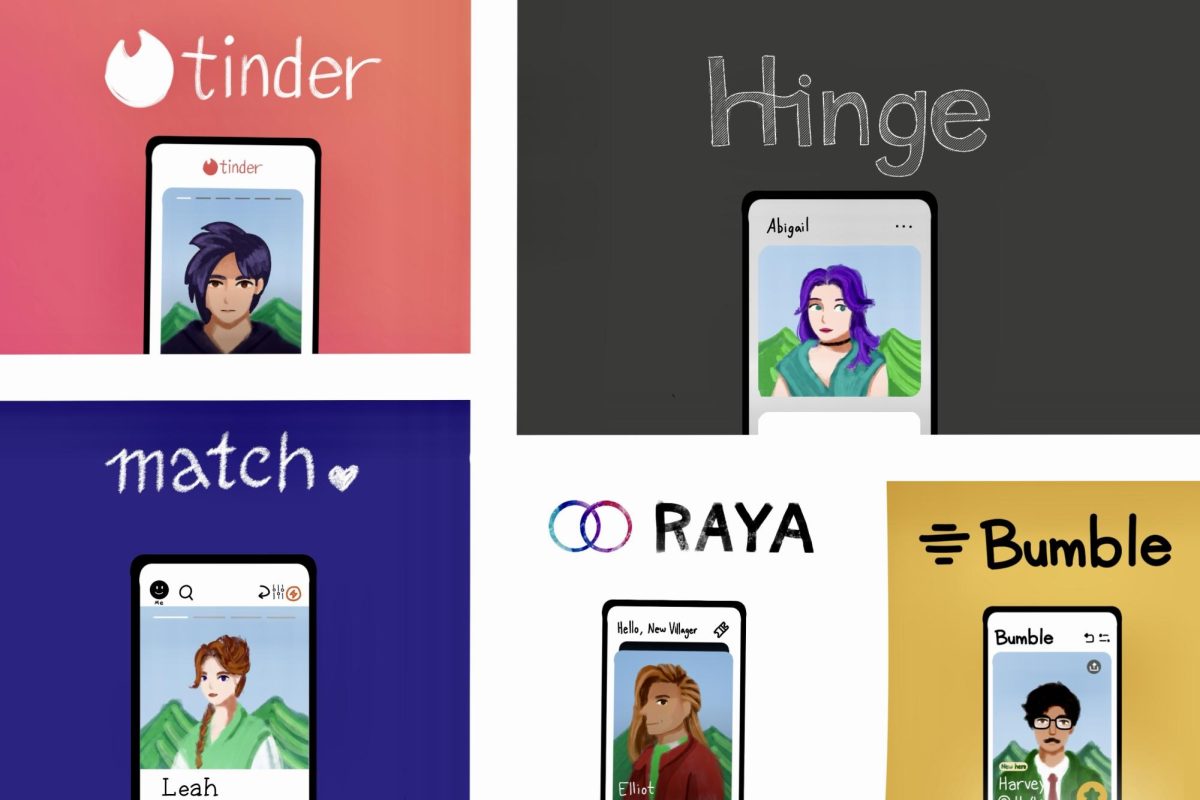








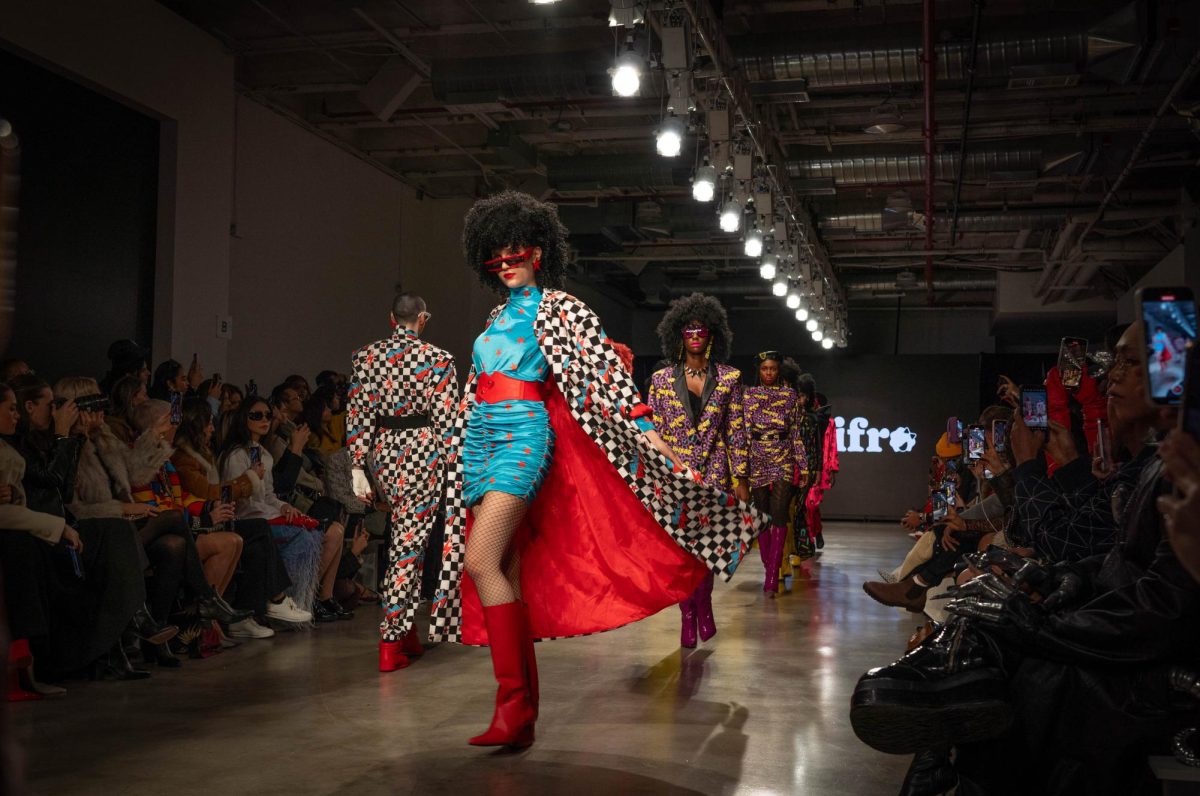

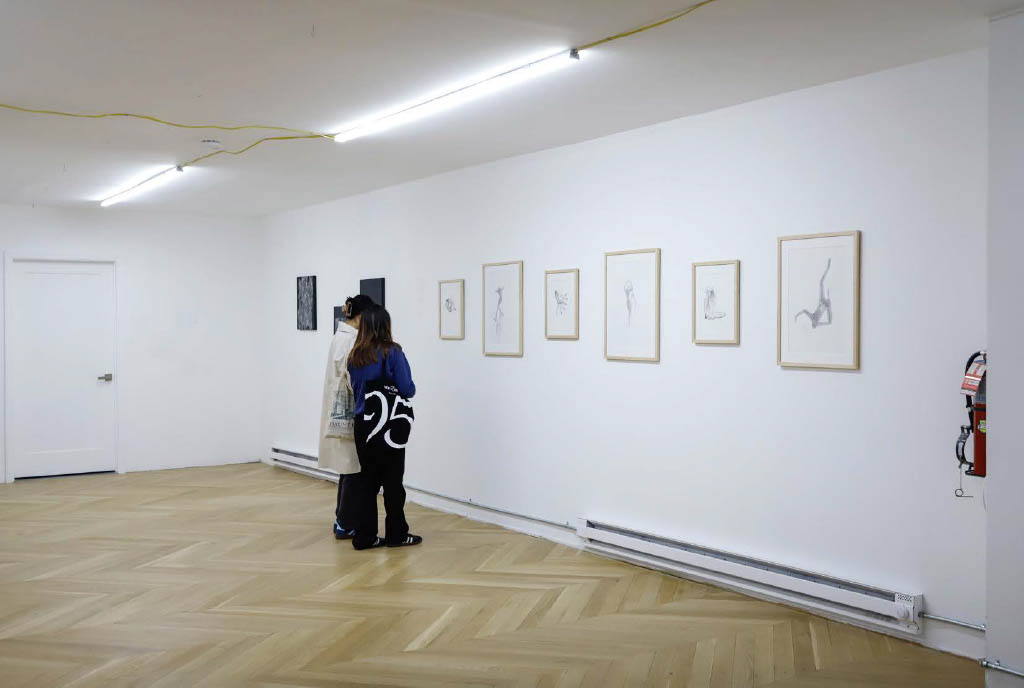


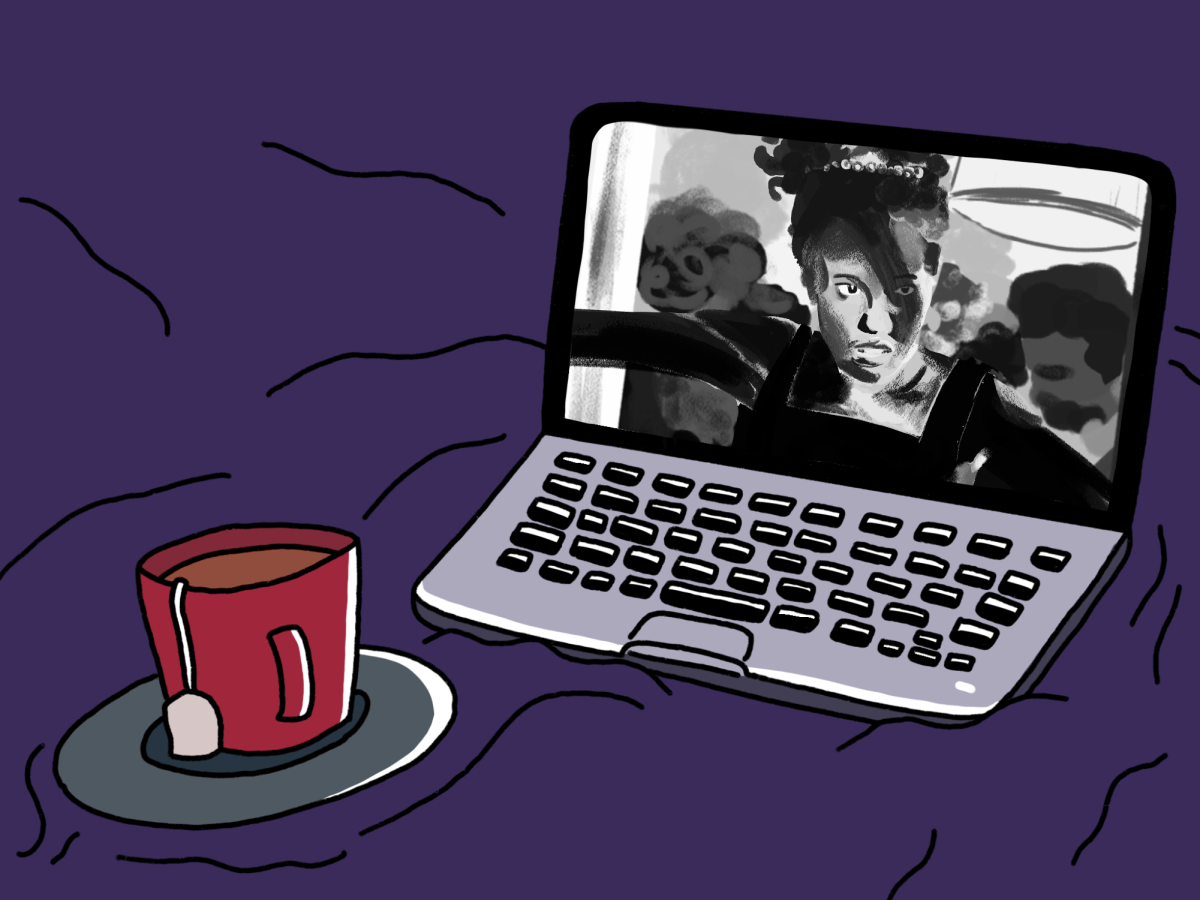

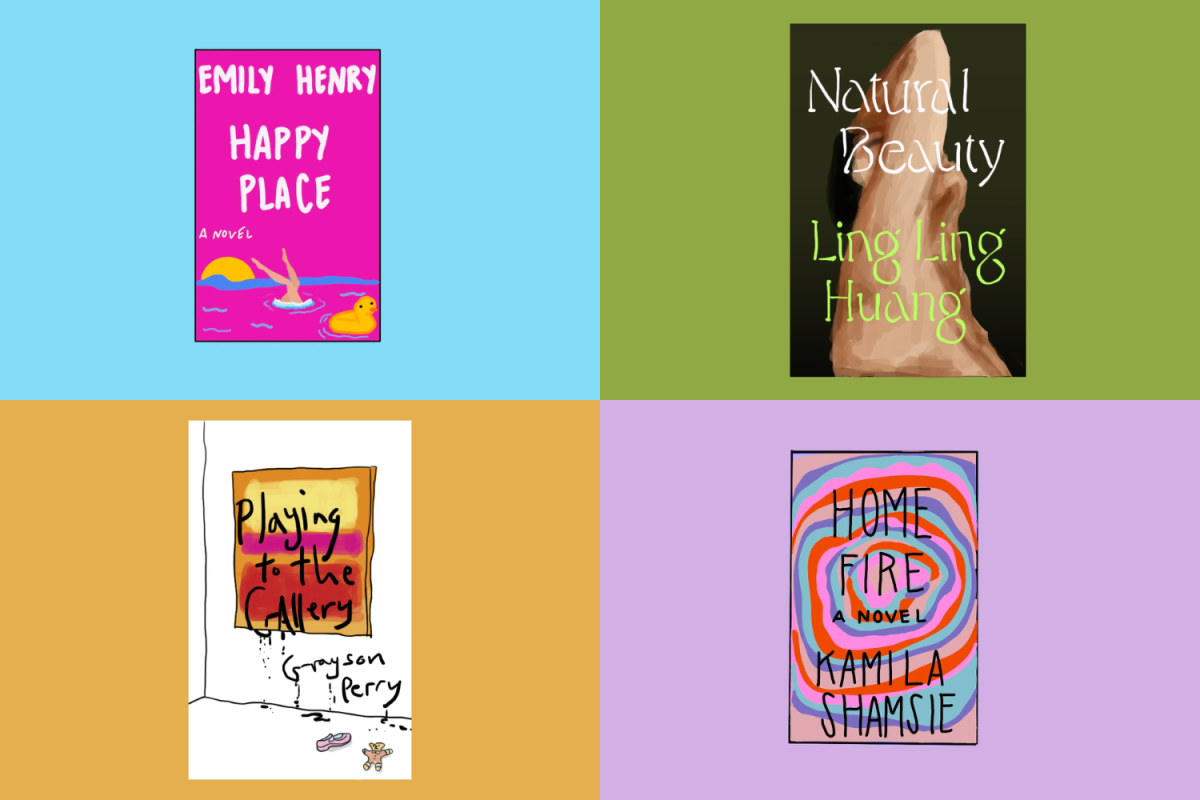

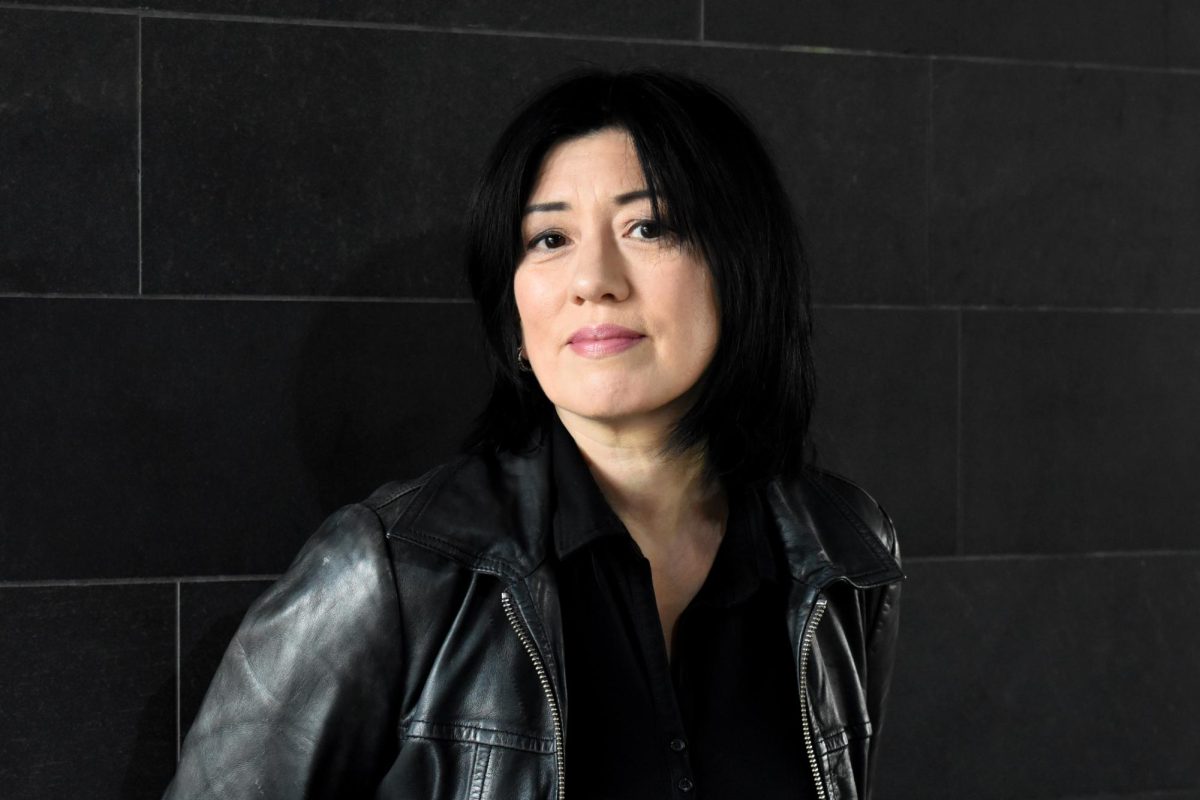
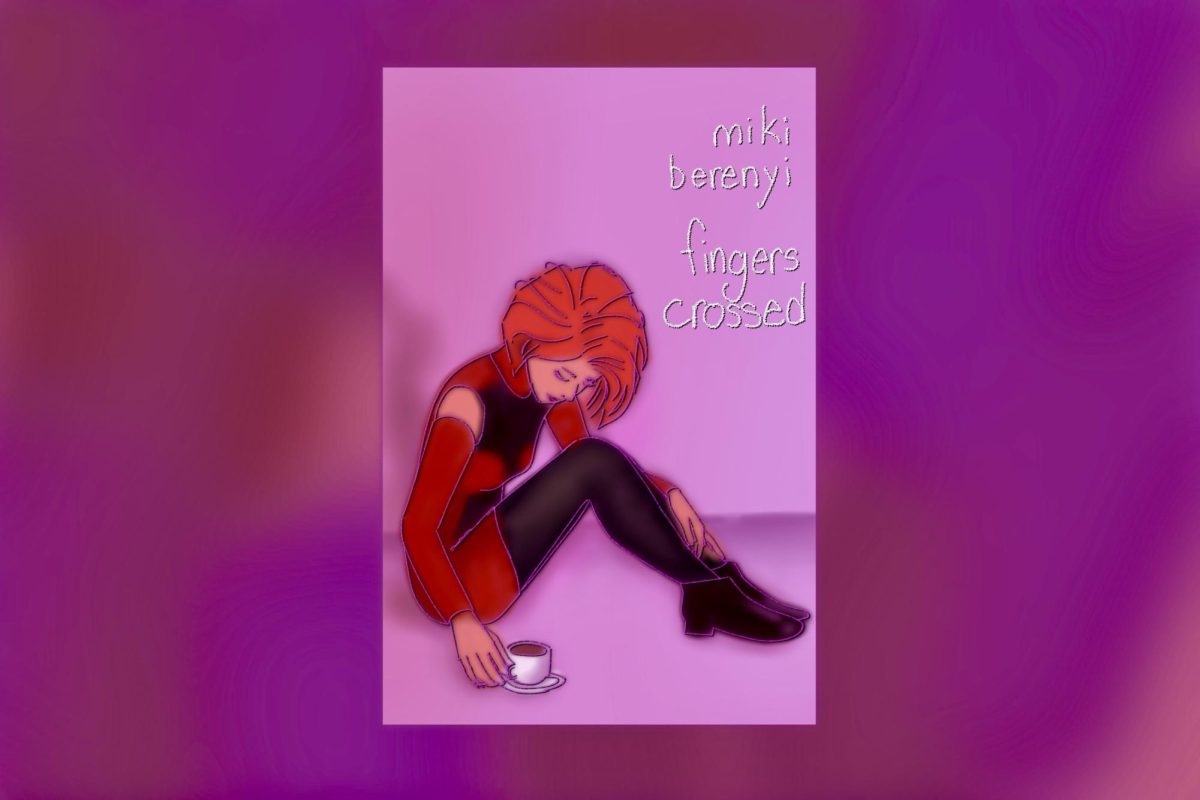




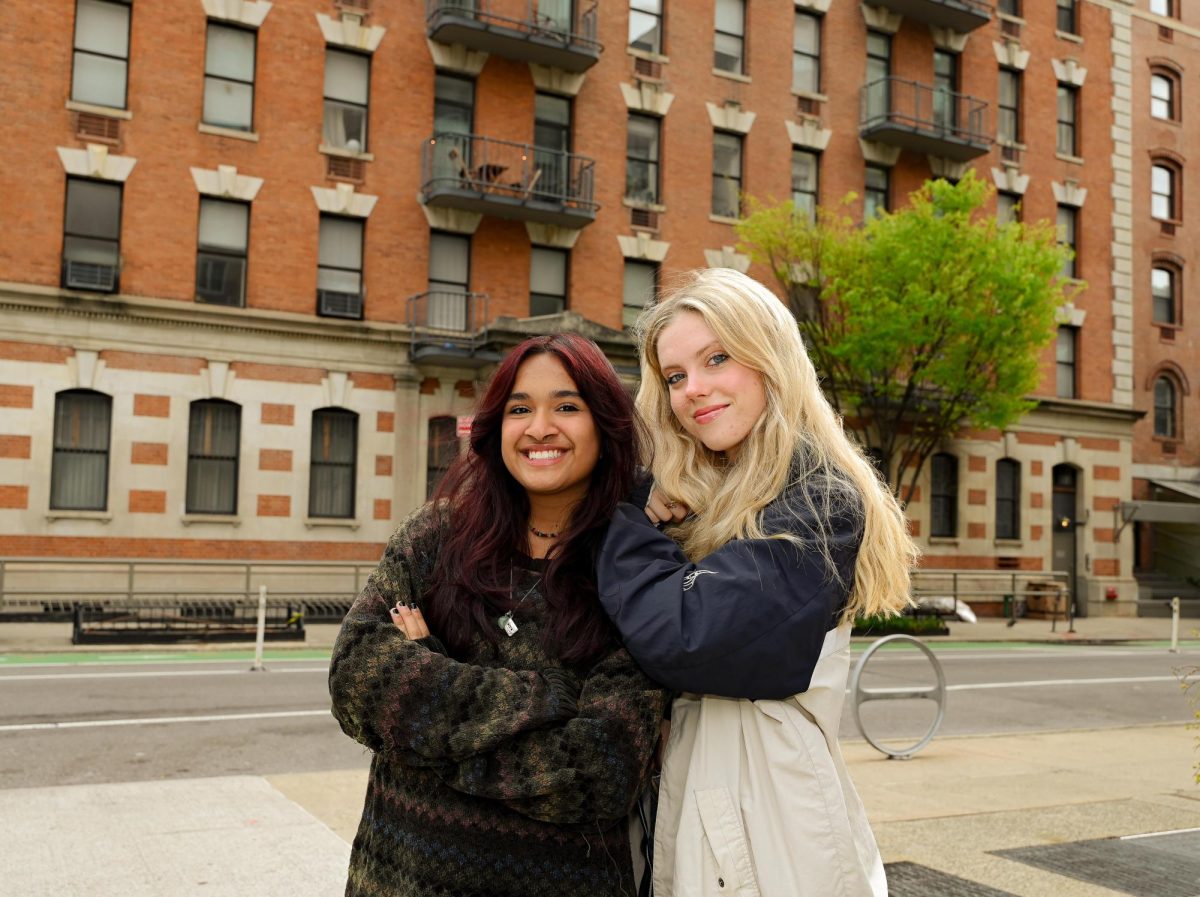

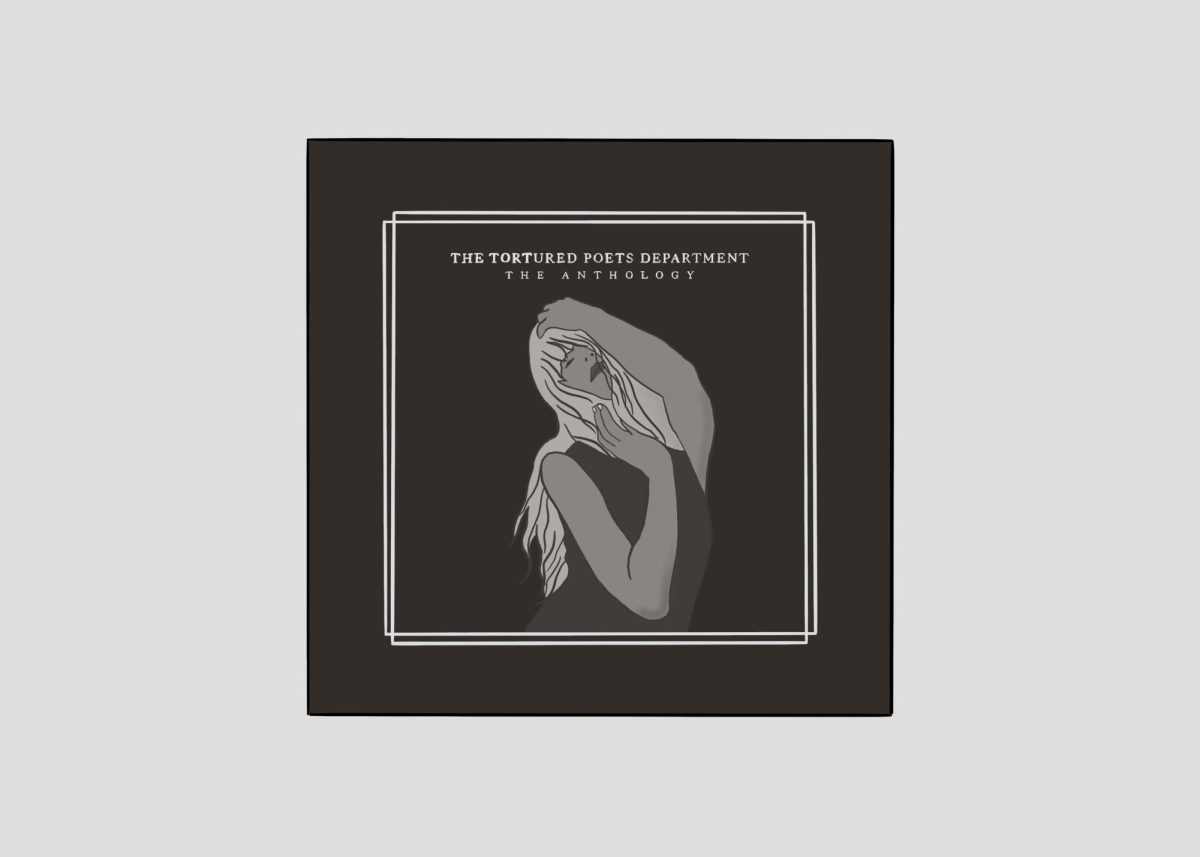


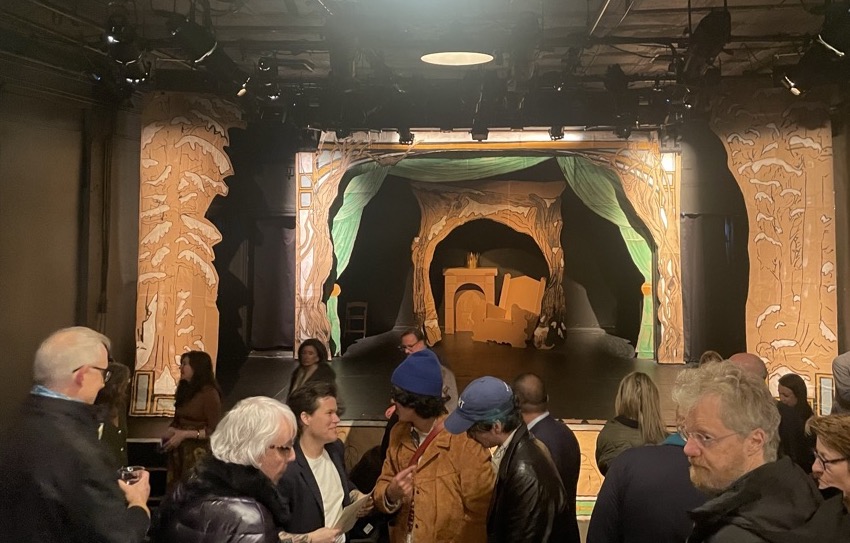


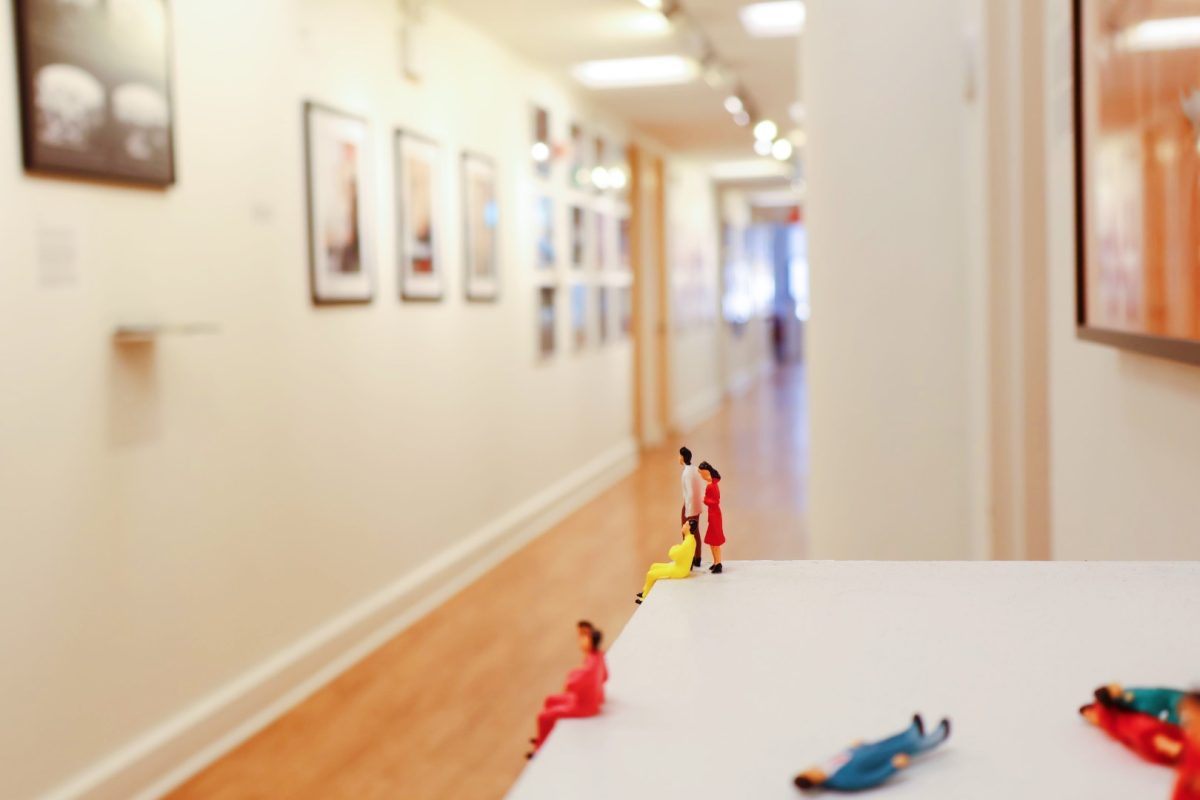
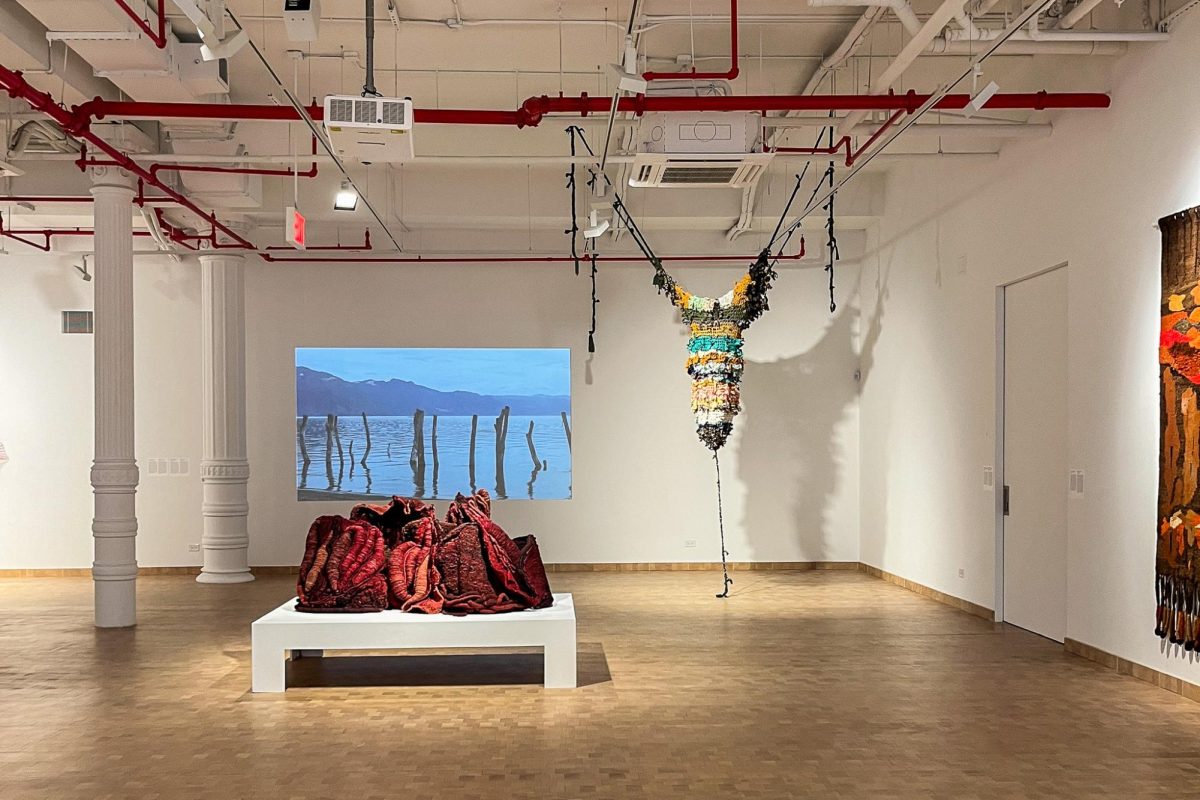
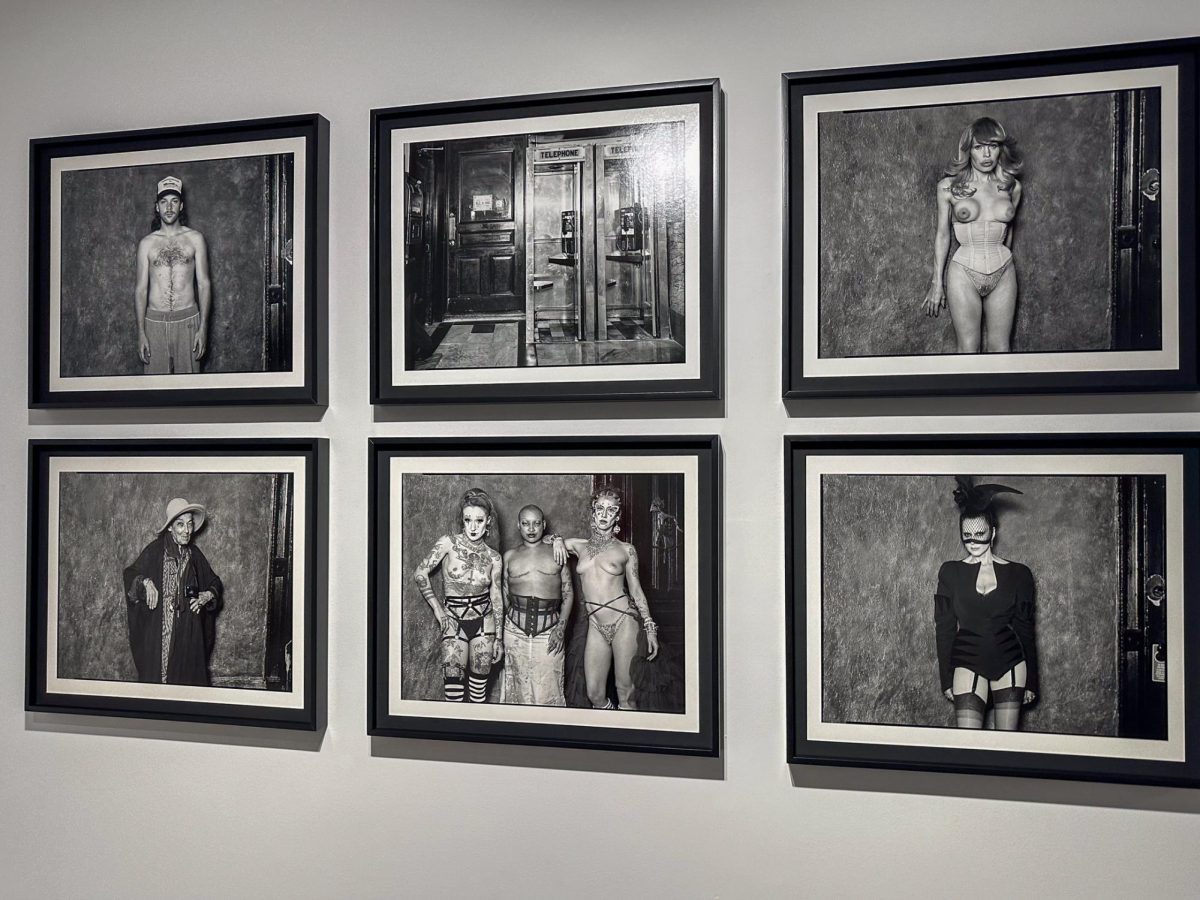


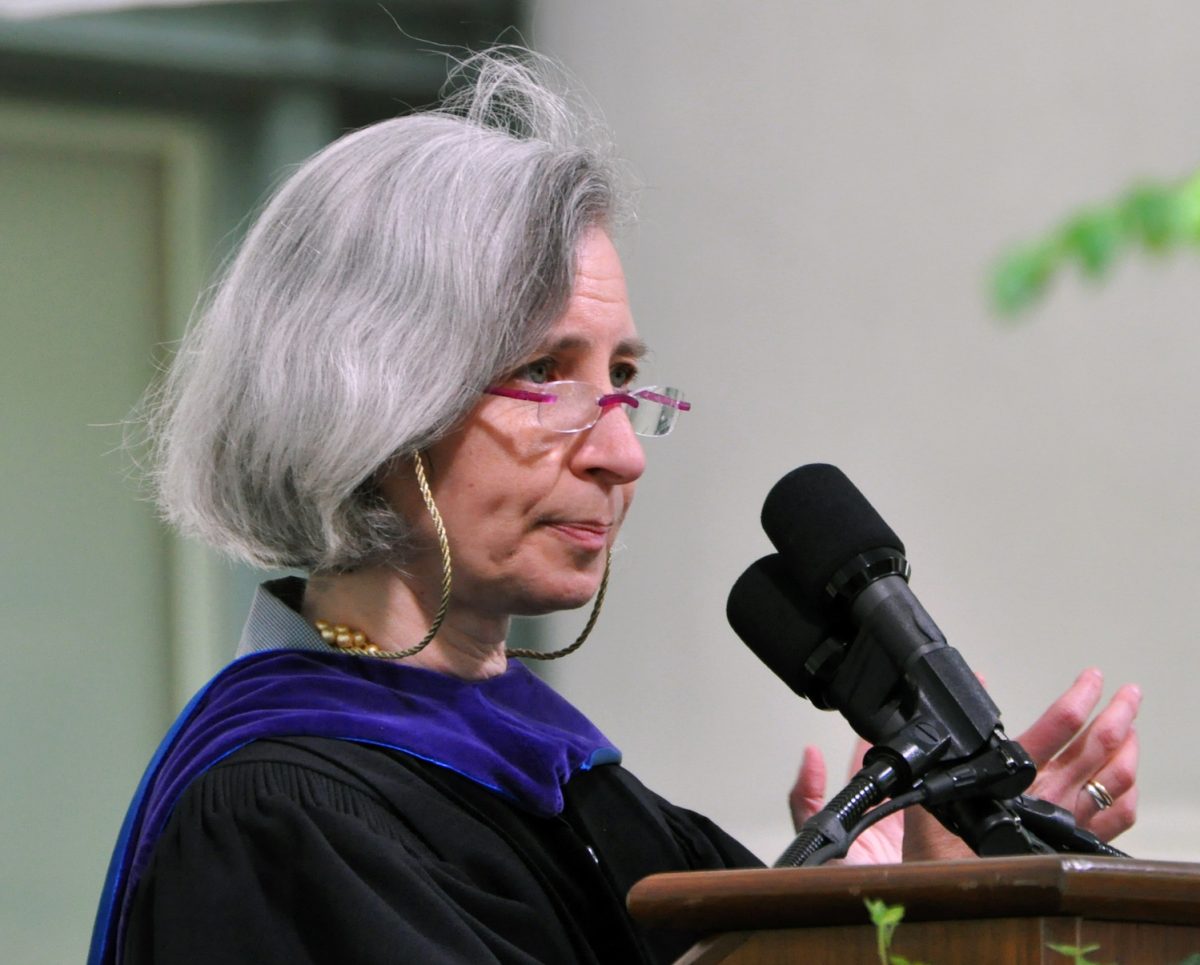
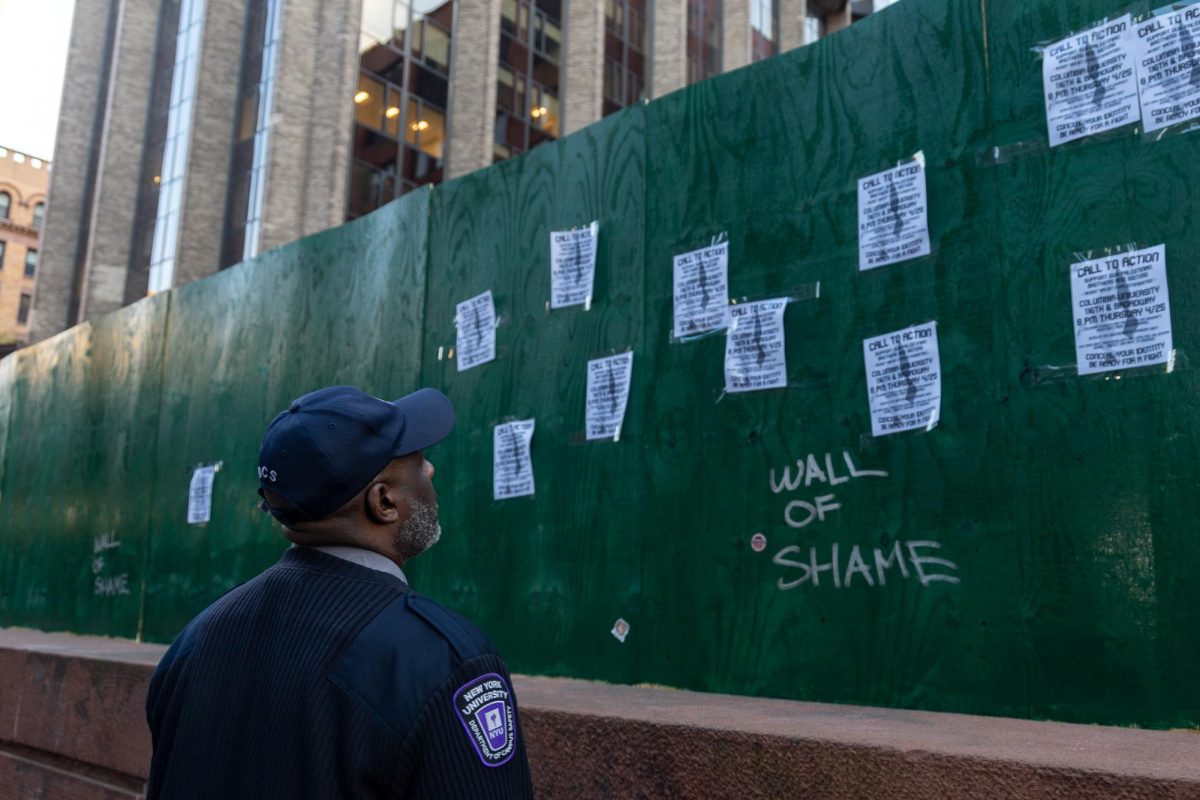
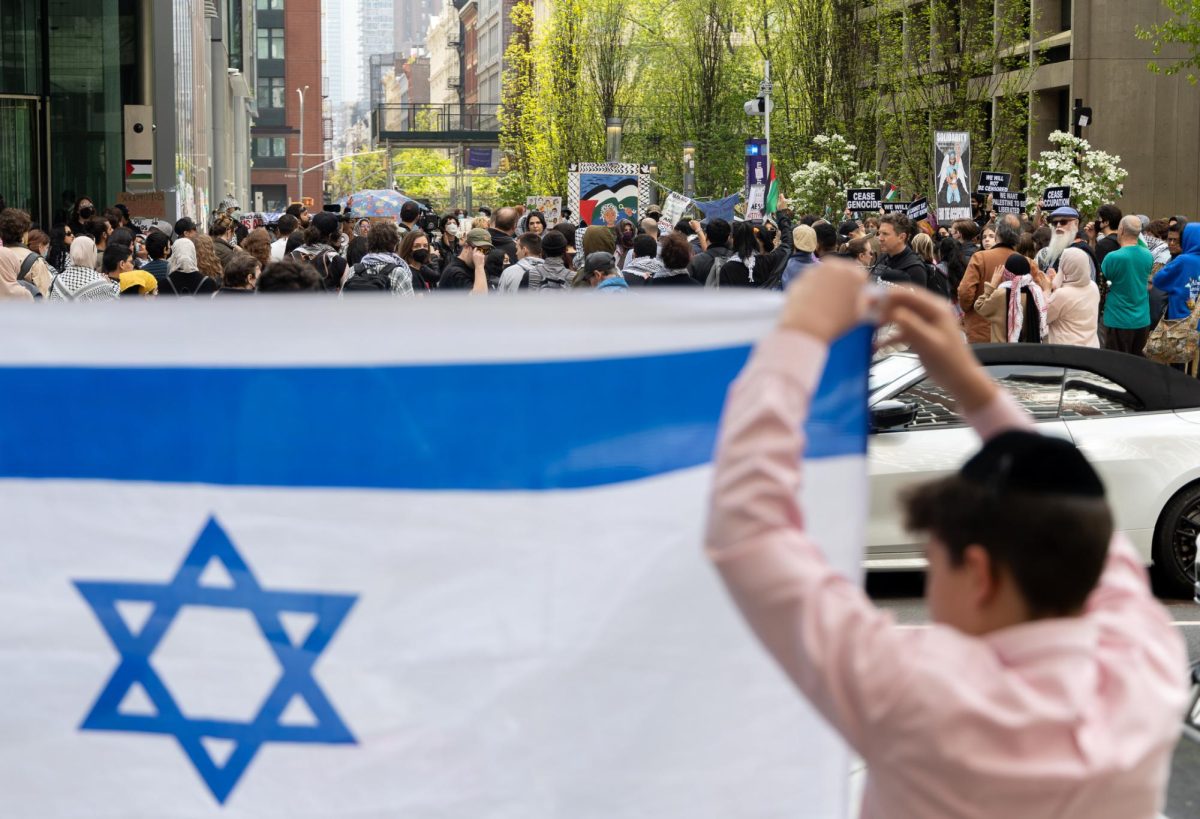
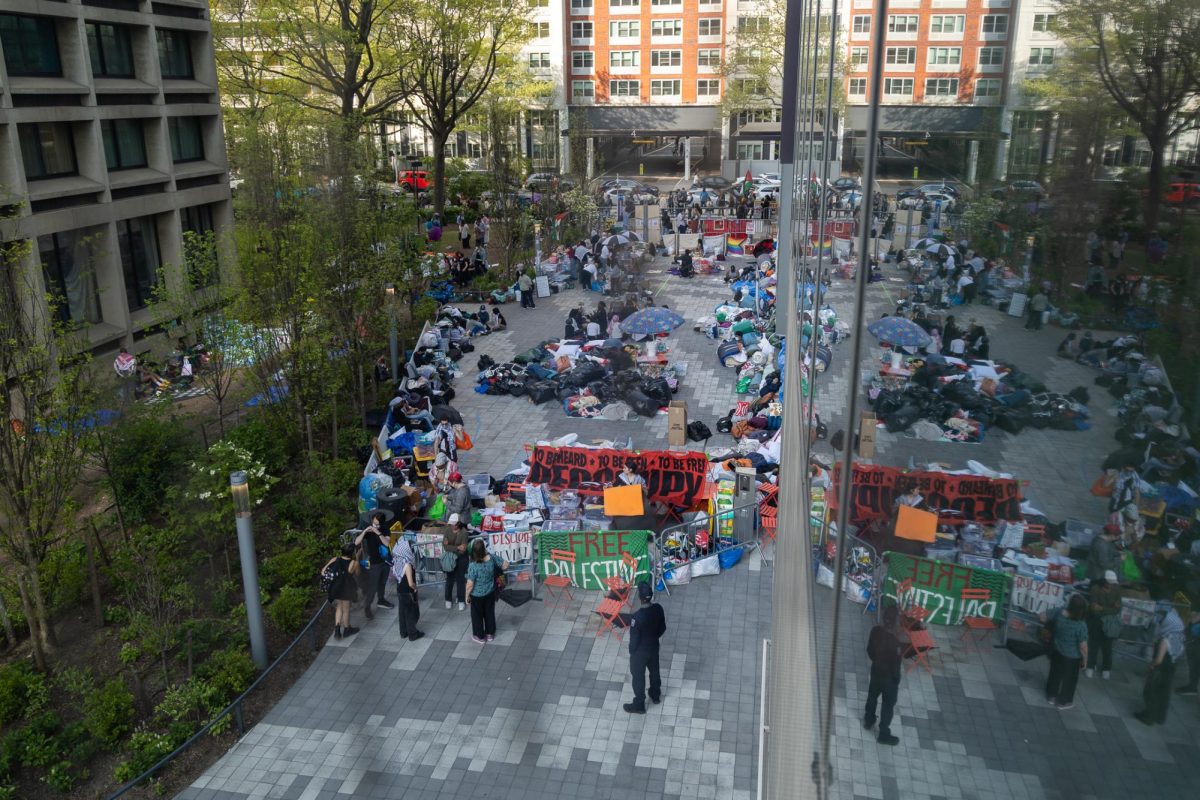
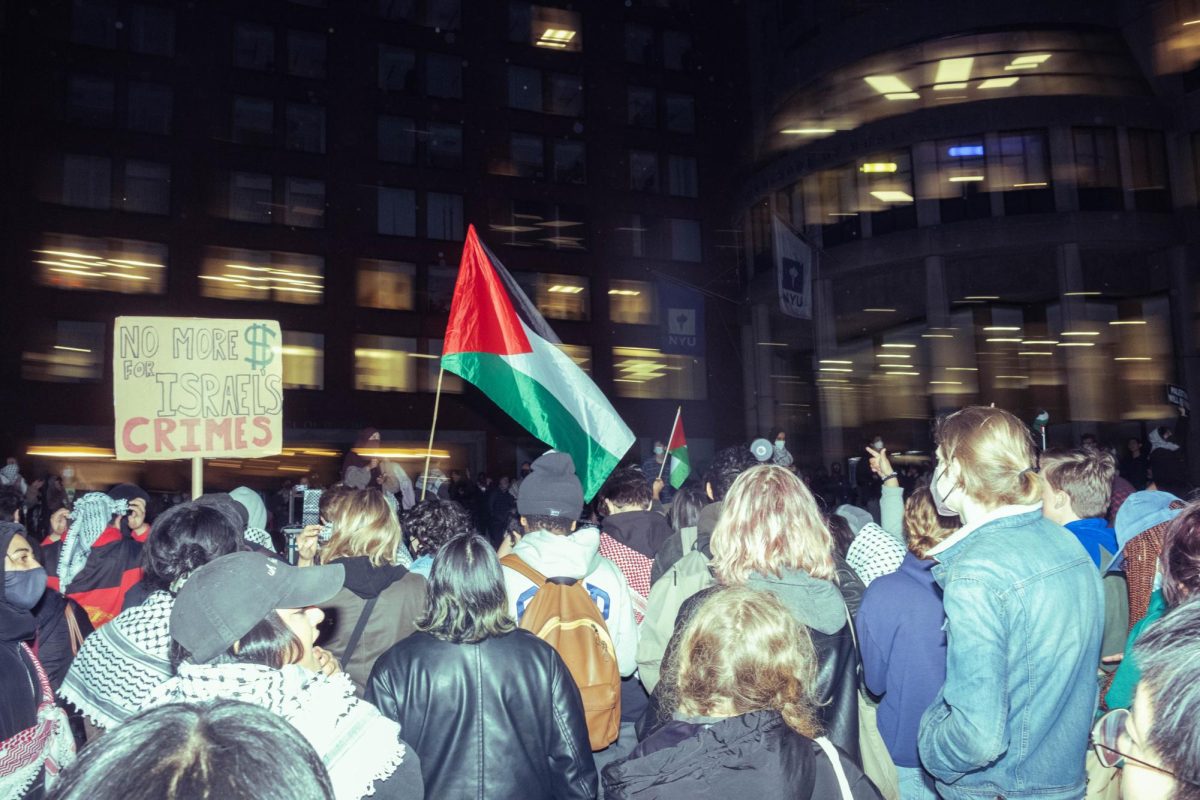

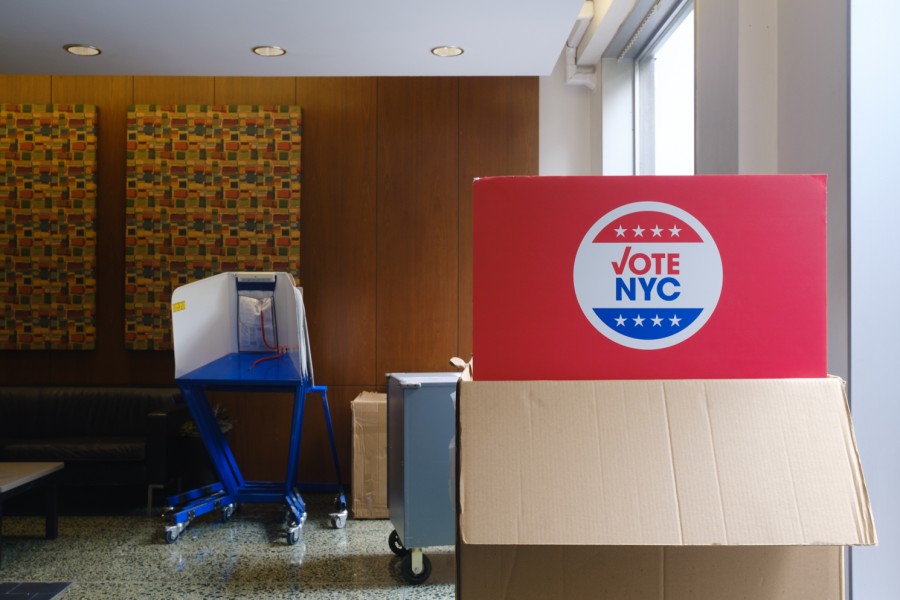
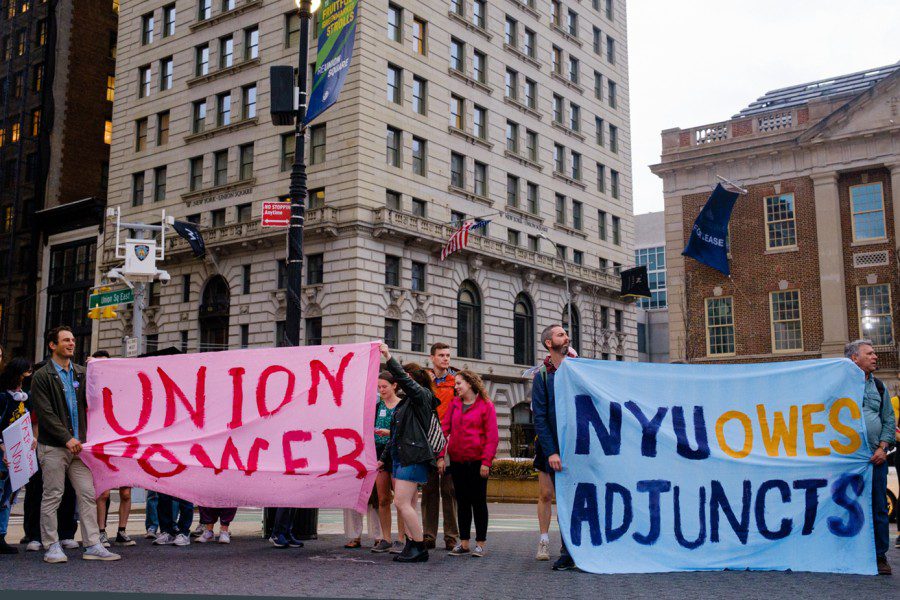
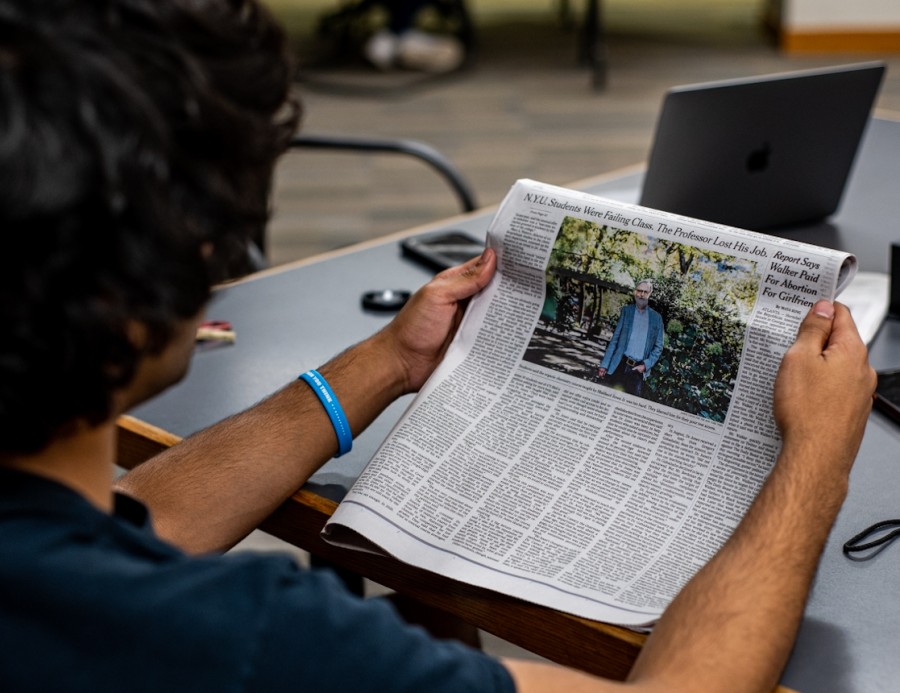
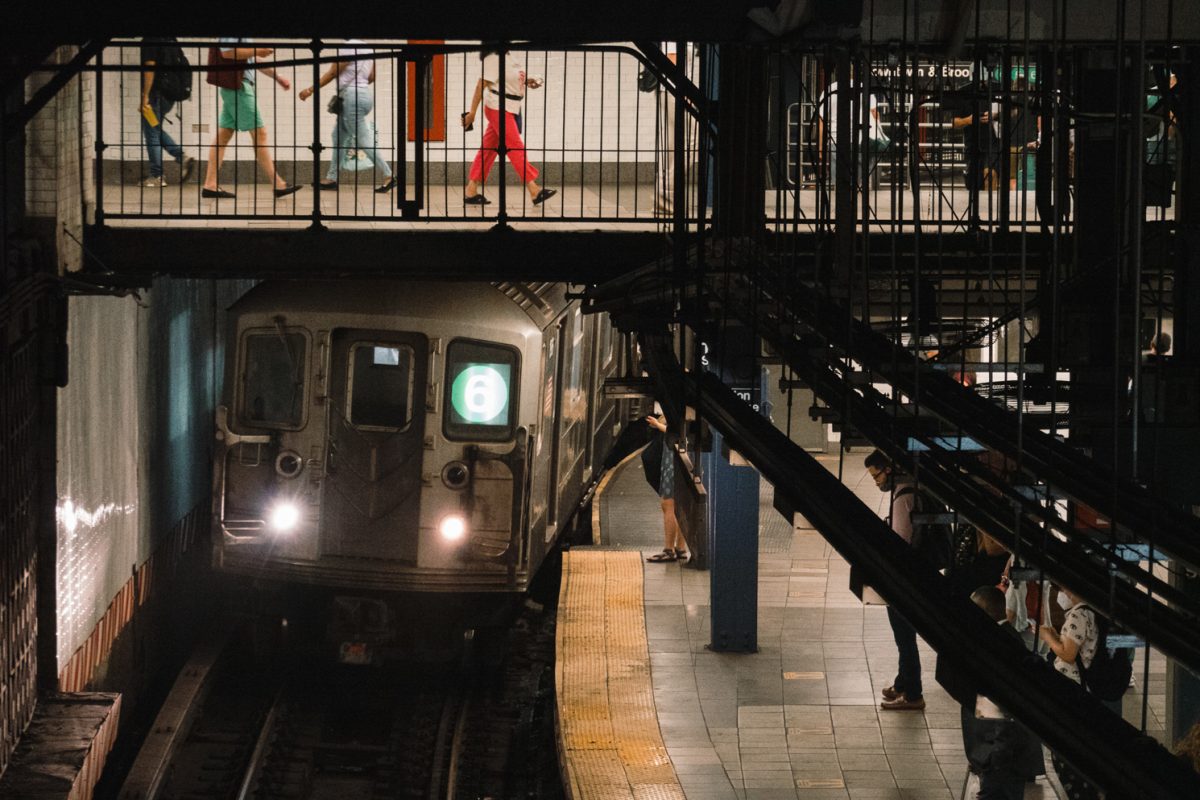
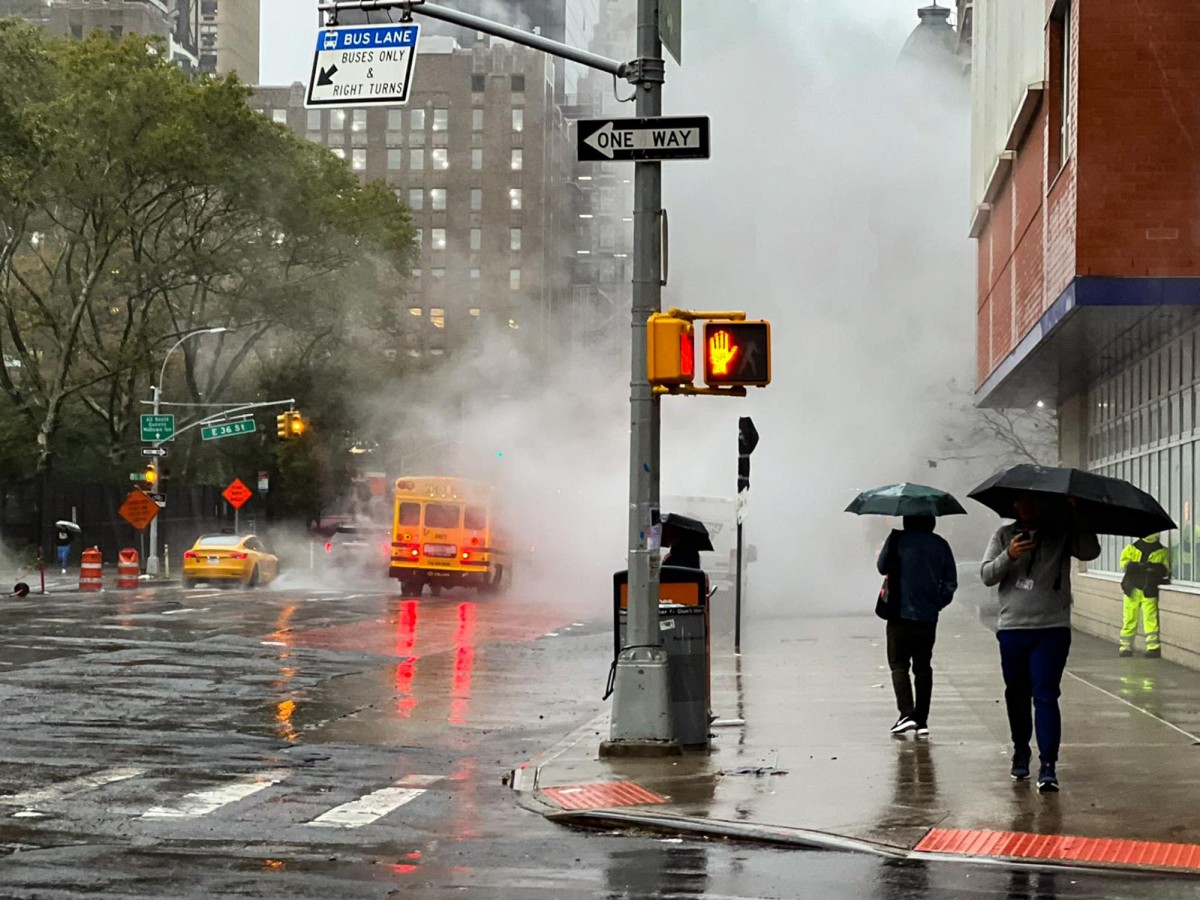

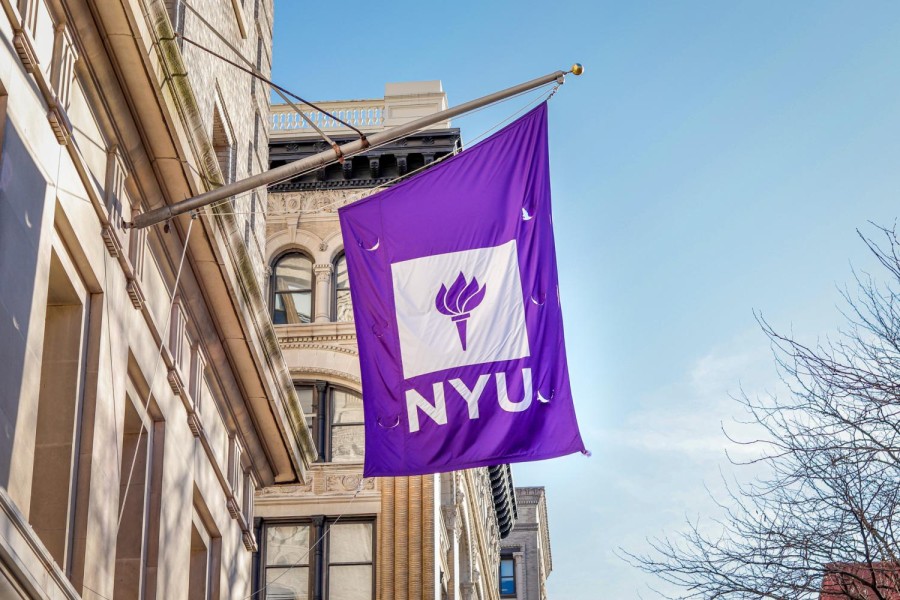


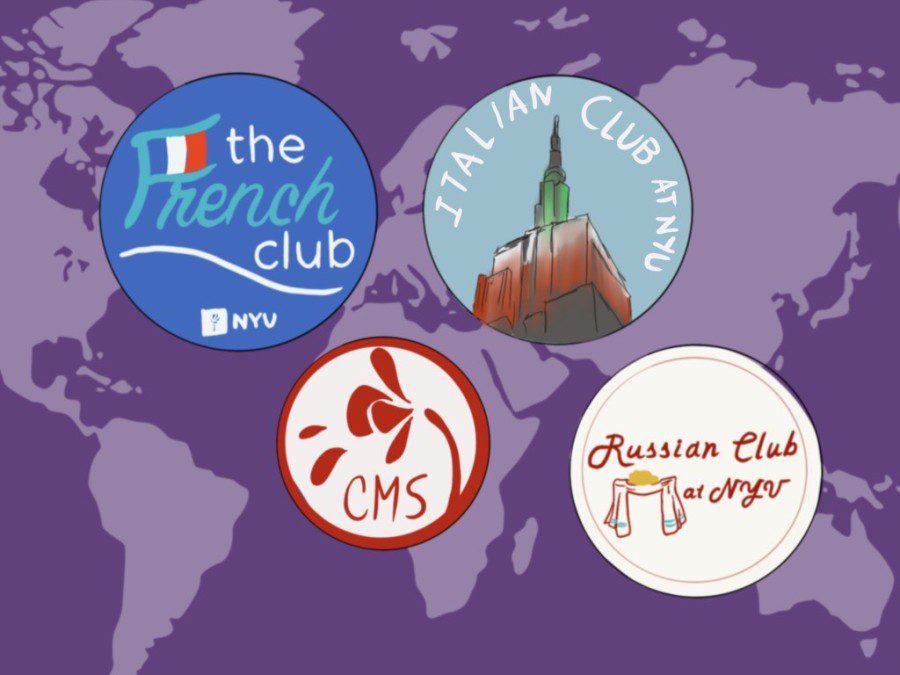


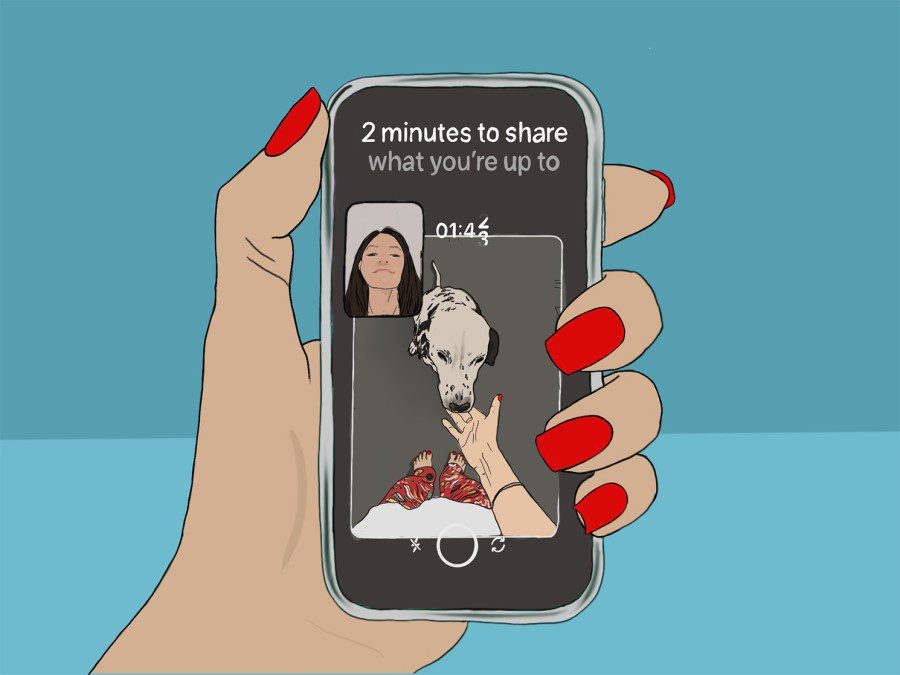
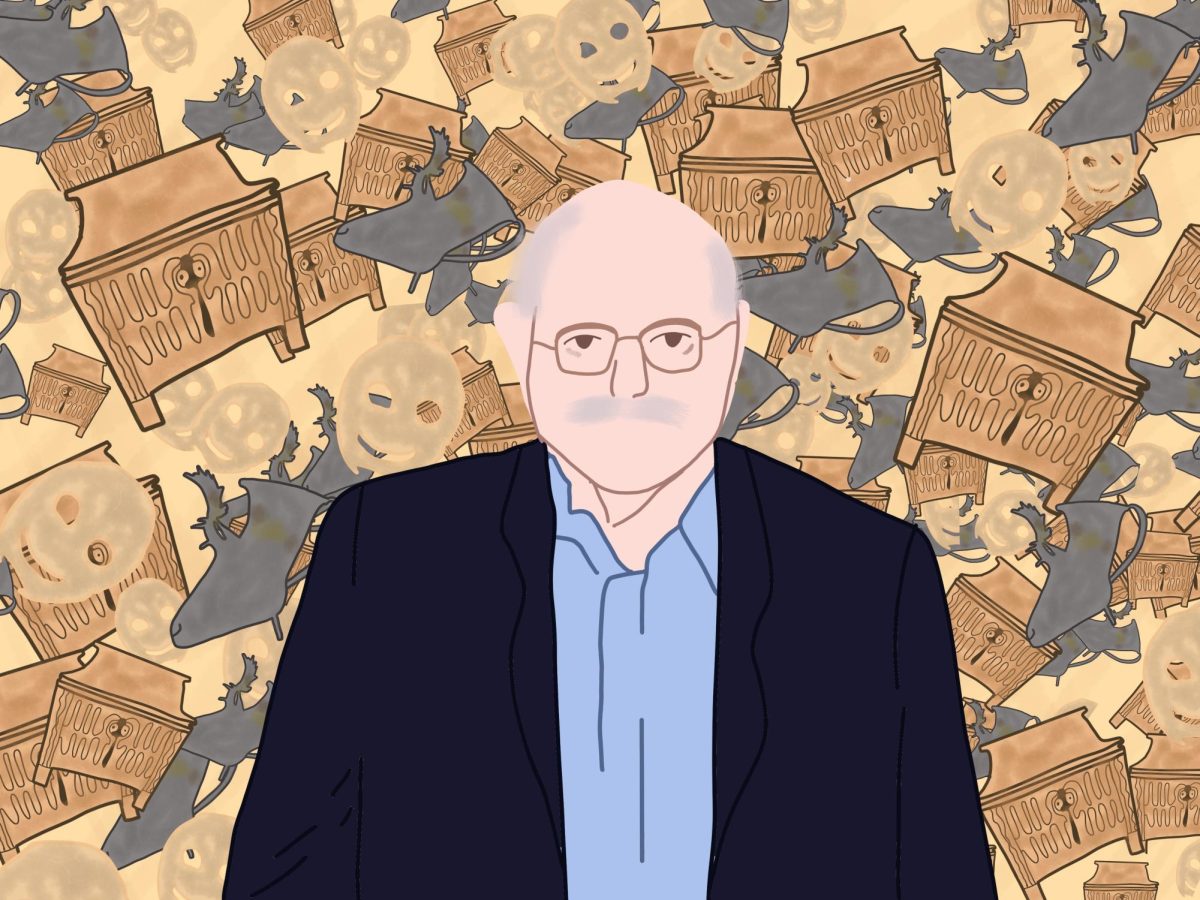
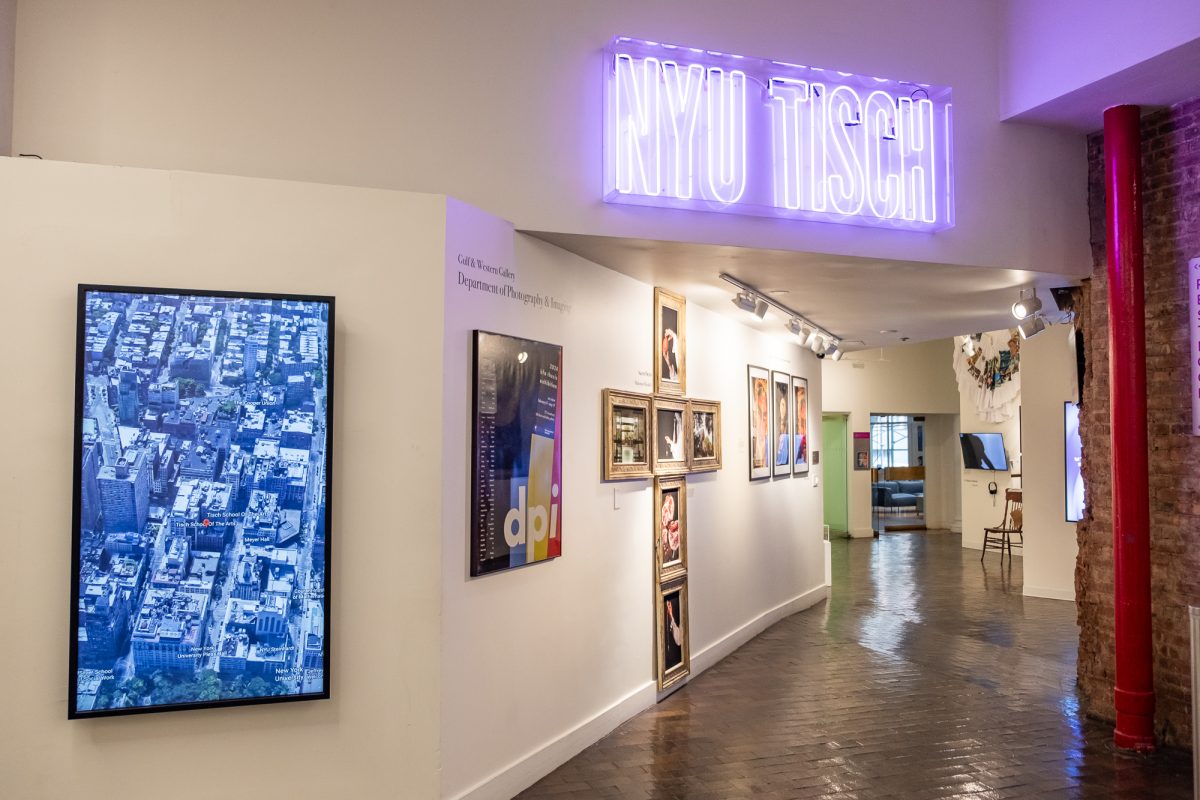

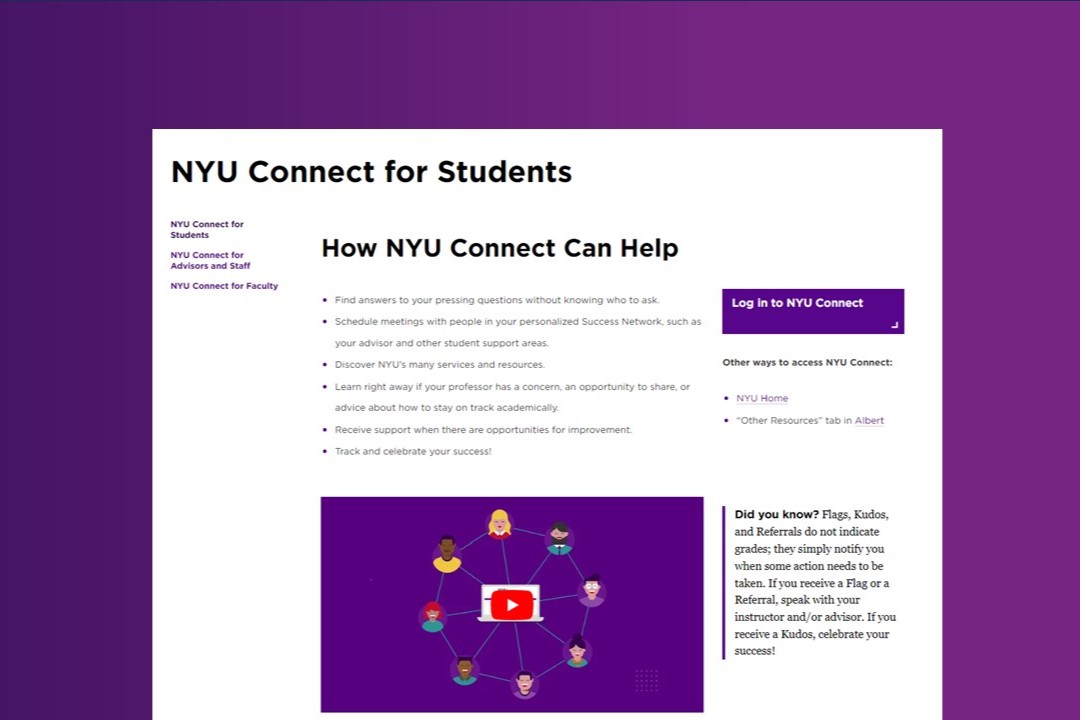

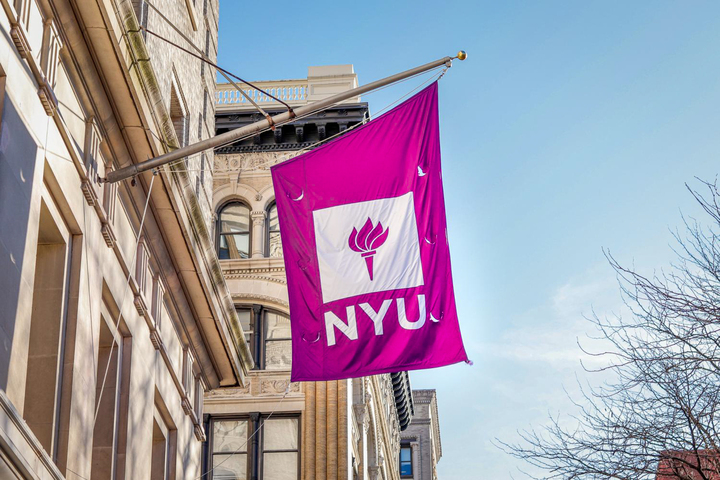
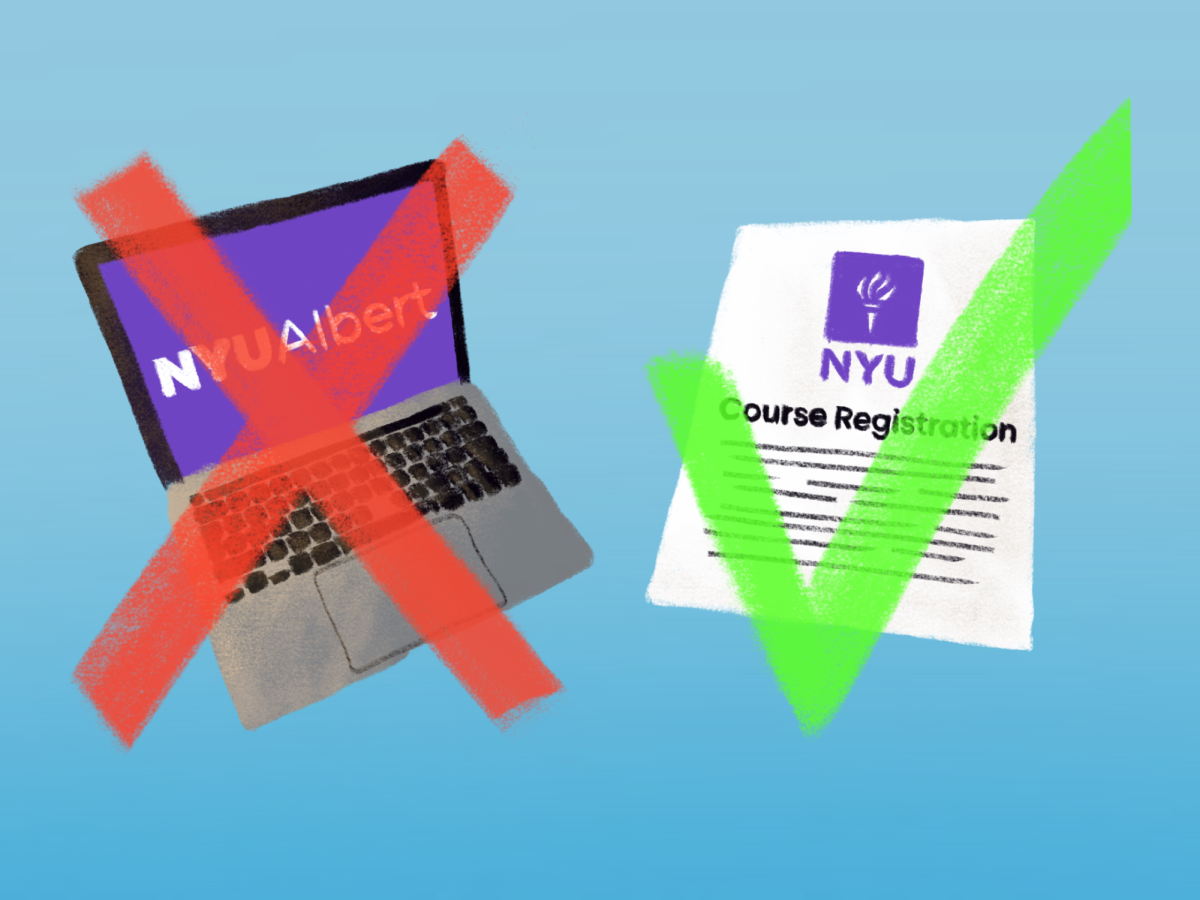
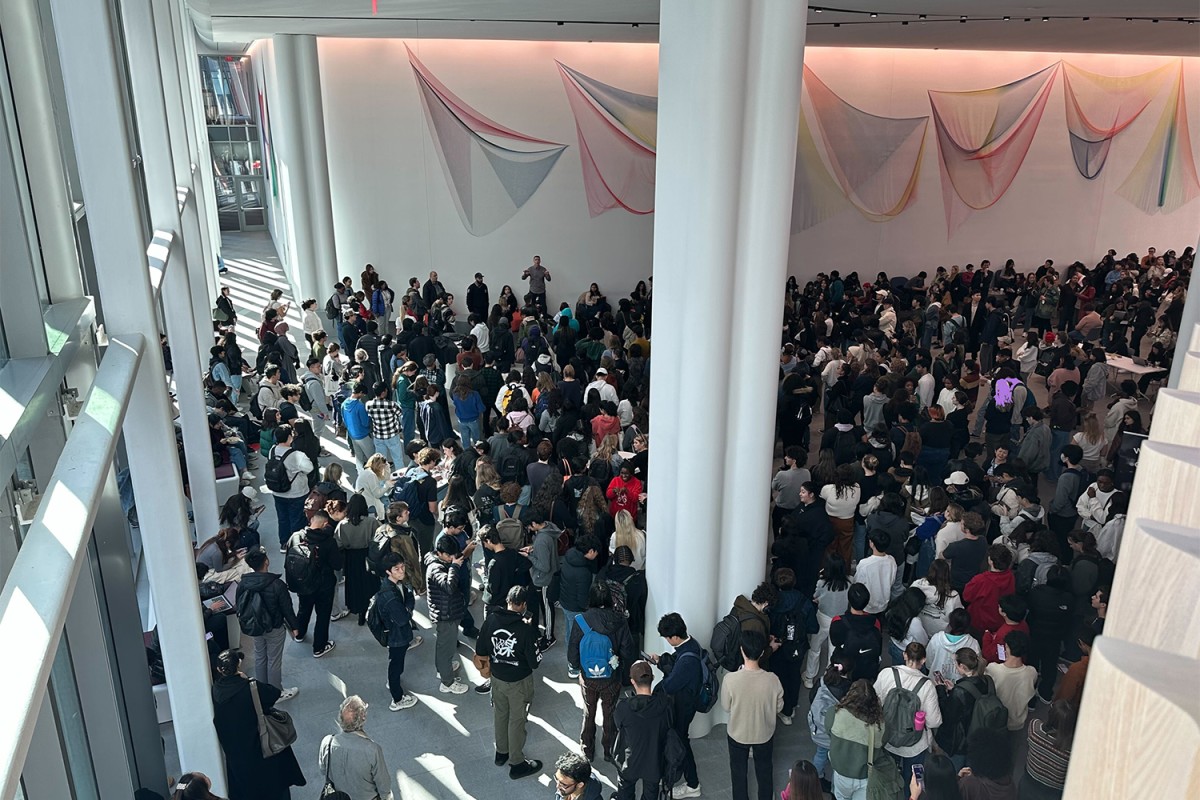



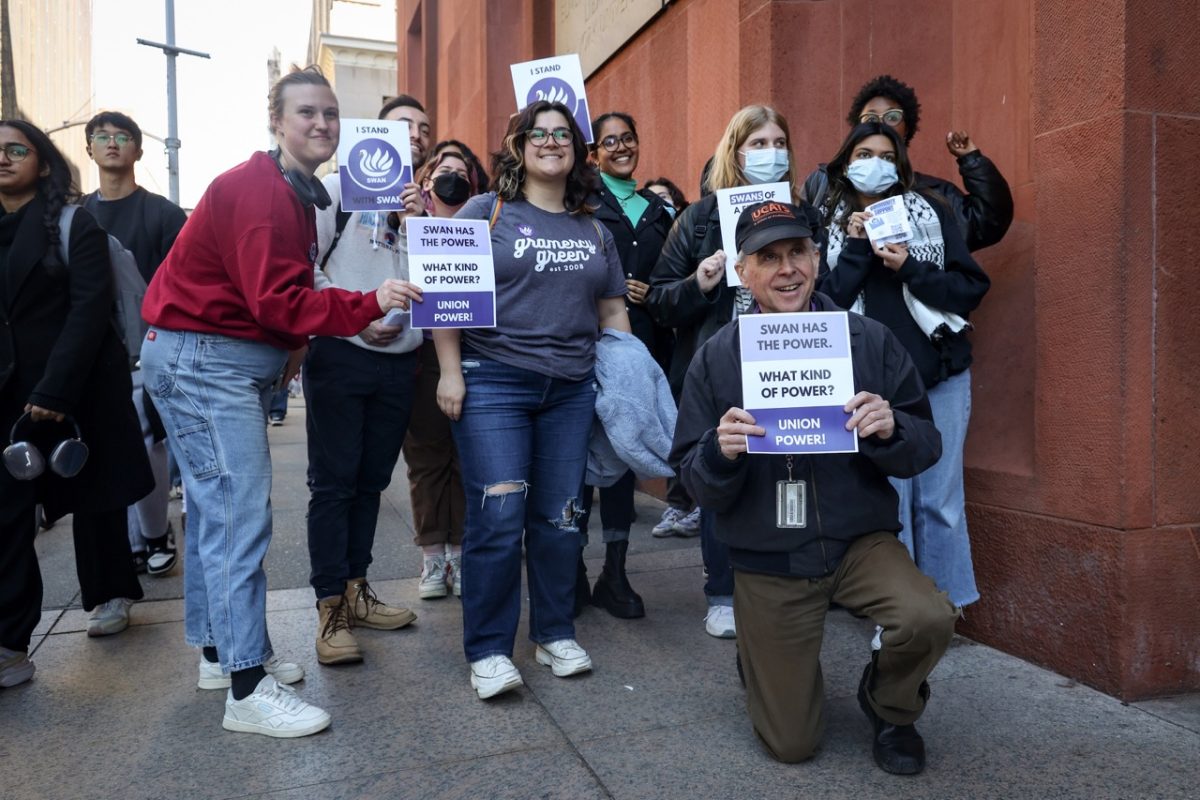
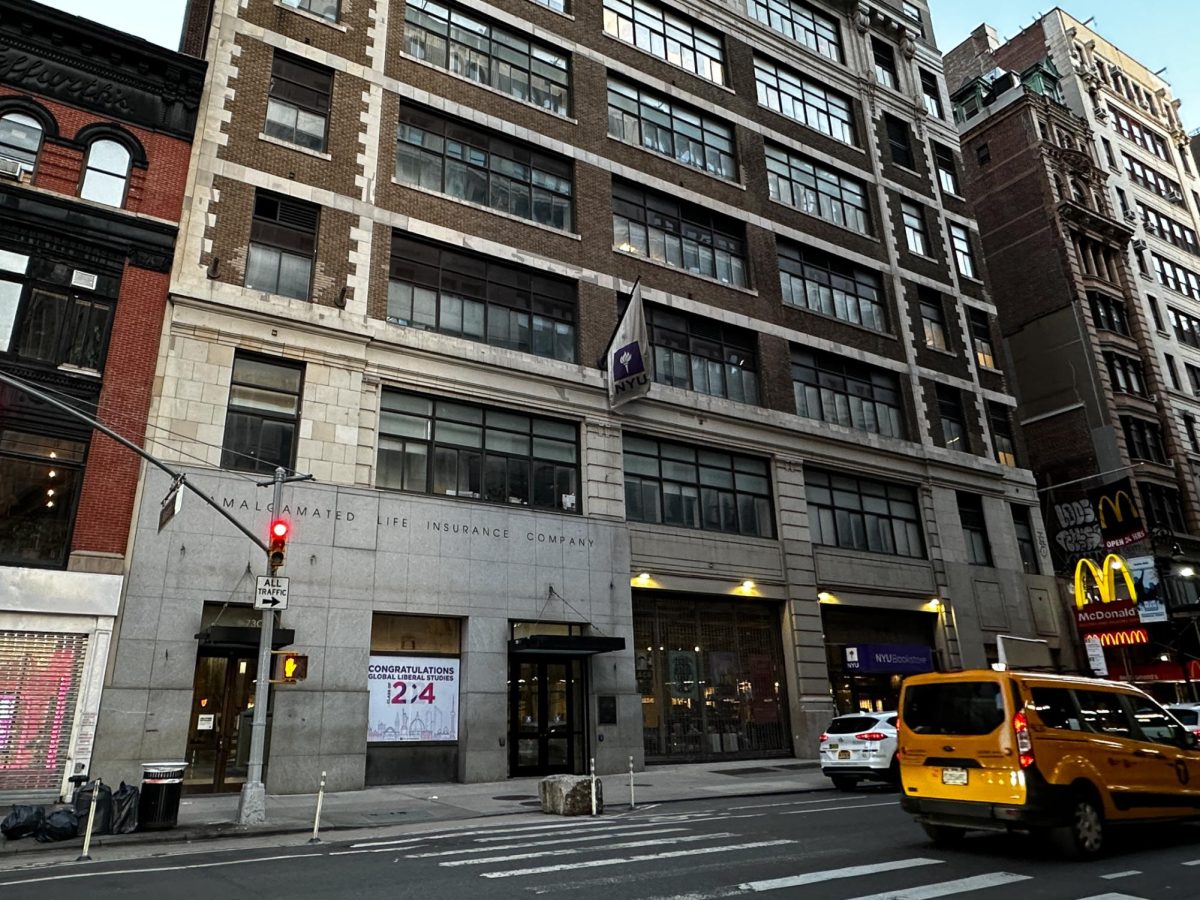
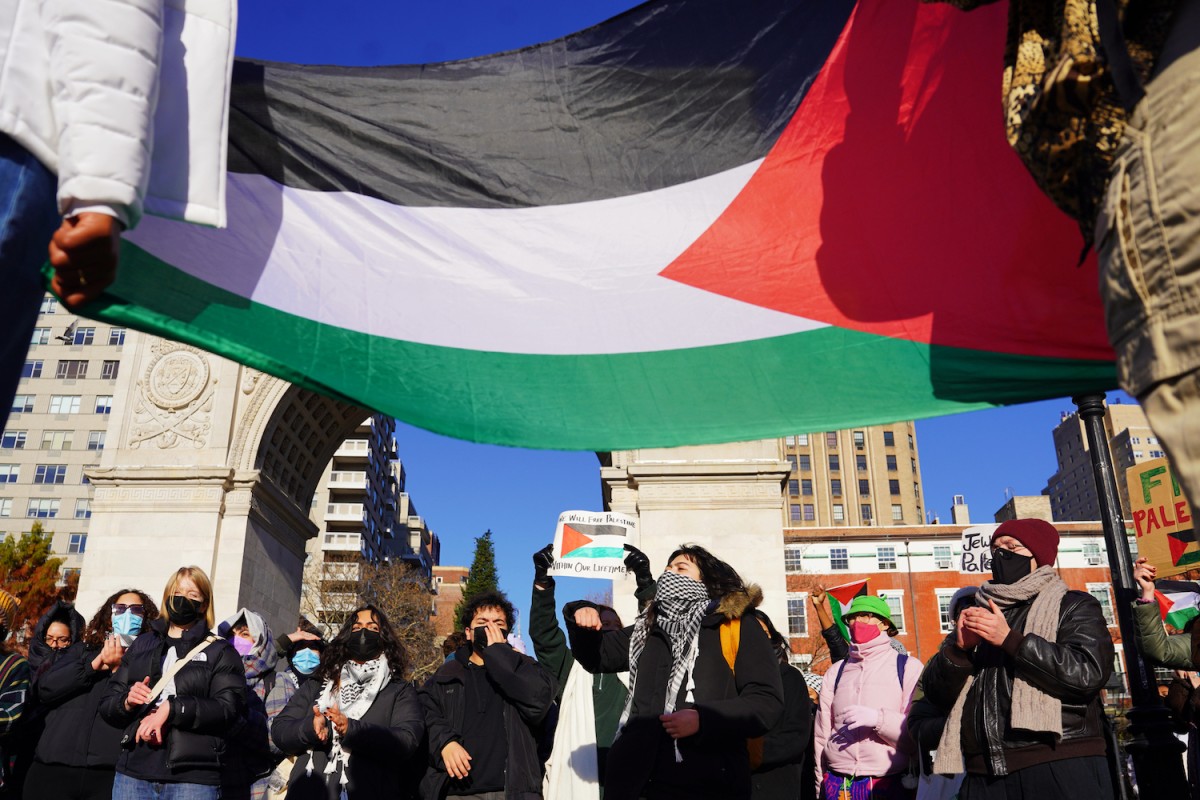

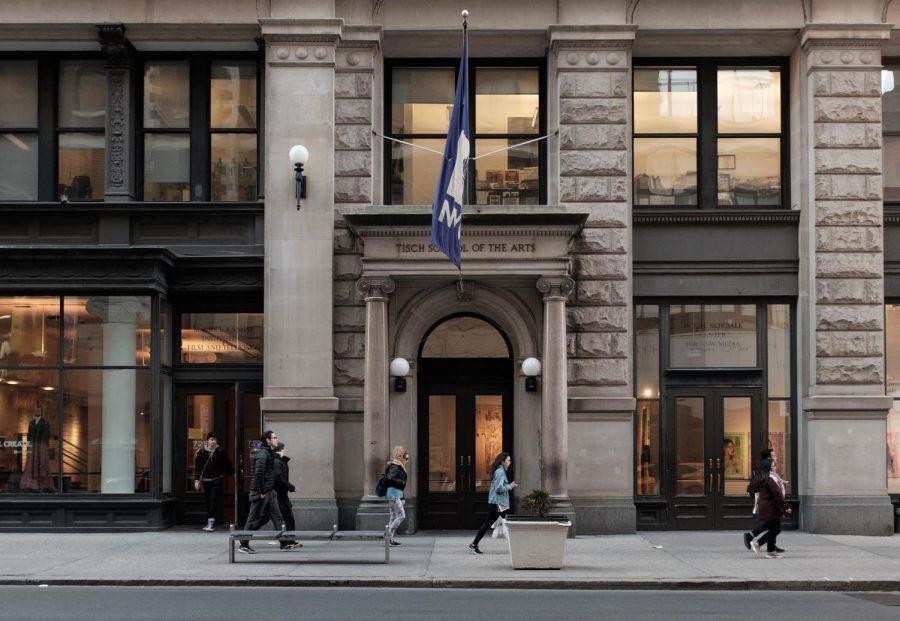
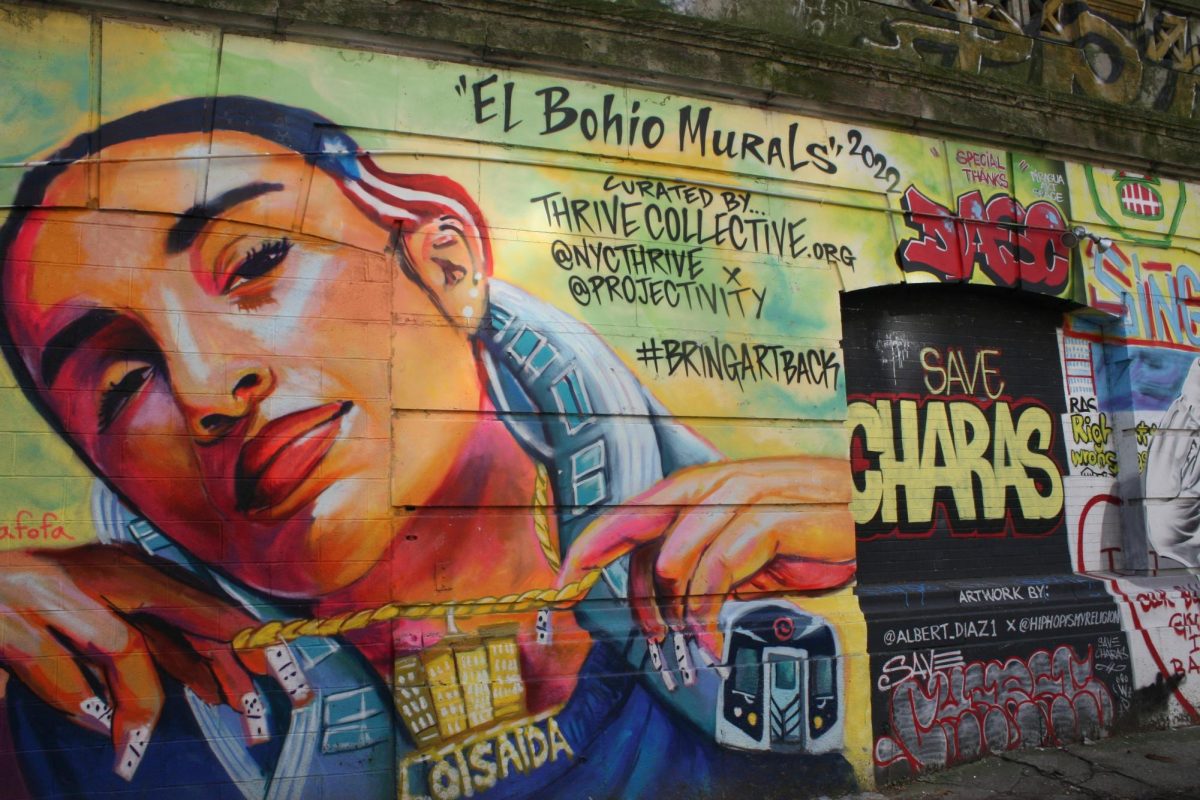
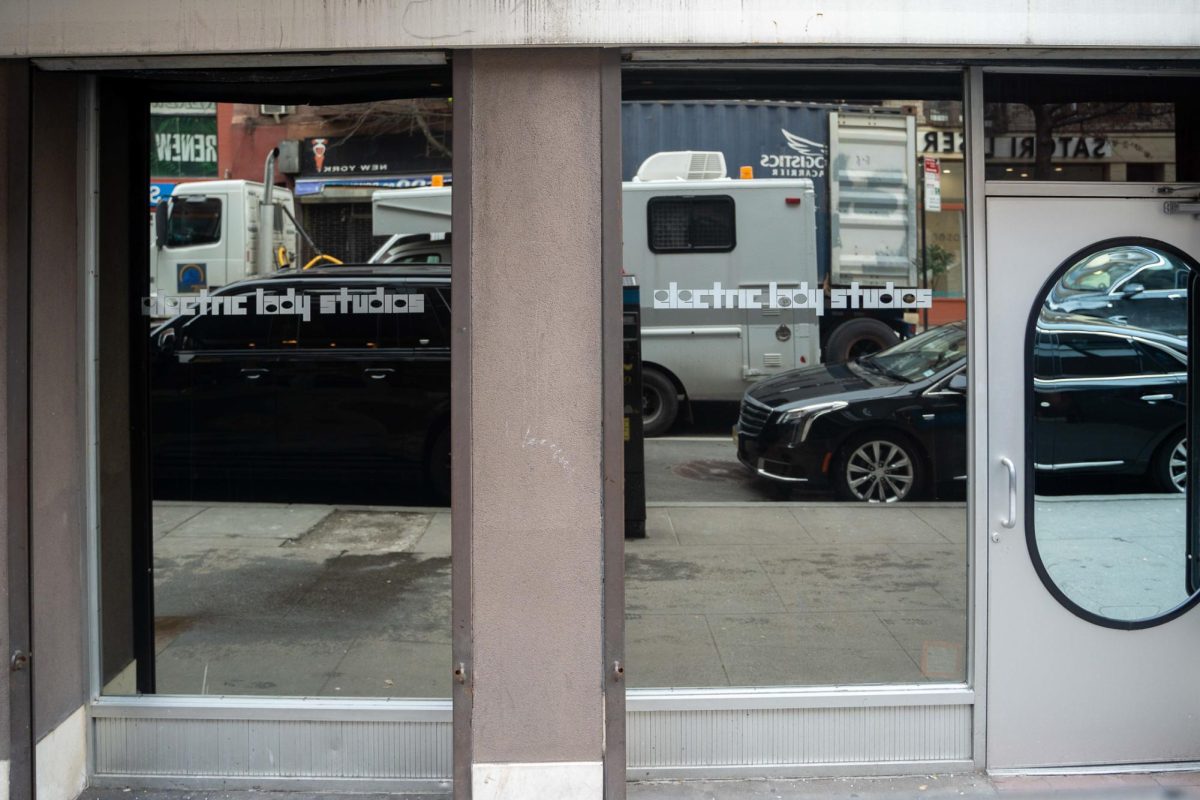





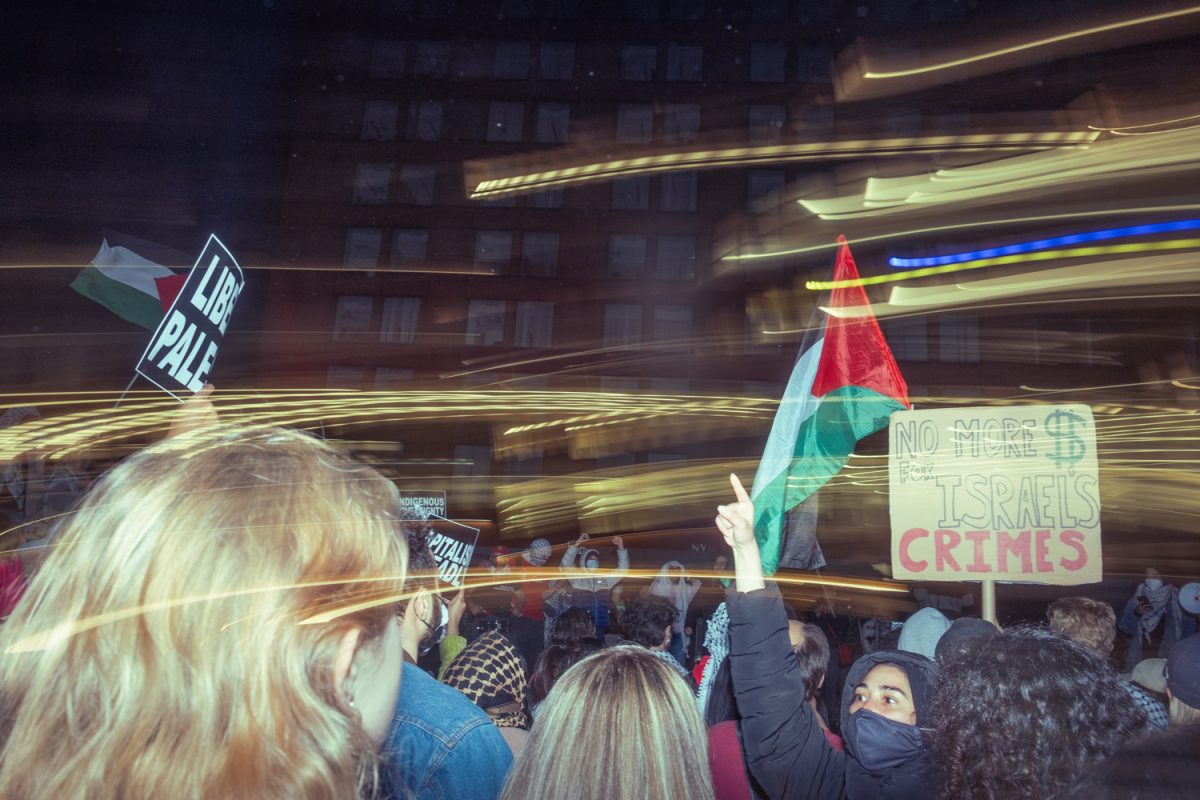
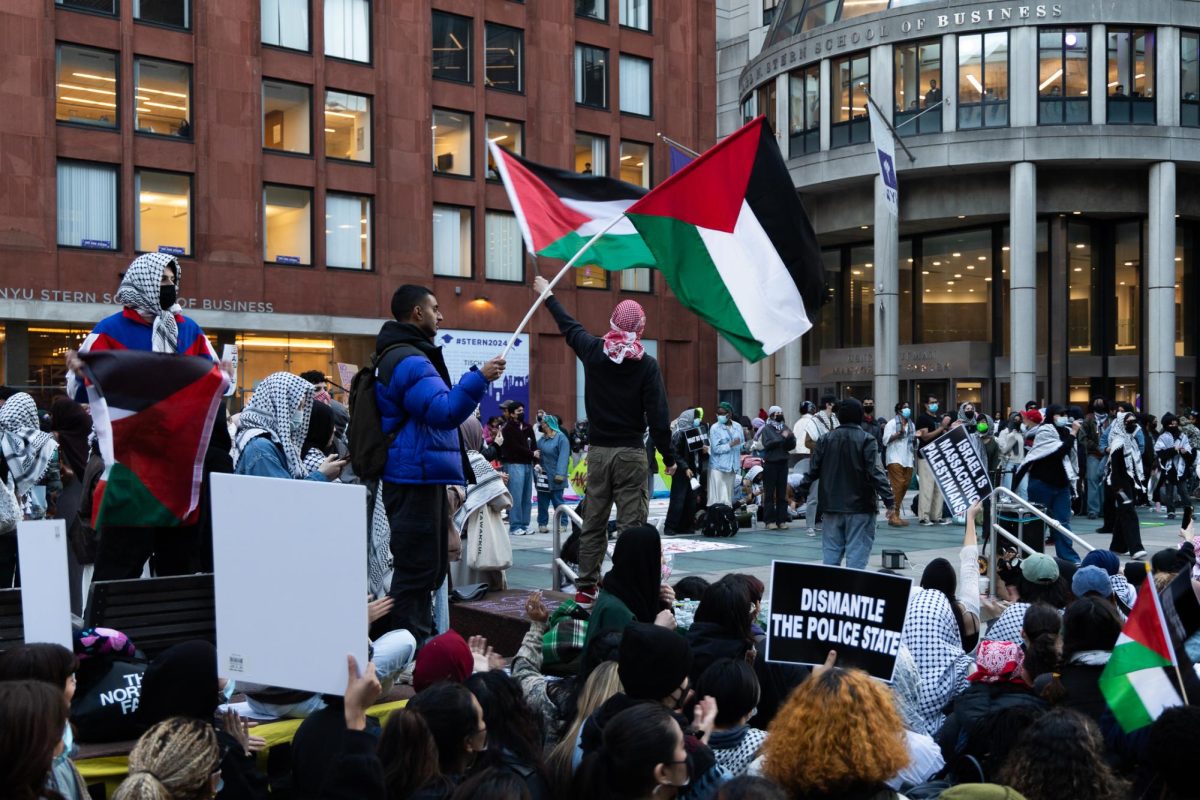

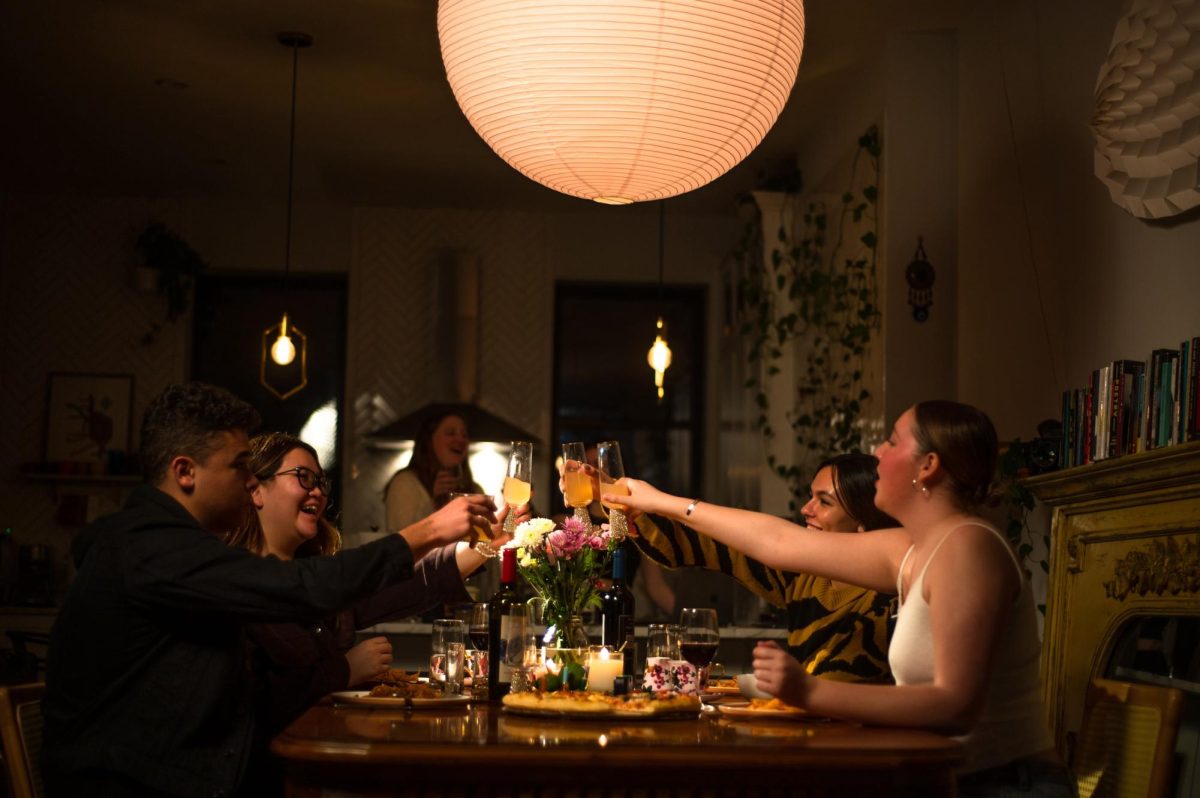
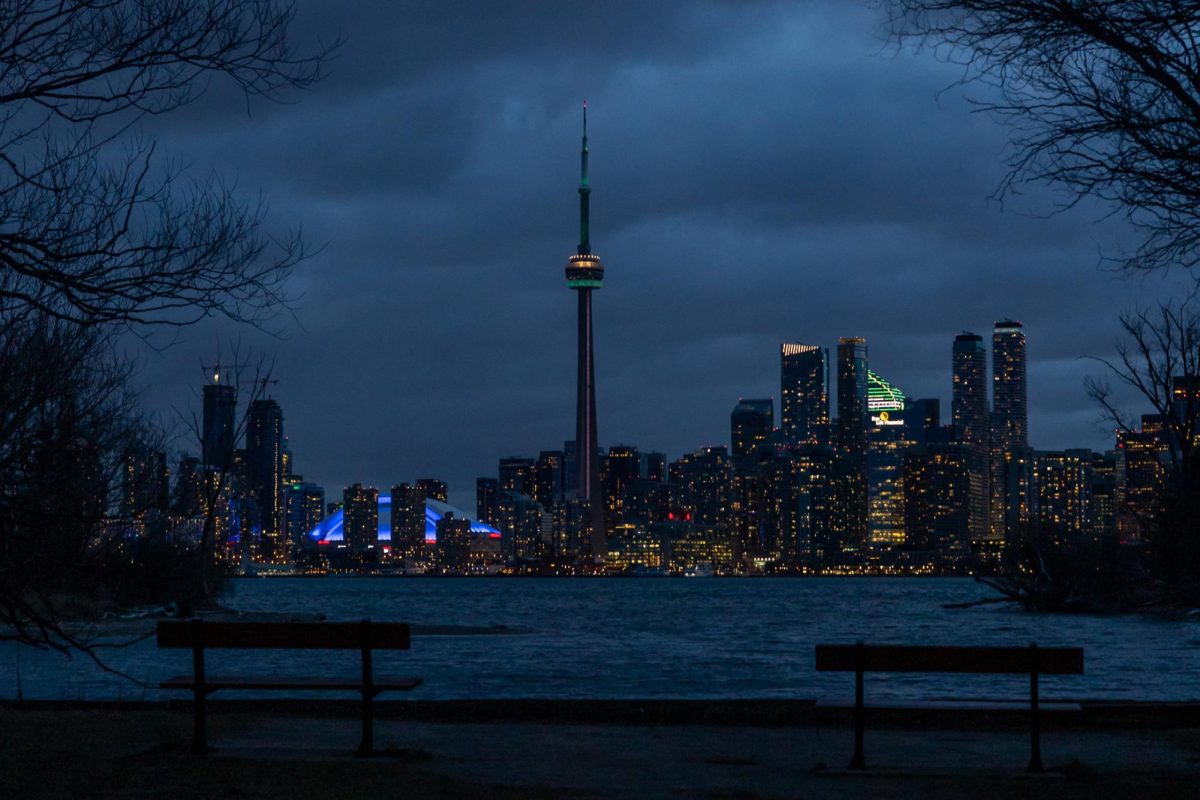

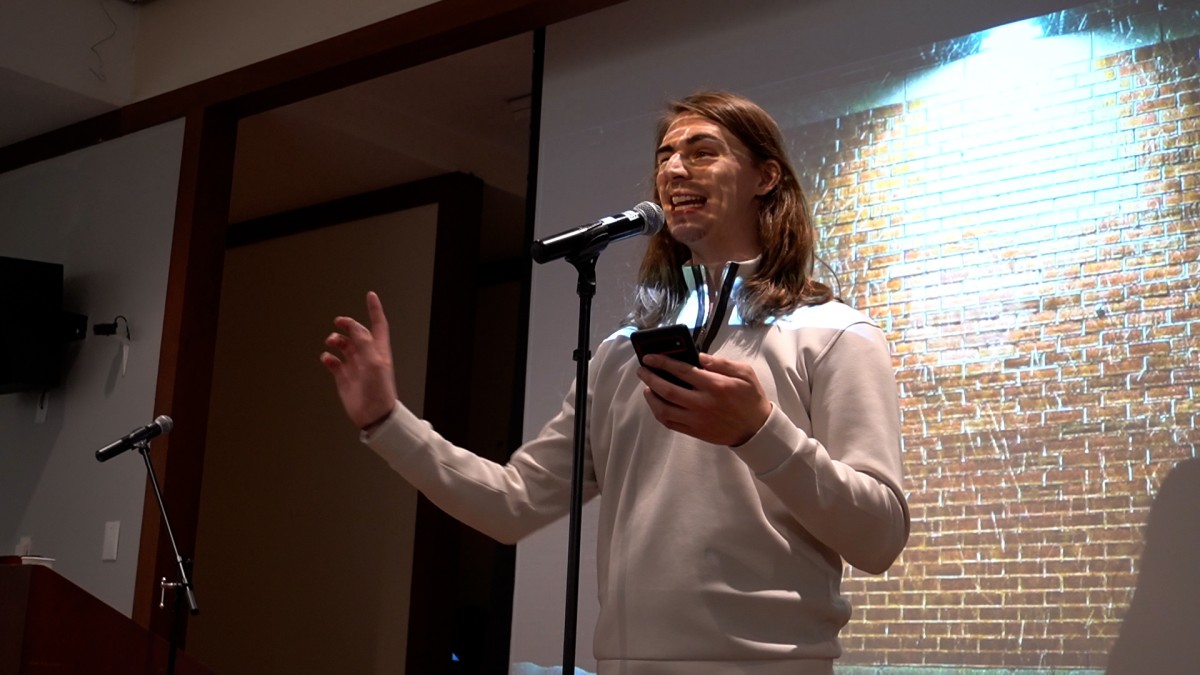
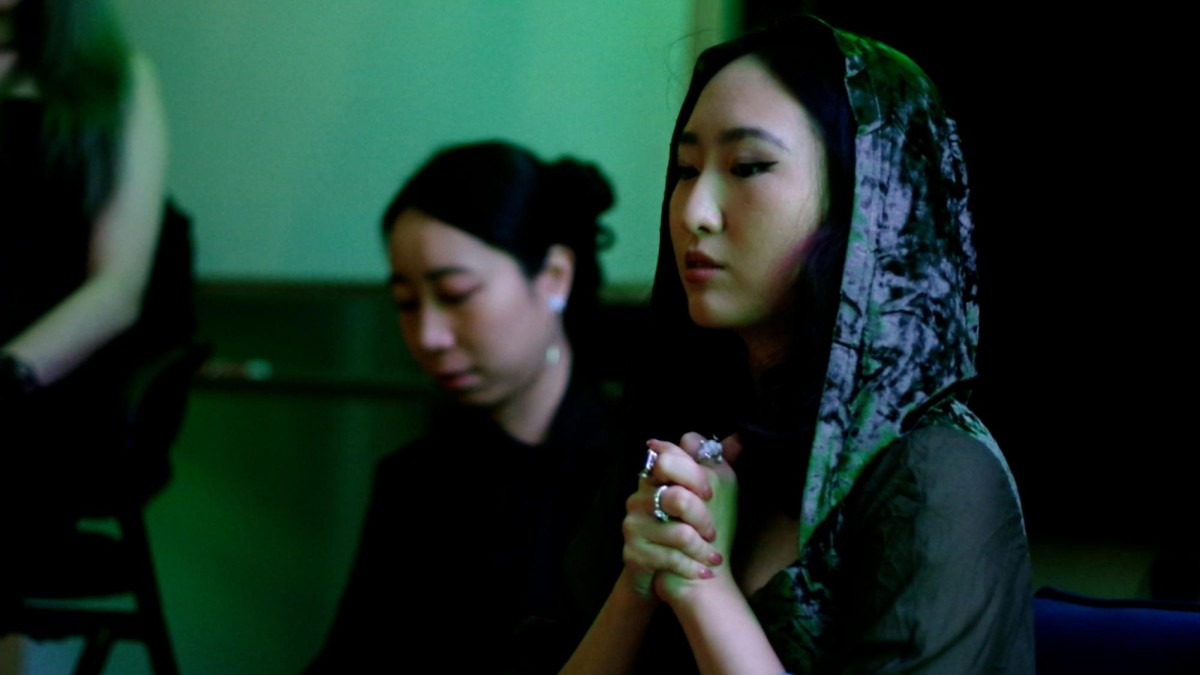
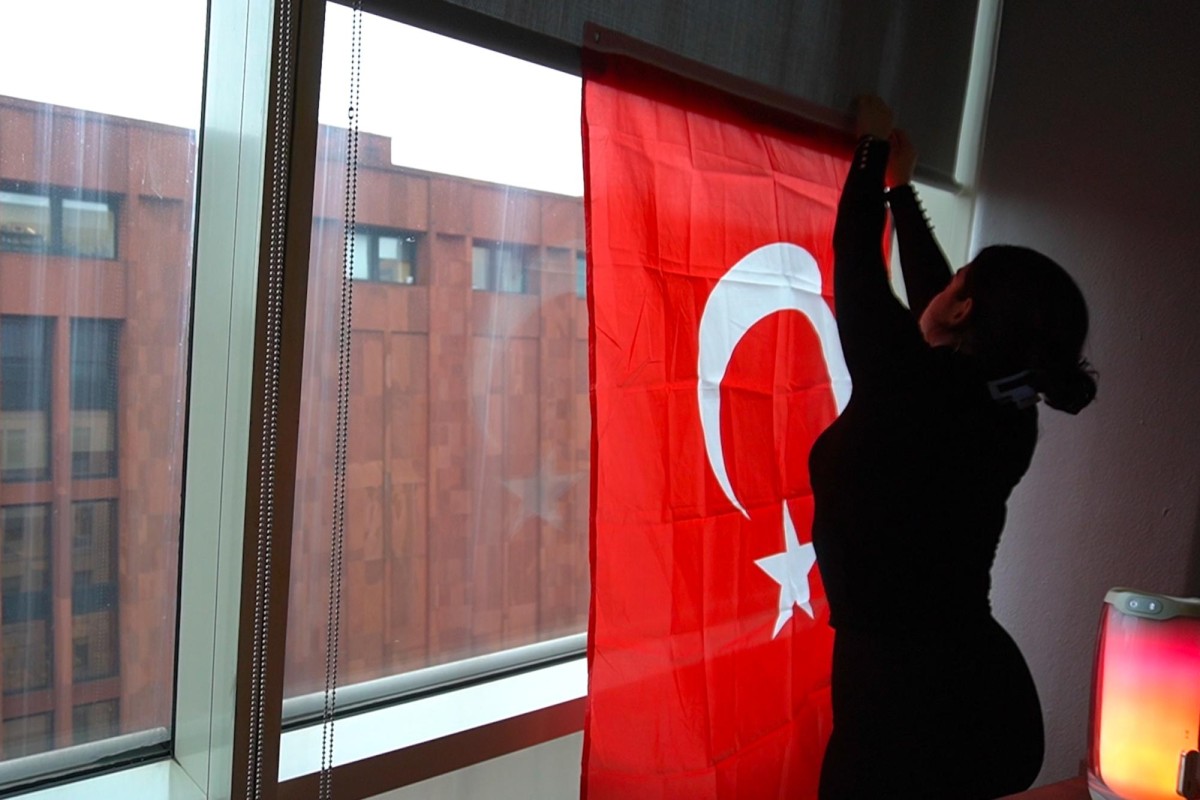

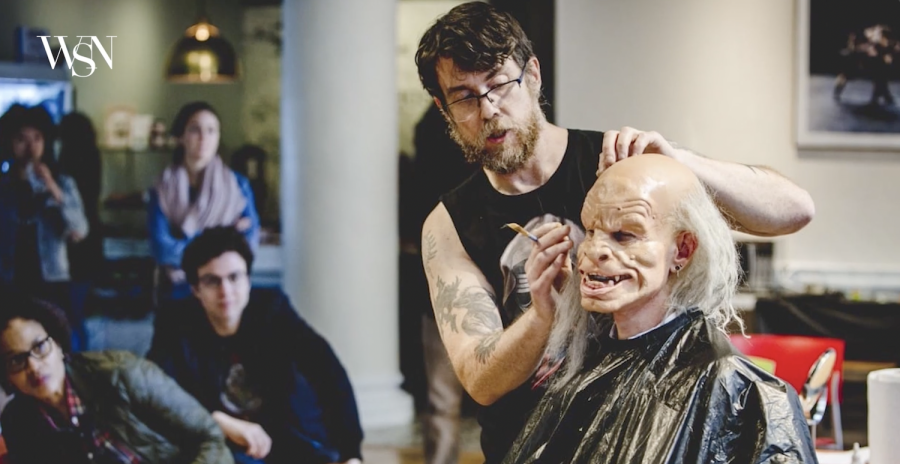

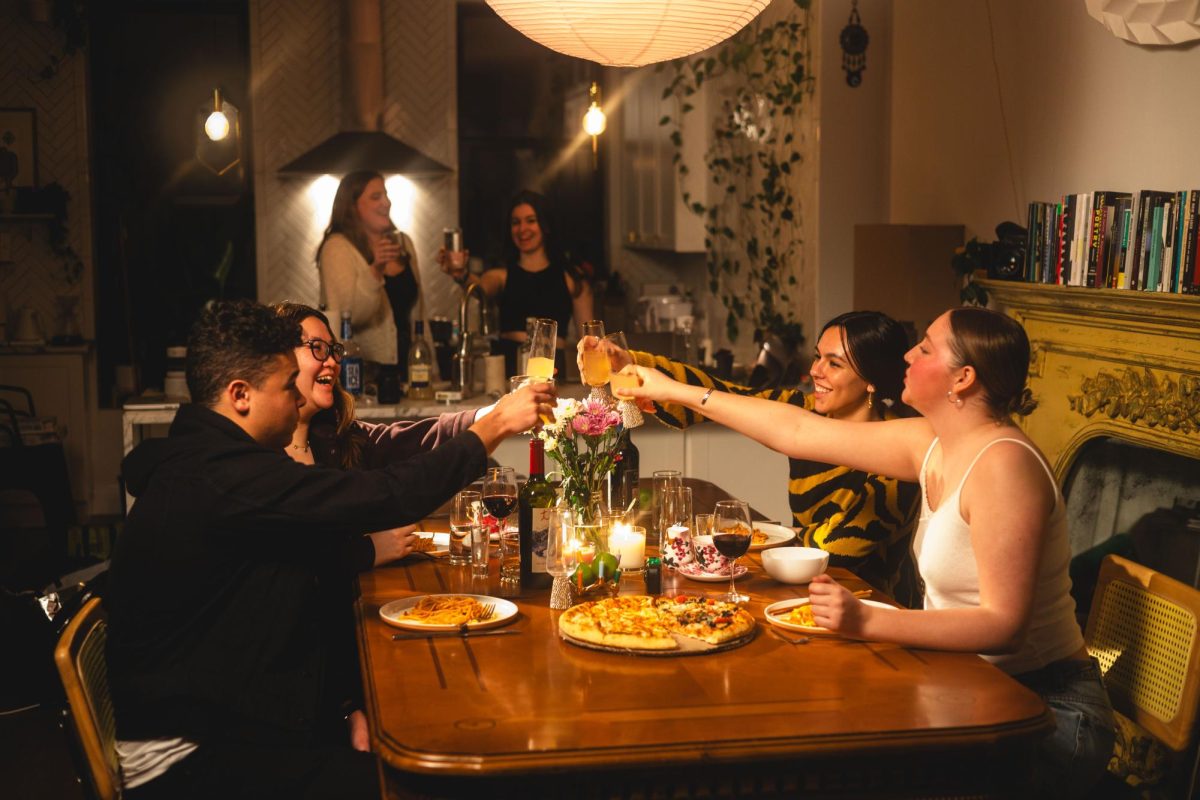
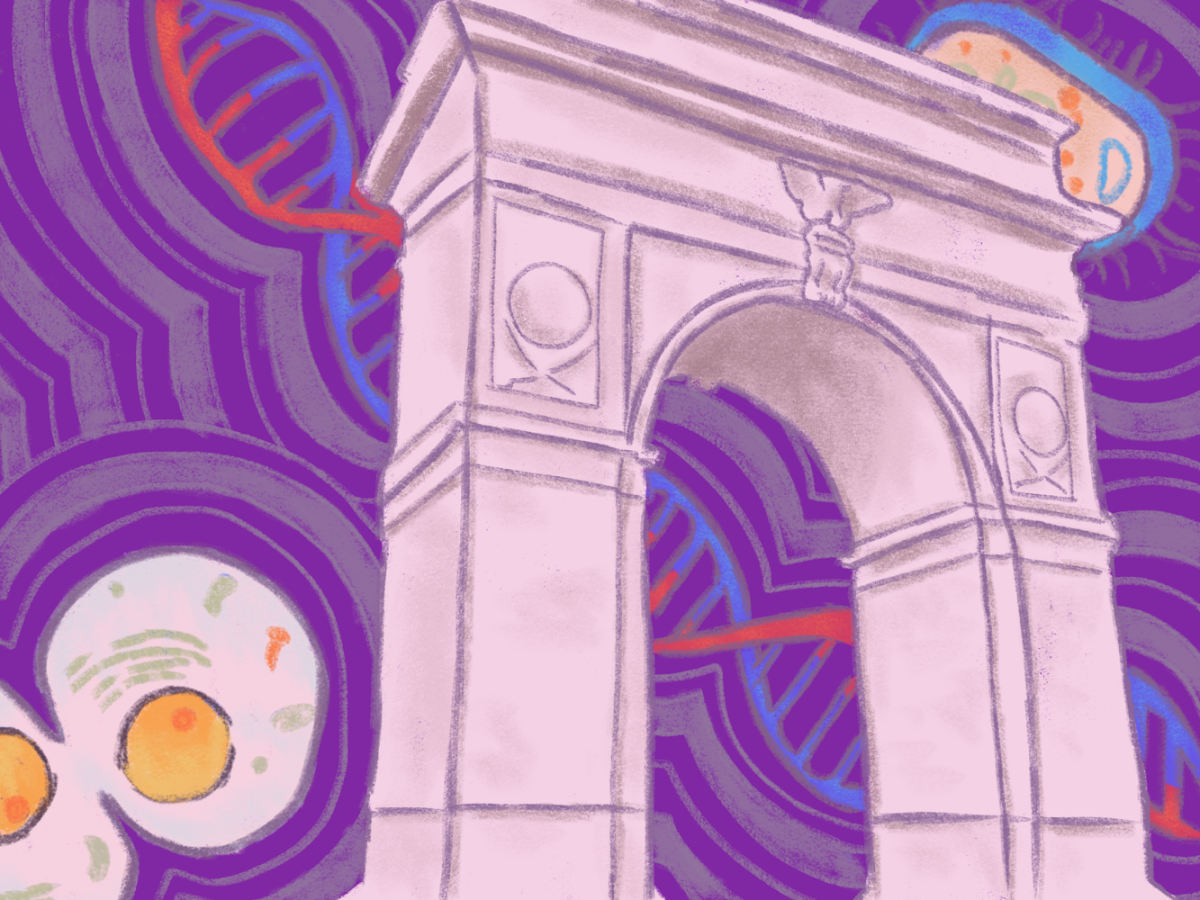
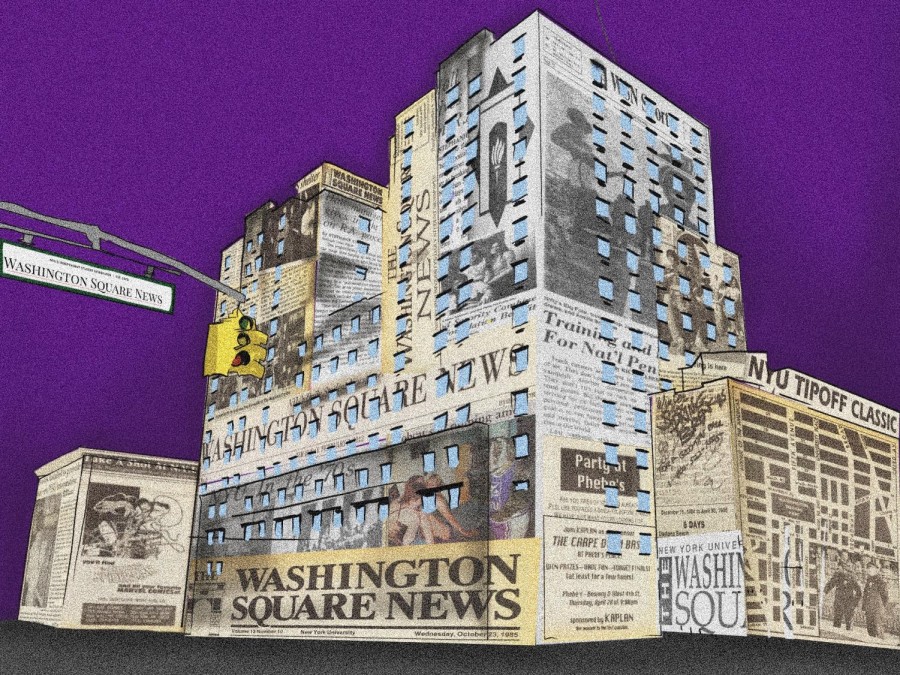
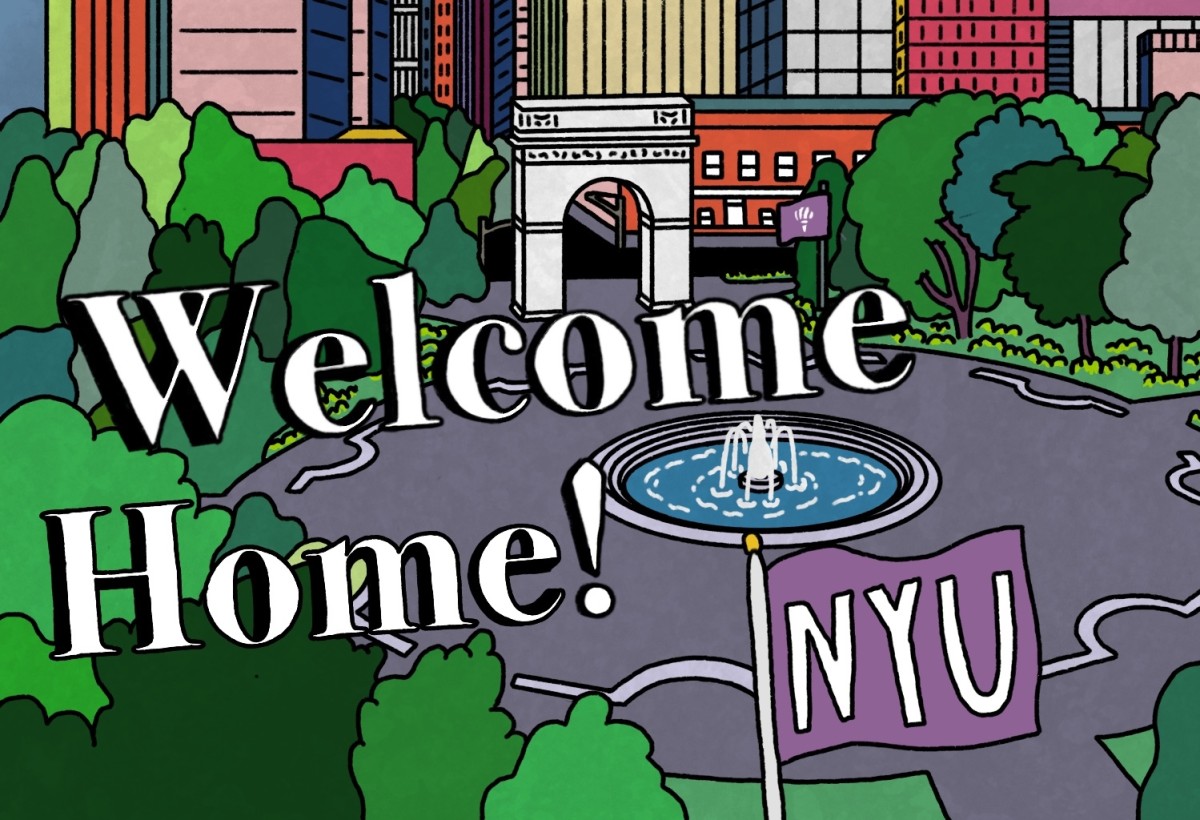




G • Sep 11, 2022 at 1:44 am
The pendulum always swings too far in the other direction…. .
Stevaron.S • Sep 29, 2021 at 7:51 pm
If only there was a themed engagement area on public transportation and themed engagement drinking fountains and bathrooms…”for the experience”….and of course any of us that find this discriminatory are just racist.
Strom Thurmond just used the wrong words
Carl C • Sep 24, 2021 at 11:47 pm
You can call it a “themed engagement community” or whatever you like, and say it’s not segregation but it’s segregation. Go ahead and look up segregation in the dictionary, it’s synonymous with *separate* Therefore separating by race is by its very definition racial segregation. This is fucking outrageous
LyonsDen • Sep 10, 2021 at 2:31 pm
I am Black and I can’t see this as being good for young Americans want to and have the opportunity on a public campus to be segregated. Are we just reversing the past? Are we teaching them to not be part of a whole and learn and live with all races?
D James • Aug 15, 2021 at 9:07 am
Ok, so did any of you actually read this ?
It says: “NYU has not agreed to provide housing only designed for students of one race, contrary to the claims made in several articles. Instead, NYU has moved to implement a themed engagement community celebrating Black culture in residence halls. Themed engagement communities are a longstanding tradition in NYU dorms where students can apply to live on a floor centered around a common interest or theme. Existing engagement communities include one for First Generation students, one for international students and another for students passionate about French culture. Establishing spaces for various student populations to connect around commonalities is not a new practice at NYU — the only difference now is that NYU is committing to providing Black students with that space.”
I can’t figure out why anyone would be bothered by this. And, yes, if Asian students wish to have a themed community, then they should petition for such a space.
Why do we get all disturbed by things like this? Does everything have to be political?
Jerrod Bopp • Aug 7, 2021 at 6:11 pm
Just because you’ve found a way to justify, doesnt mean it’s not segregation.
We all attempt to justify our ideals, but alas, we are human…..and none is always right.
milanda • Jun 30, 2021 at 12:28 am
Why did the posts only mention the black and white people? NYU is not a school only consists of black and white students. Asian students are also a great part in NYU community and we are suffering from serious racism, too. If themed space for a specific community is approved, then please treats all races equally and provide space for all kinds of races who are suffered from racism.
Rob.w • Apr 15, 2021 at 12:44 pm
I find the arguments in this article rather interesting. There was a leader in Germany during the 1930s who said the Jews had privilege and had set up the system in their favour to oppress everyone else. That’s why everyone else was doing poorly because they rigged institutions to systematically work in their favour. God I can’t for the life of me remember the guys name though.
Now I fully understand why a highly respected academic peer reviewed journal like Affilia: Journal of Women and Social Work who are considered at the top of their field published a paper “Our Struggle is My Struggle: Solidarity Feminism as an Intersectional Reply to Neoliberal and Choice,” and the last two-thirds of that paper which is a rewriting of Chapter 12 of Volume 1 of ‘Mein Kampf,’ by Adolf Hitler, where they substituted the word “Jew” for “cis gendered straight male” and “NAZI party” was switched to “intersectional feminism ”
It now makes perfect sense why the Academic professors who reviewed that paper supported the ideas it contained and according to a comment from the co-editor of the journal, the reviewers were “supportive of the work and noted its potential to generate important dialogue for social workers and feminist scholars.”
This makes absolutely perfect sense. These people have the exact same ideology they’re just too stupid to realize it
SL • Mar 16, 2021 at 9:49 am
Calling sefgrattion – regardless of the claimed justification for it – anything other than segregation is dishonest.
Bill Bright • Nov 27, 2020 at 4:50 pm
This is pathetic, and shows how desperate the woke race-baiters have become after the end of widespread racism in the US. If there was any significant racism continuing today, would they need to harp on about the amorphous and undefinable, yet purportedly ever-present specter of “systemic racism”? The bottom line: people are free to segregate themselves by any criteria, including race, but that a university should never do so.
G • Mar 9, 2021 at 9:28 pm
Themed housing equals segregation? Black Lives Matter sounds racist because it is themed housing is not. Using black is racist. That’s their problem. That’s the whole movements problem Human life matters. Humanity matters not just a few or some a minority or majority. Do they realize using the title Black Lives Matter has taken many lives because it is inciting and violent to people because it is almost baiting or agitating to be that discriminative has offended people. You do the research about BLM protests being violent I have experienced aggression and violence from BLM protesters and I was minding my buisness and they were not minding theirs as they stormed through Albany NY. As a biracial woman I have experienced extreme bullying by both black white ppl to name a few lol so we are all guilty of being in humane and racist do you think your life matters that is personal spiritual and all that so maybe we as a whole need to look within and believe our lives matter because you having to be Tiffany Littleton today is violence and murder America. I know Tiffany’s life matters so does she the question is how about your life your beliefs about your life are you important do you matter?
Ed Devotion • Sep 19, 2020 at 4:47 pm
Not aware that Plessy v. Ferguson was found to be unconstitutional? Brown v. Board of Education said, explicitly that separate but equal educational facilities for racial minorities is inherently unequal, violating the Equal Protection Clause of the Fourteenth Amendment. Who cares about rule of law?
Lee • Sep 19, 2020 at 10:46 am
By definition this is segregation. Words have meaning. I never thought in my lifetime I would see this wretched nonsense raise its ugly head, but here we are.
Robw • Apr 15, 2021 at 12:19 pm
It is mind-blowing. These people have gone so far to the left there now proposing the same policies under different justification that The far-right Advocates.
In the 1980s it was Christian conservative groups like the Moral Majority that wanted everything banned censored and people fired for saying things they found offensive.
Now the woke Progressive left wants everything banned censored and people fired for saying things they find offensive.
Christians get their ideology and sense of morals from a series of books written by ancient Hebrew philosophers.
The woke Progressive left gets their ideology and sense of morals from a series of book written by disenfranchised French philosophers from last century.
Personally, I think they’re both Nucking Futs.
Victim complex • Sep 18, 2020 at 1:30 pm
Noone believes this obvs
purple elephant • Sep 13, 2020 at 10:28 pm
Once again, Democrats want to keep the blacks dependent on them to ensure votes. Essentially, acting as a plantation – the Democrat plantation. Pathetic.